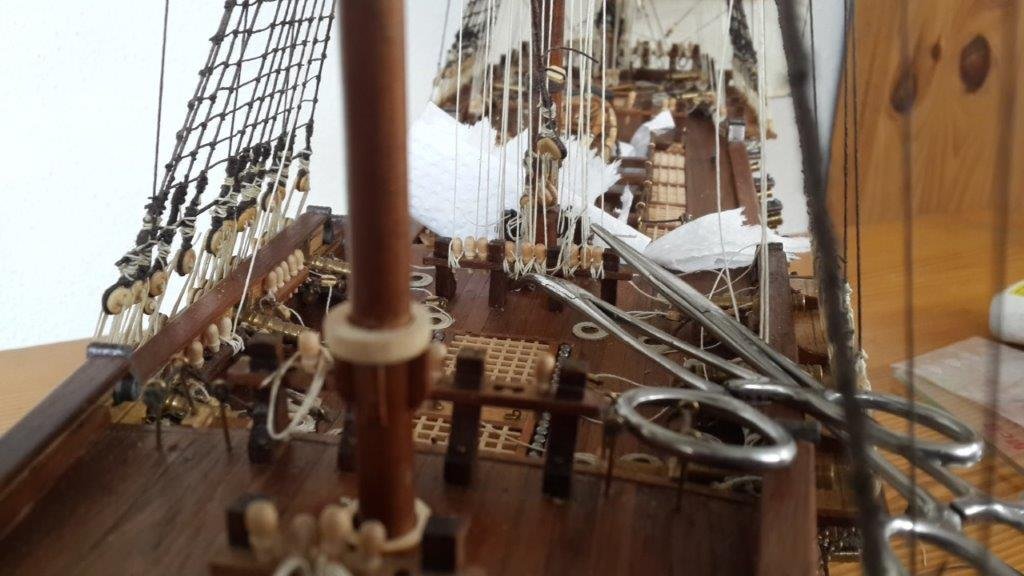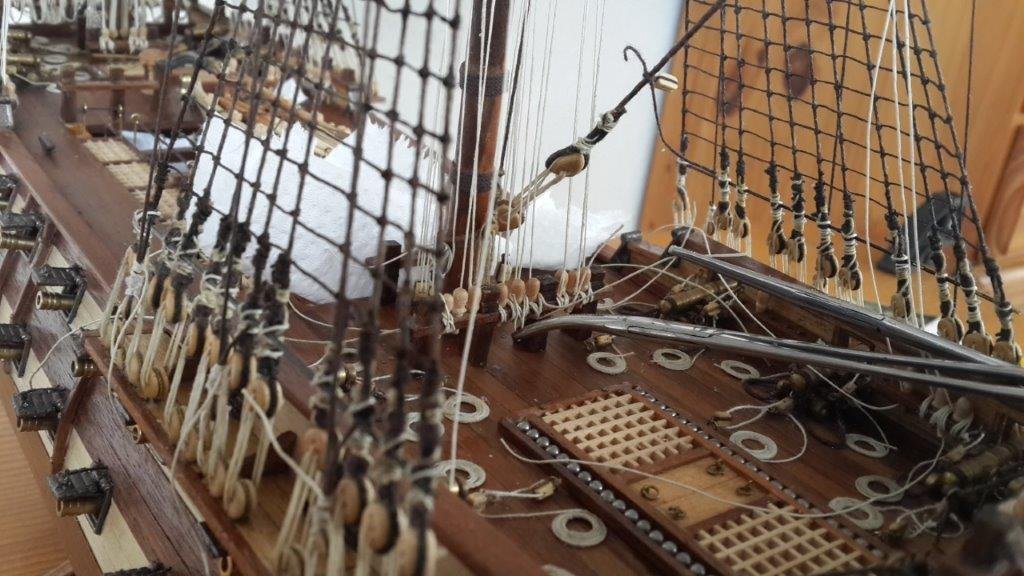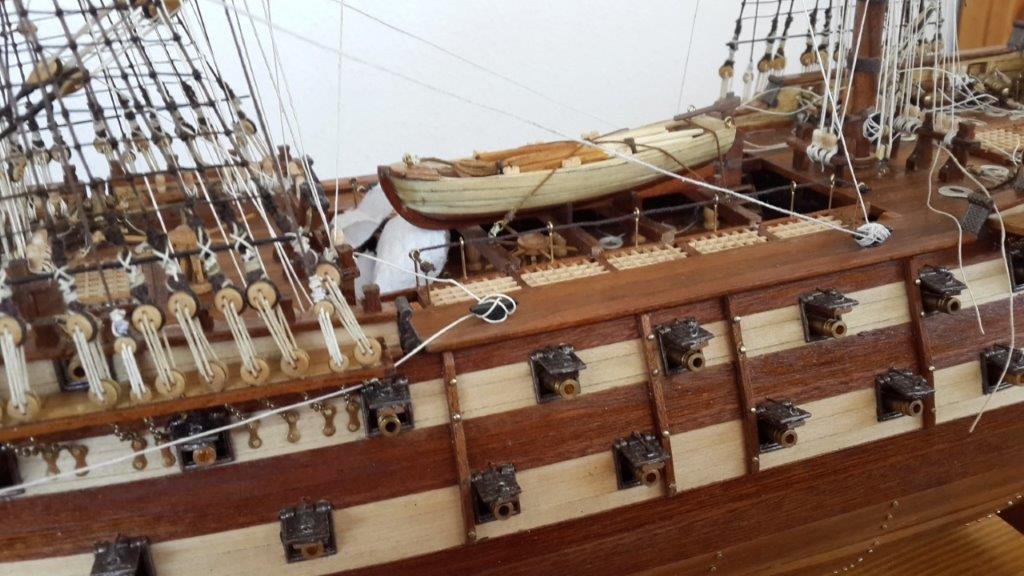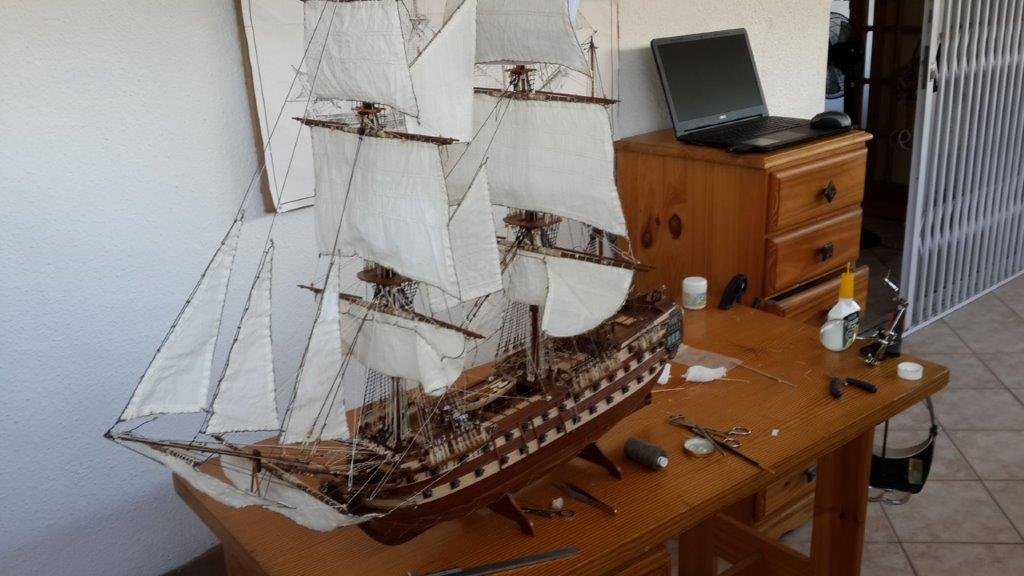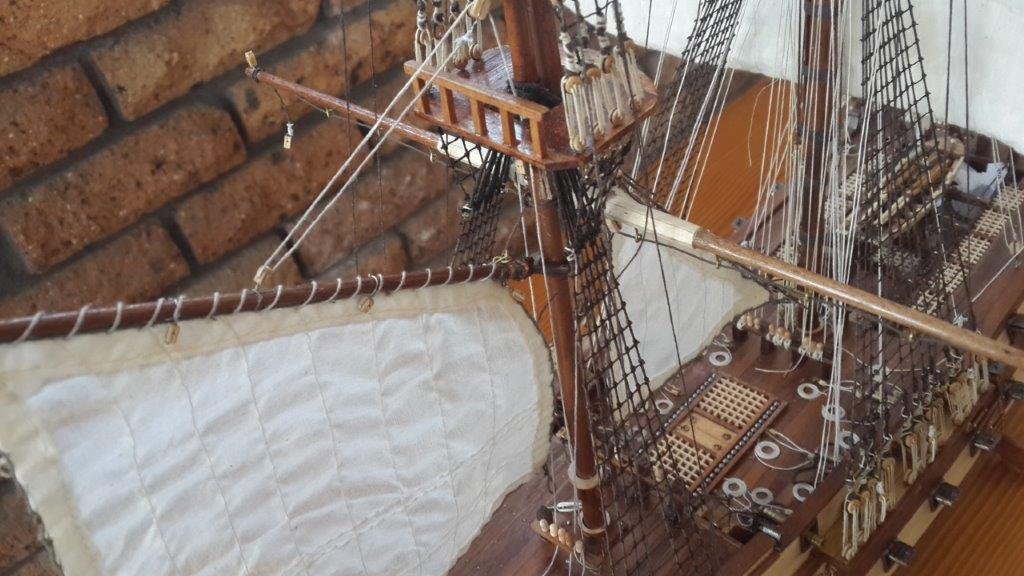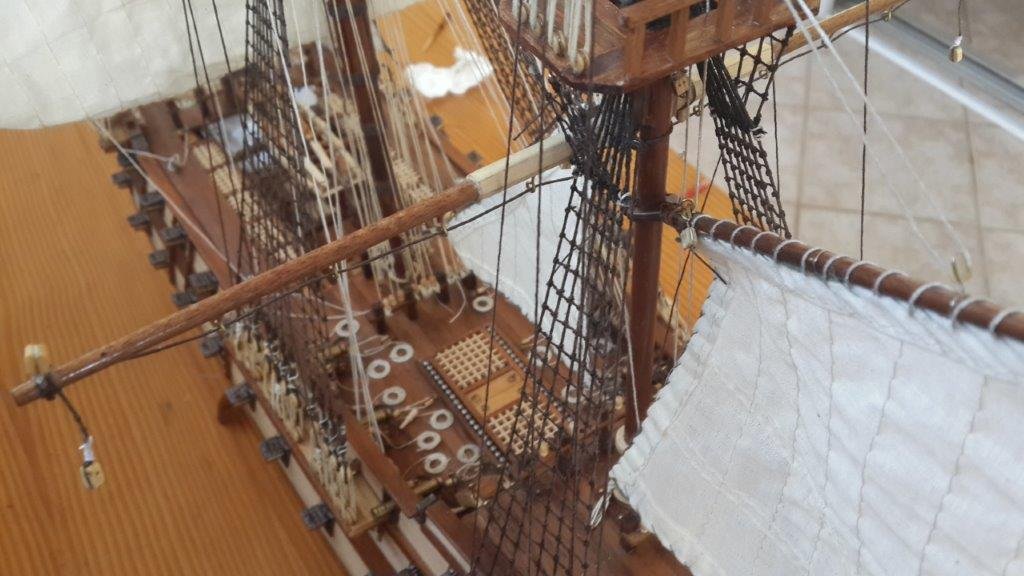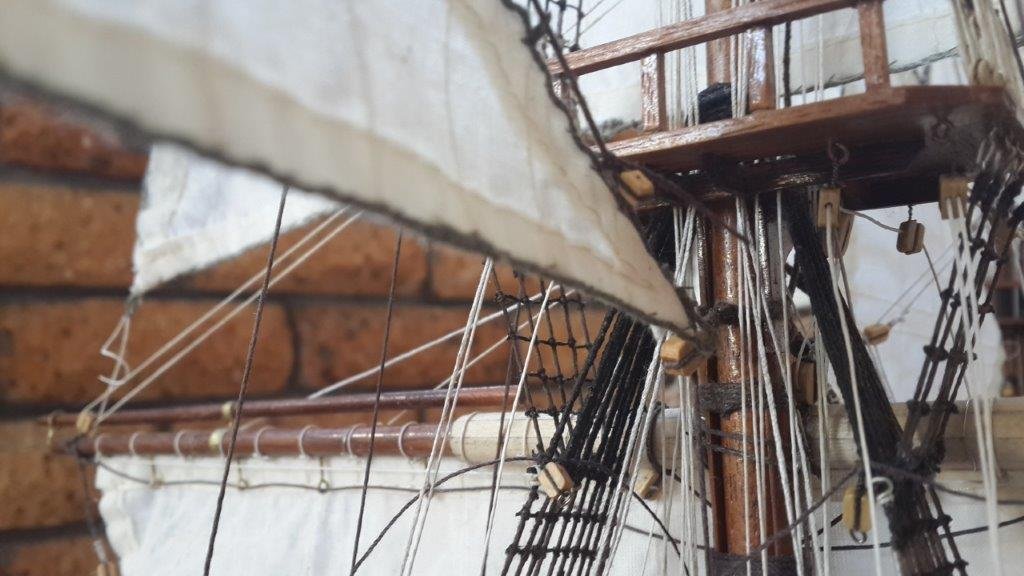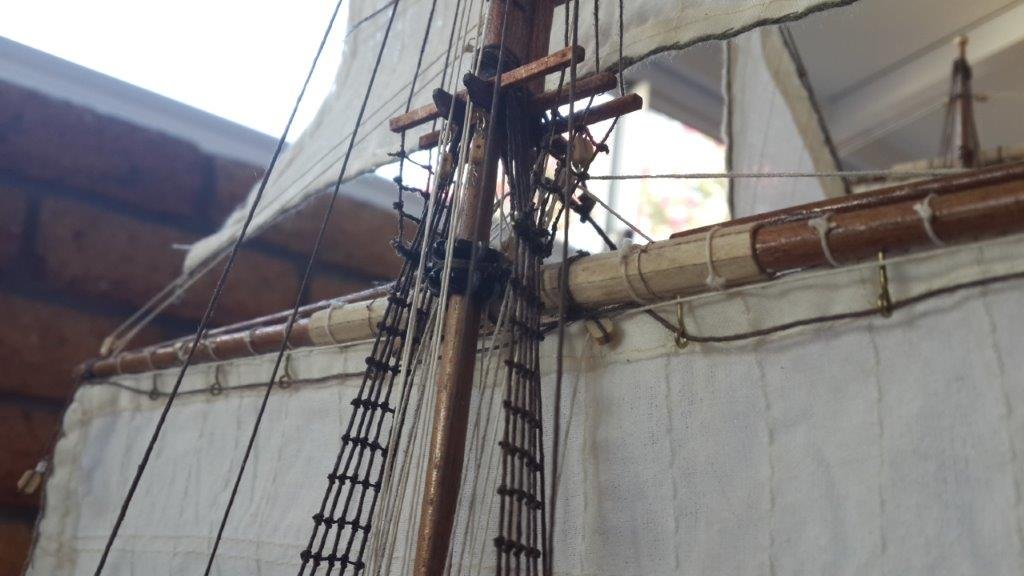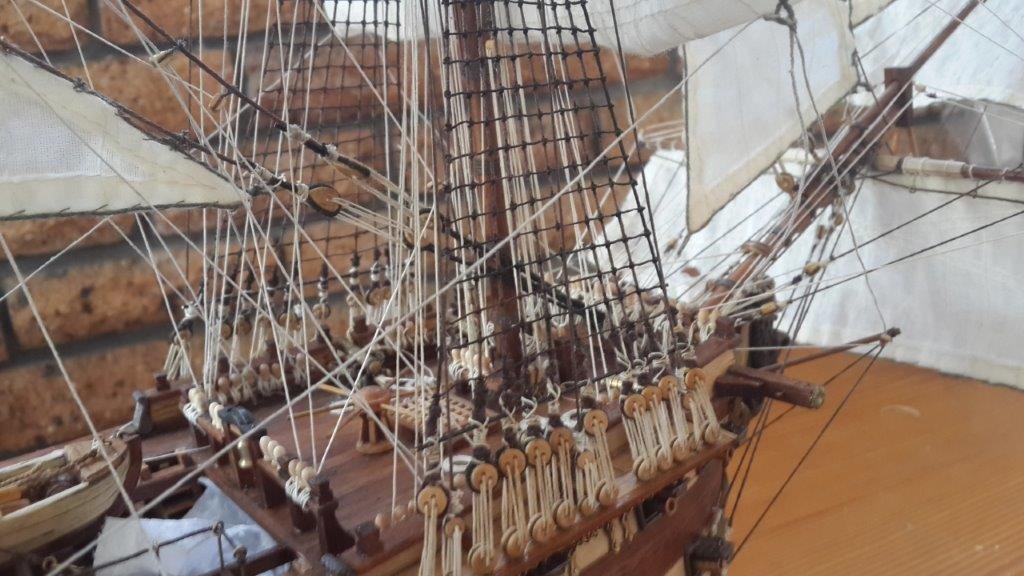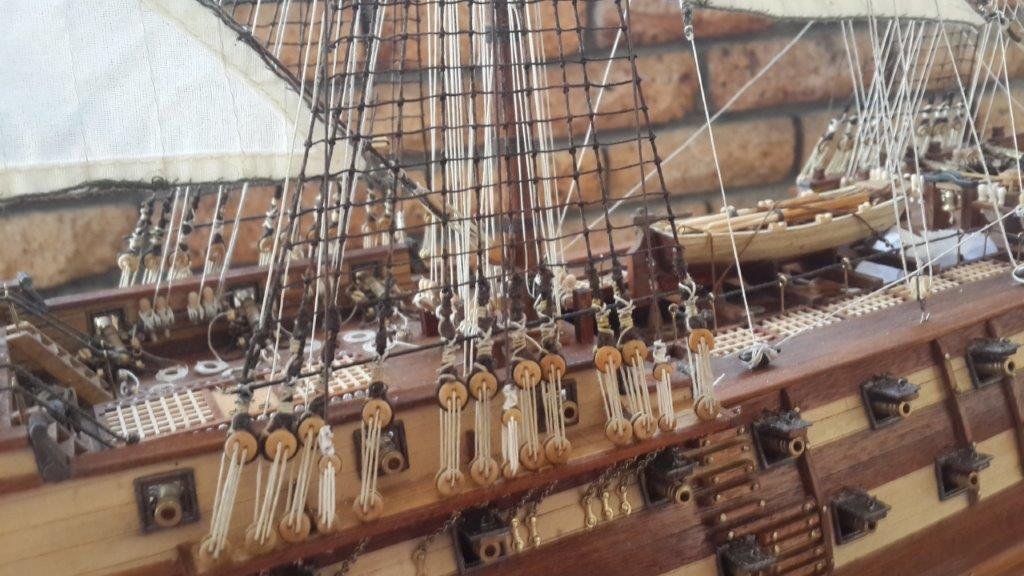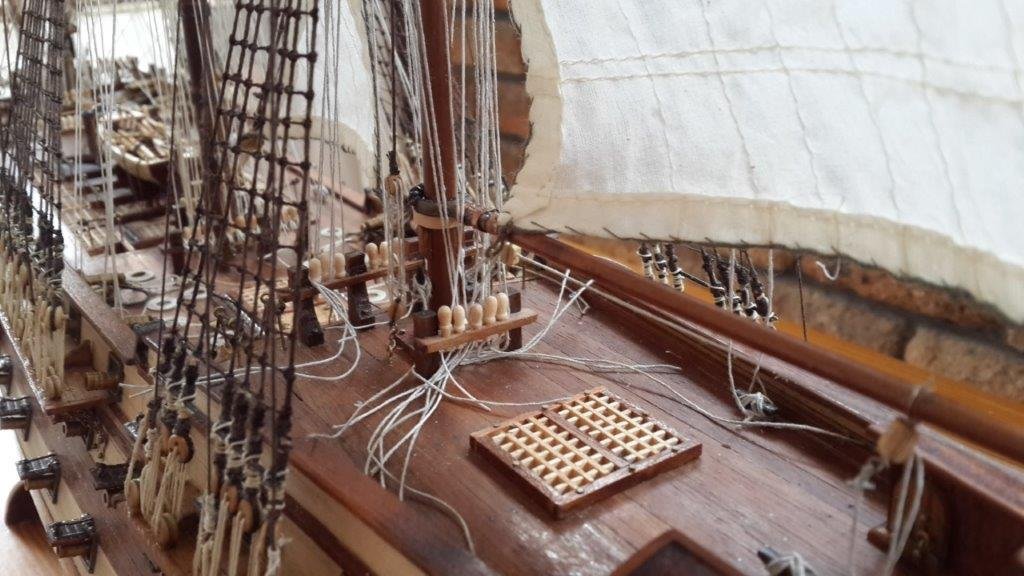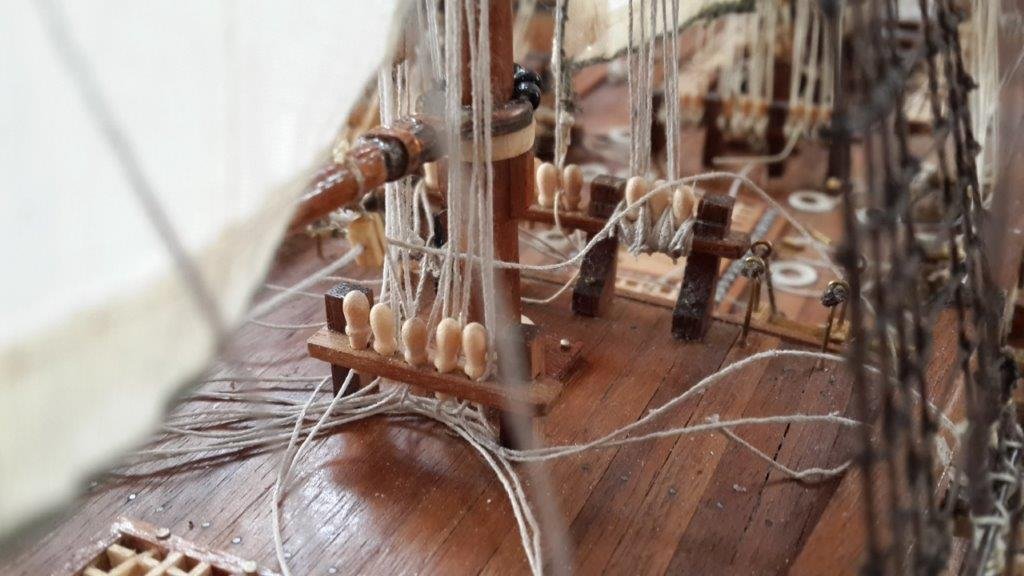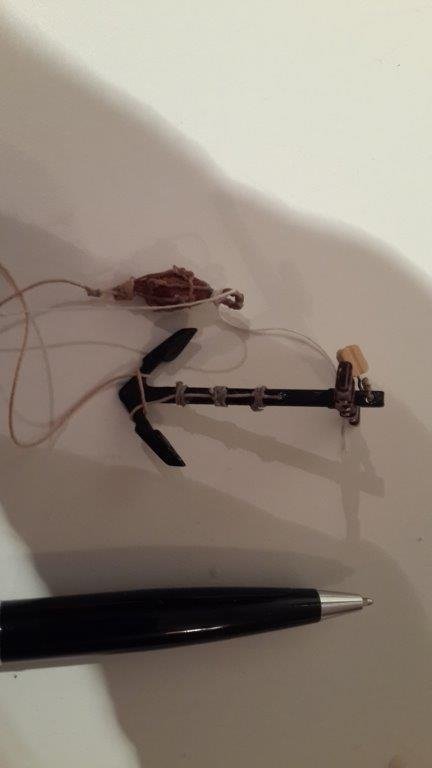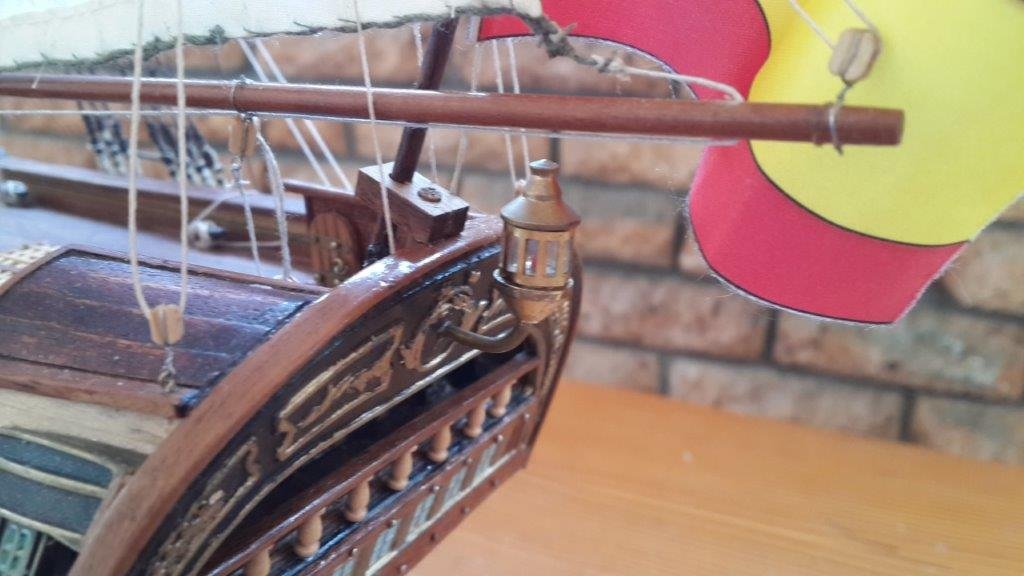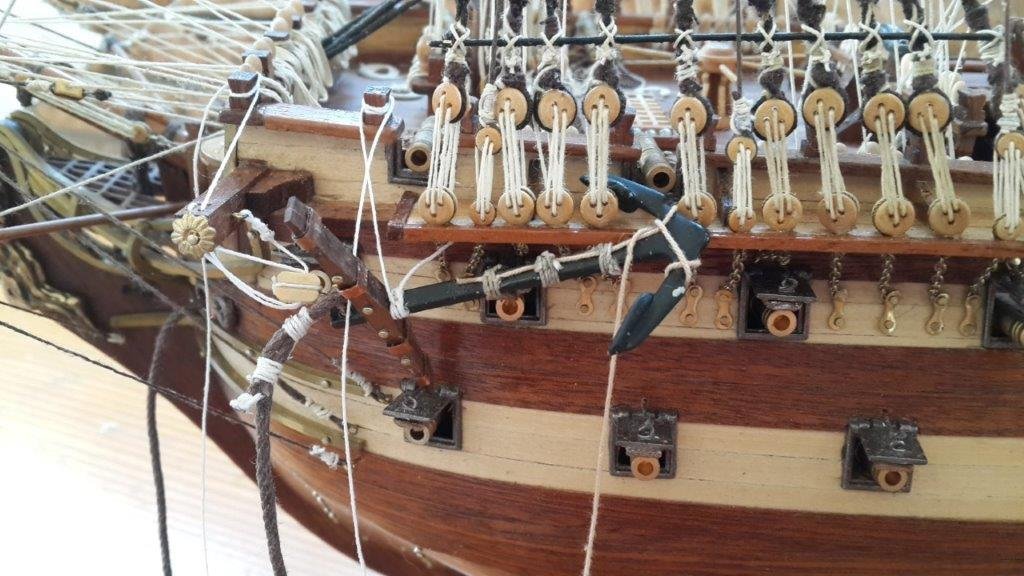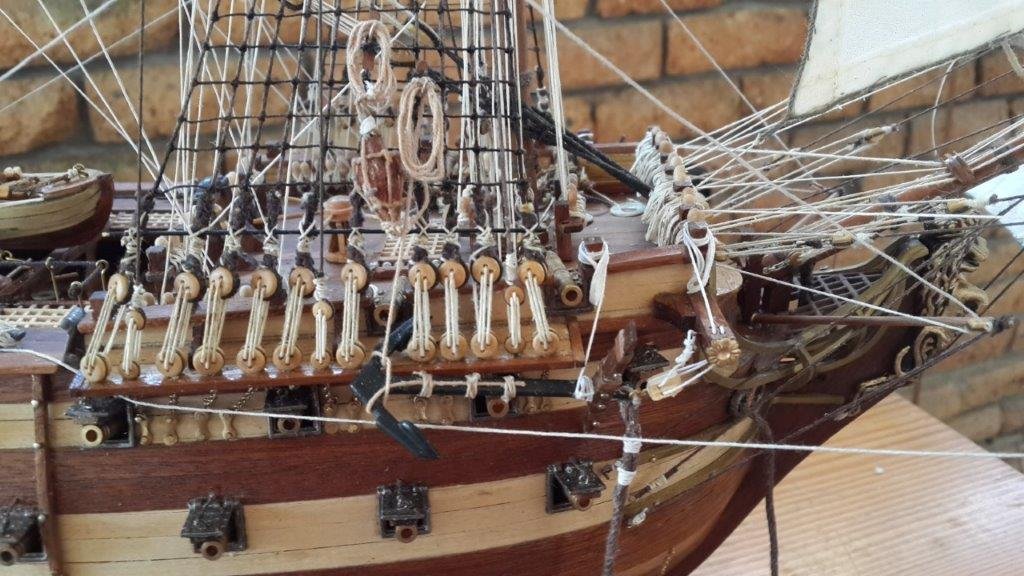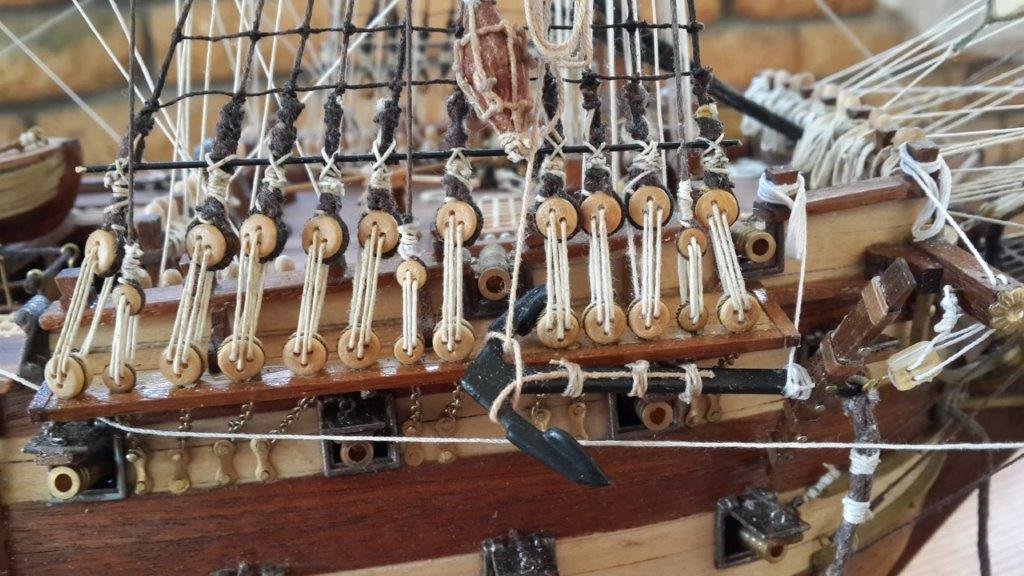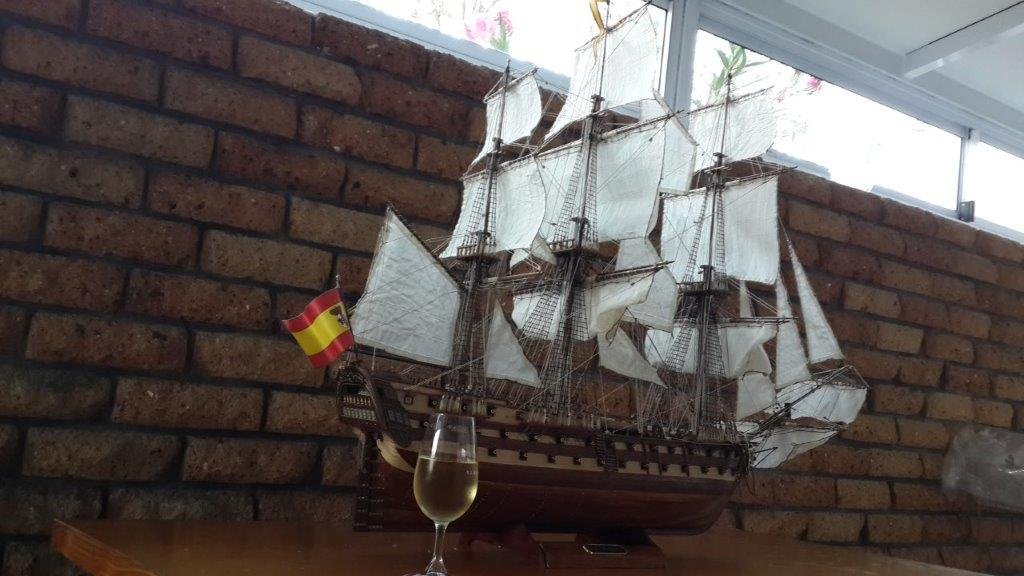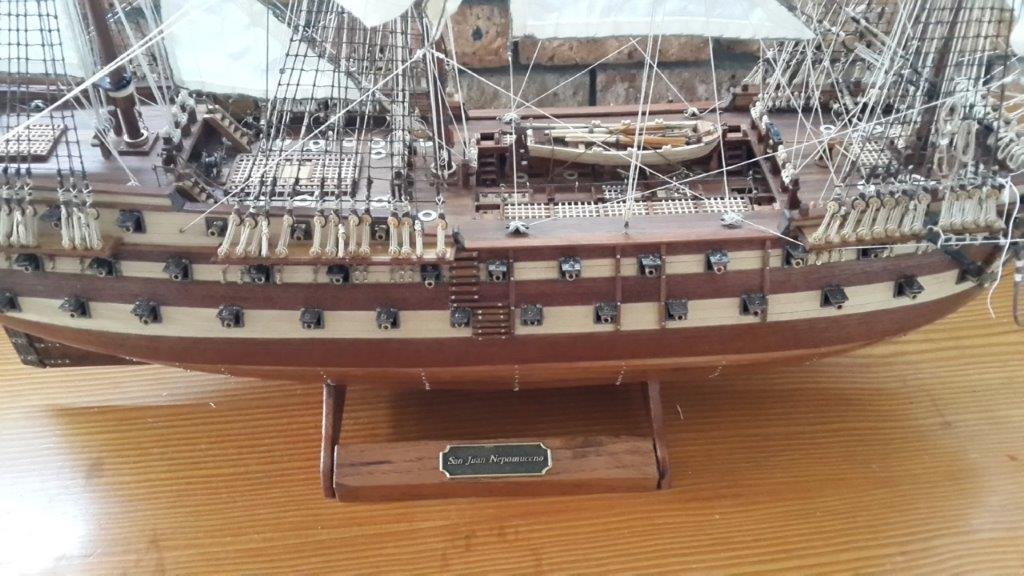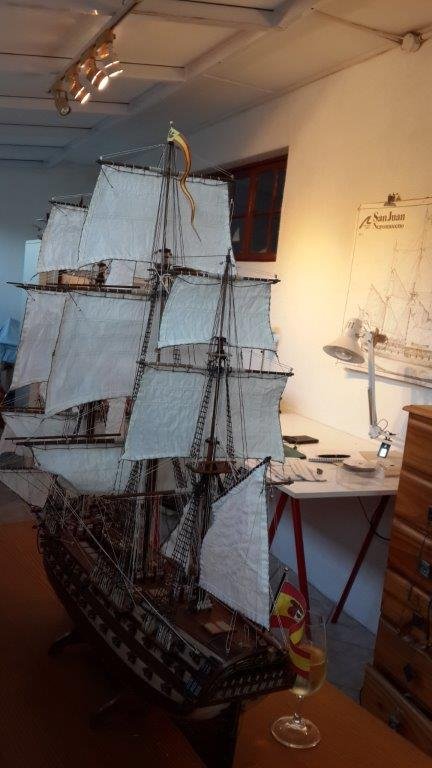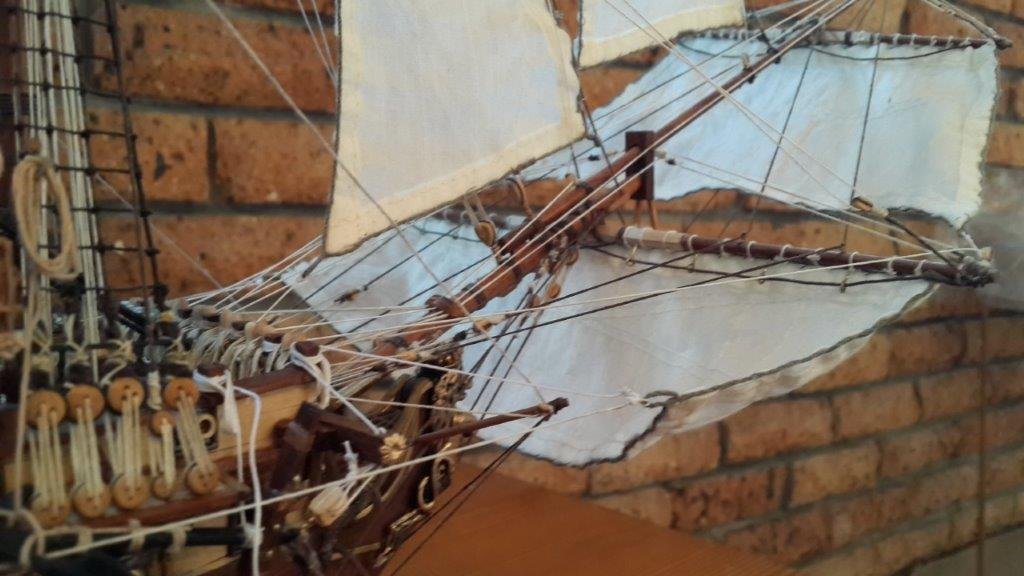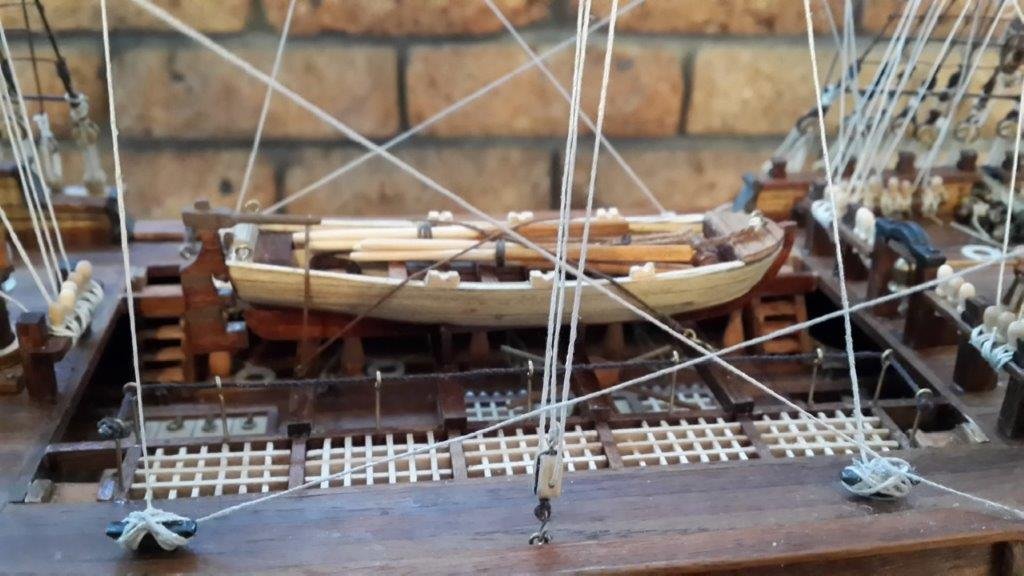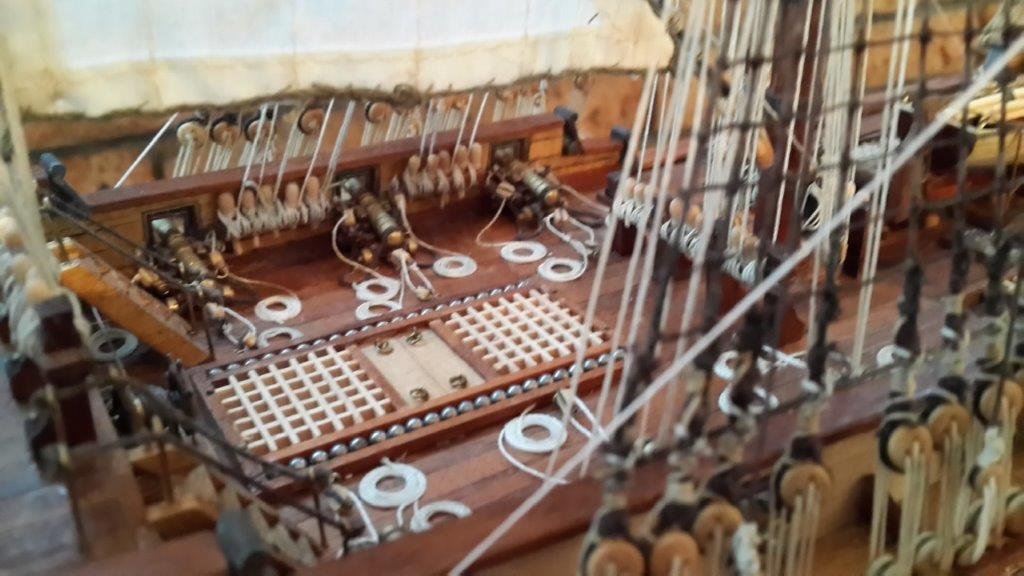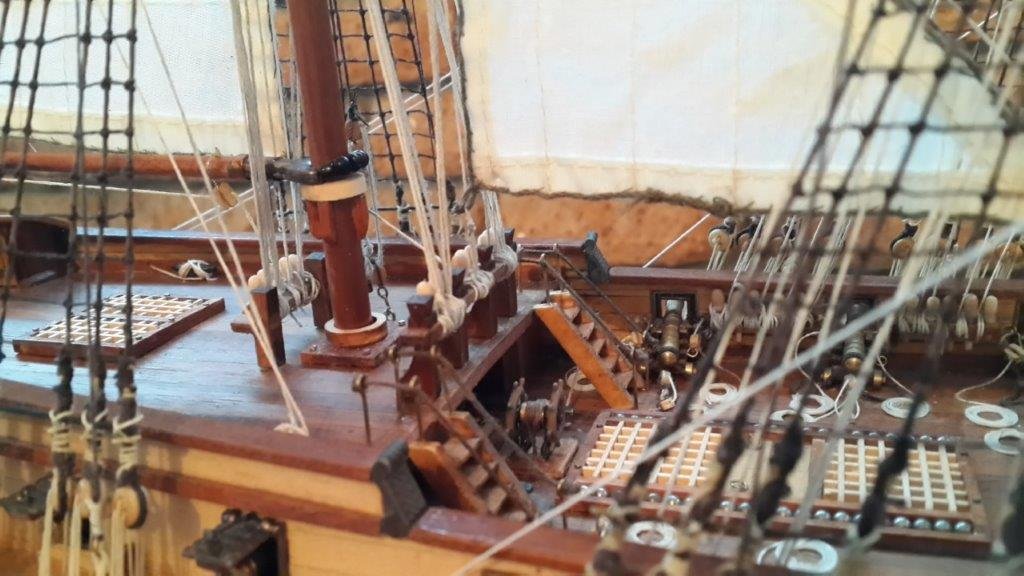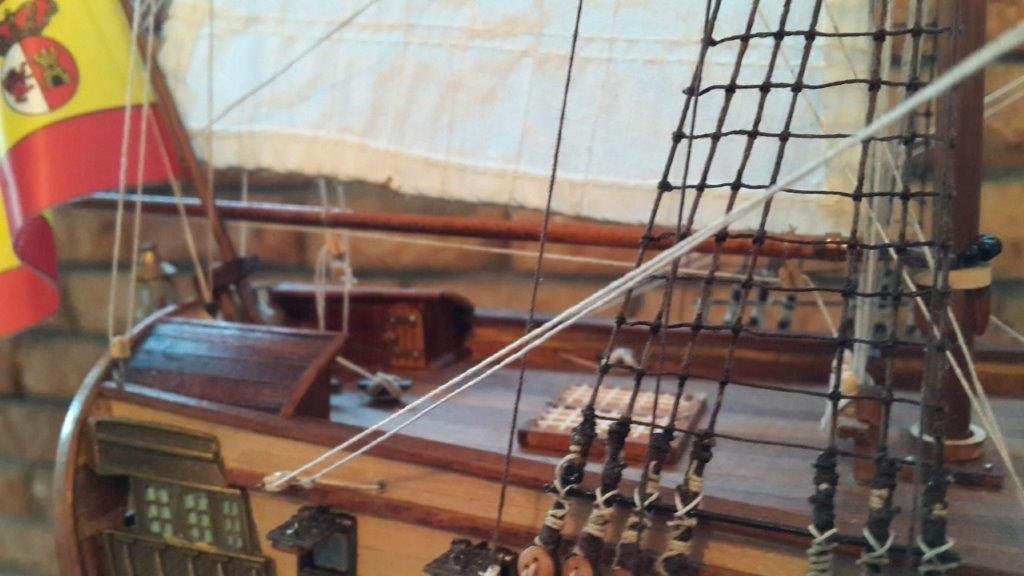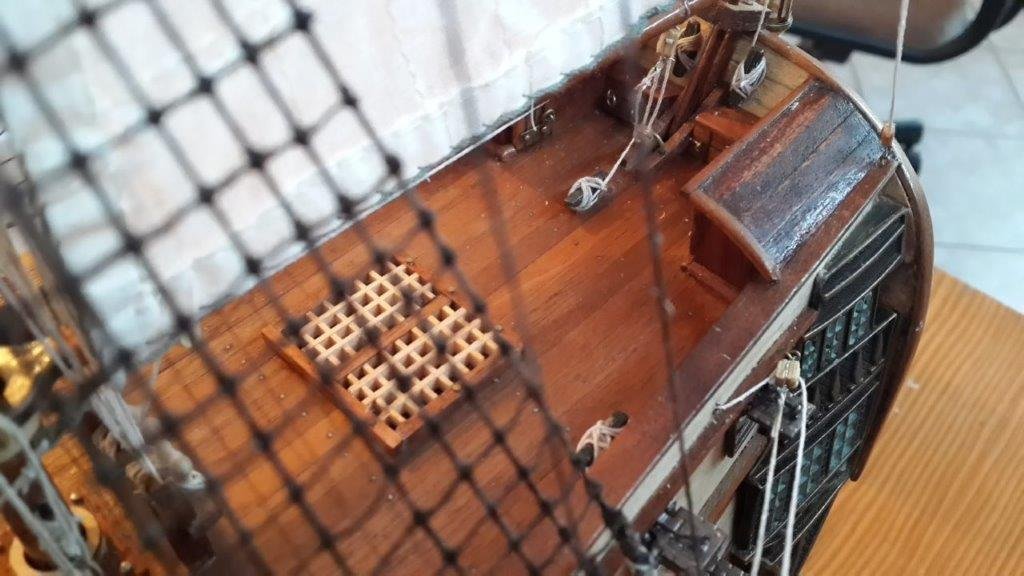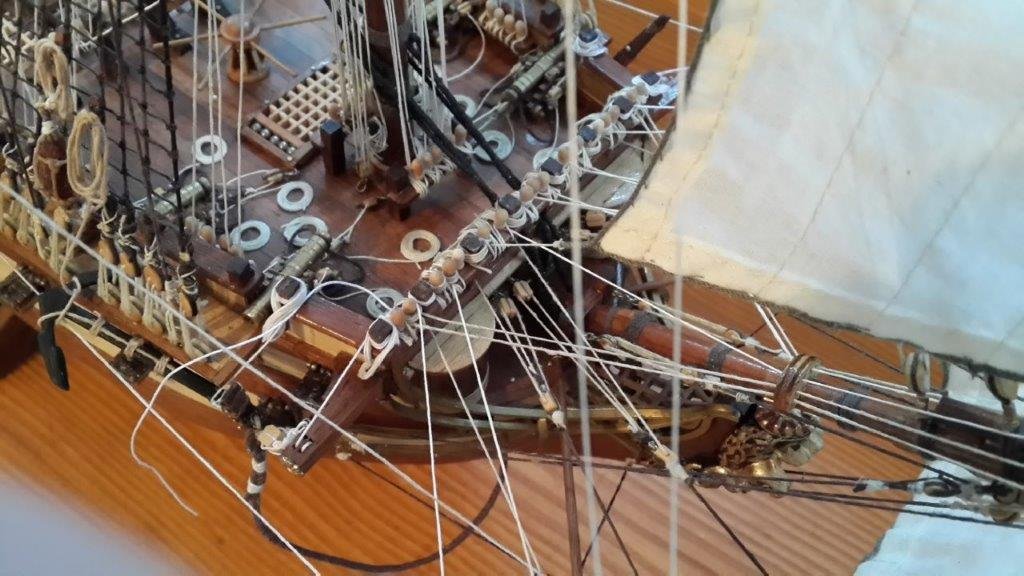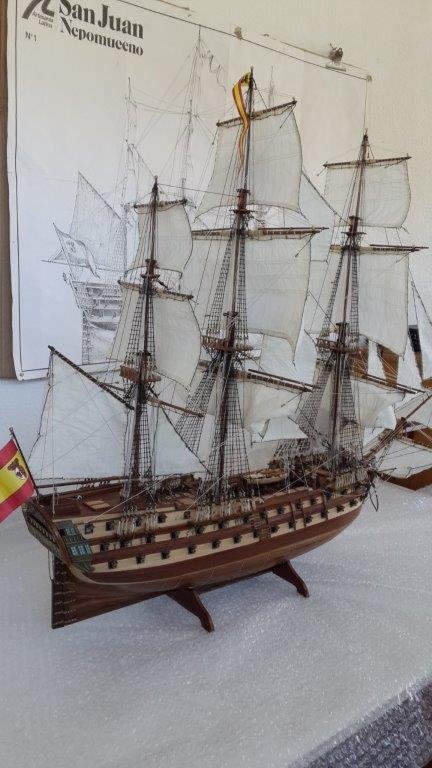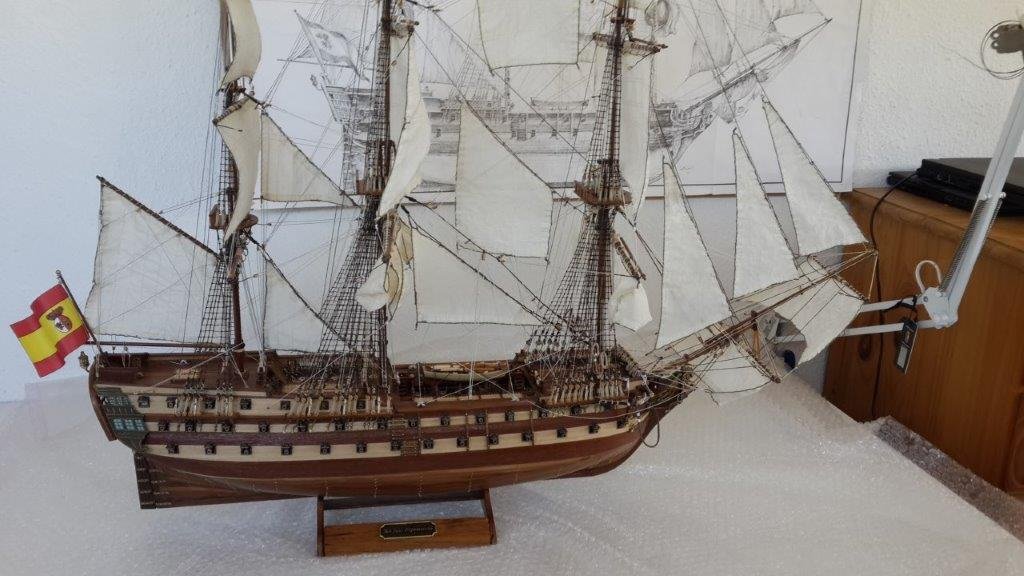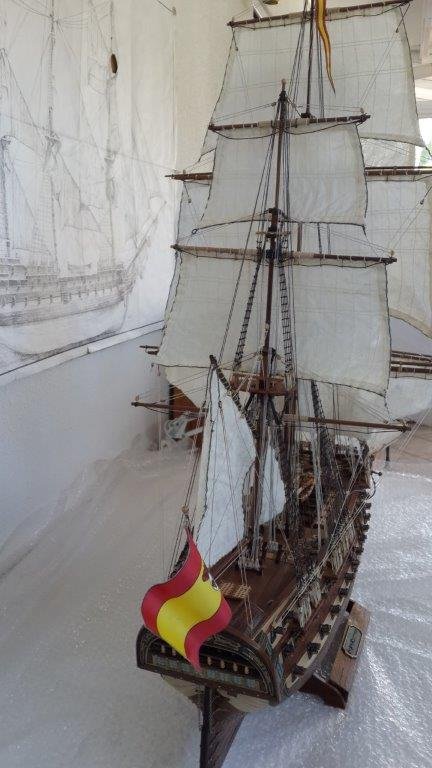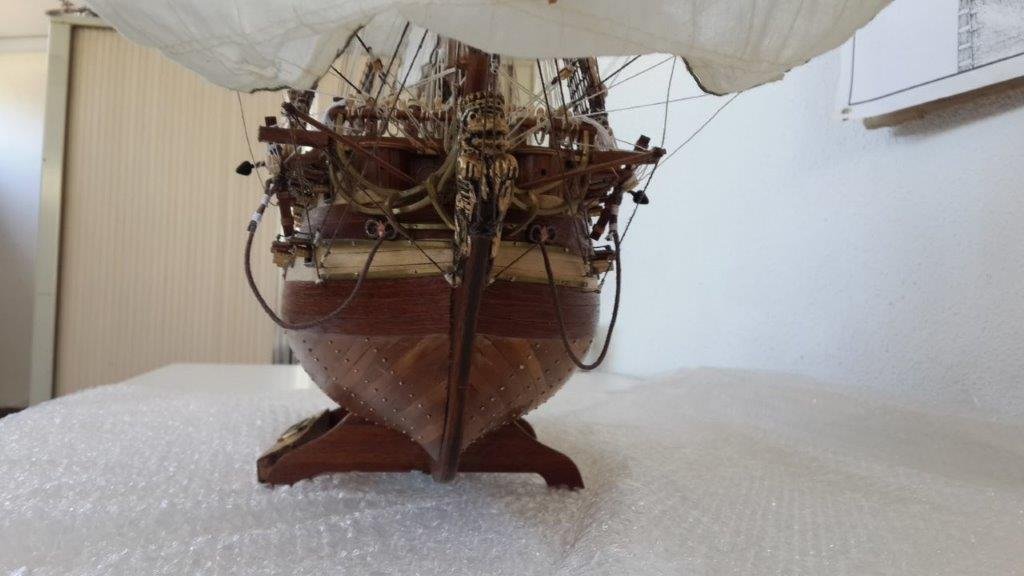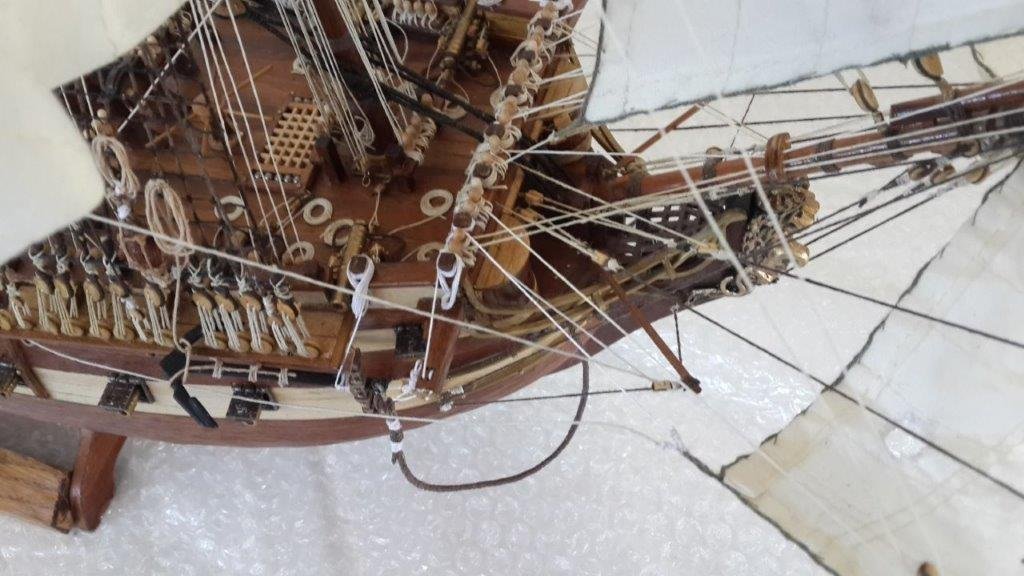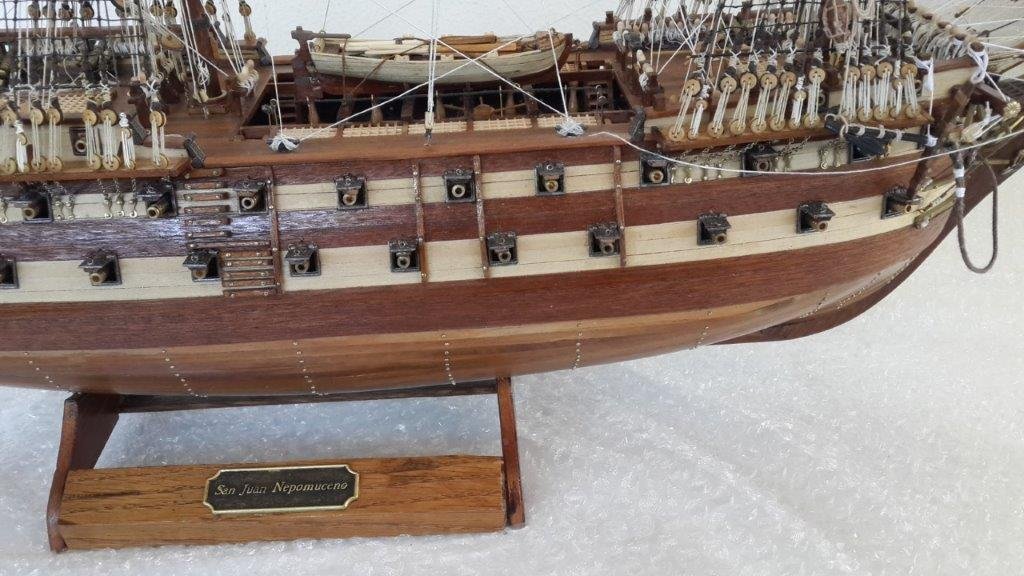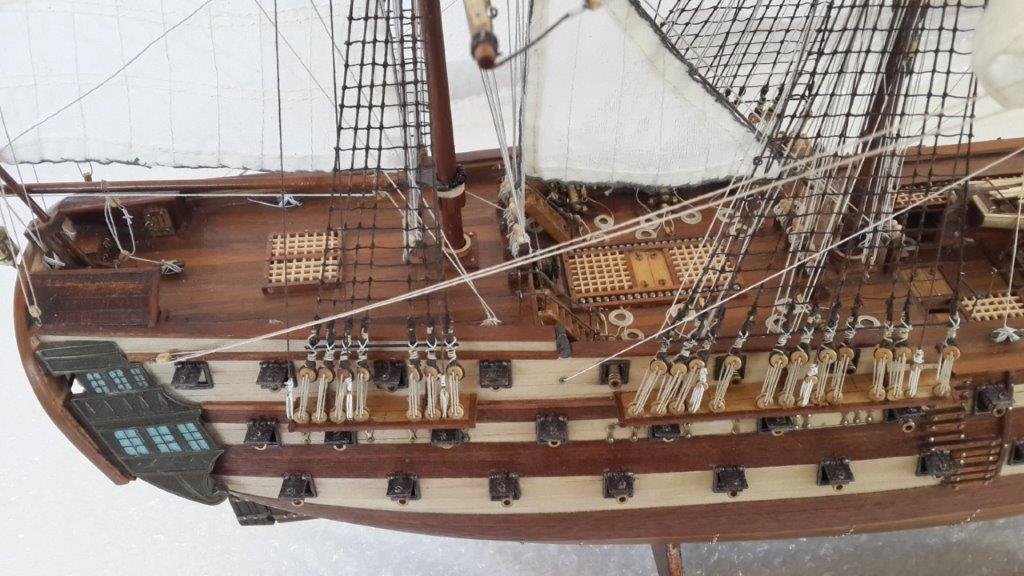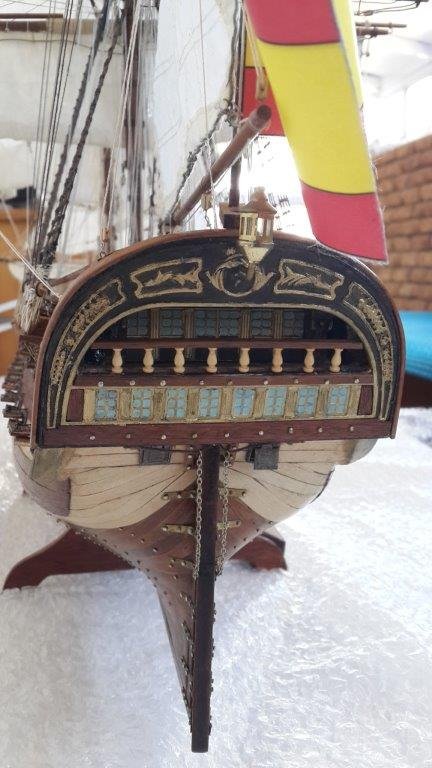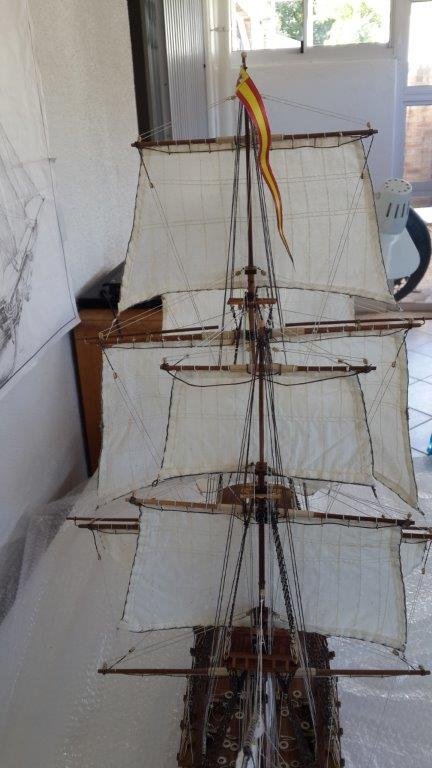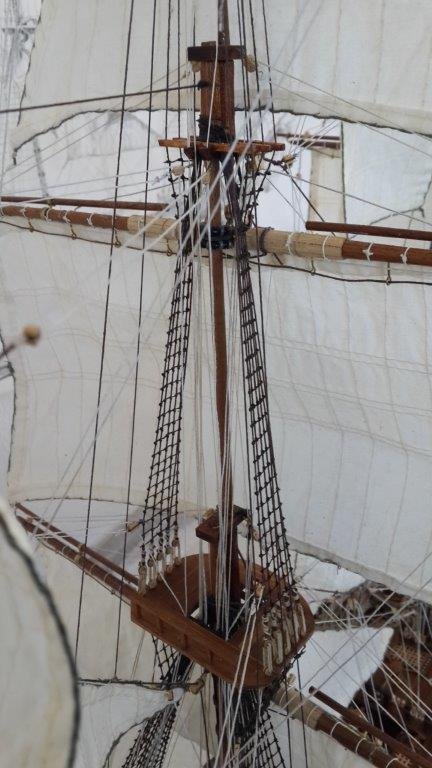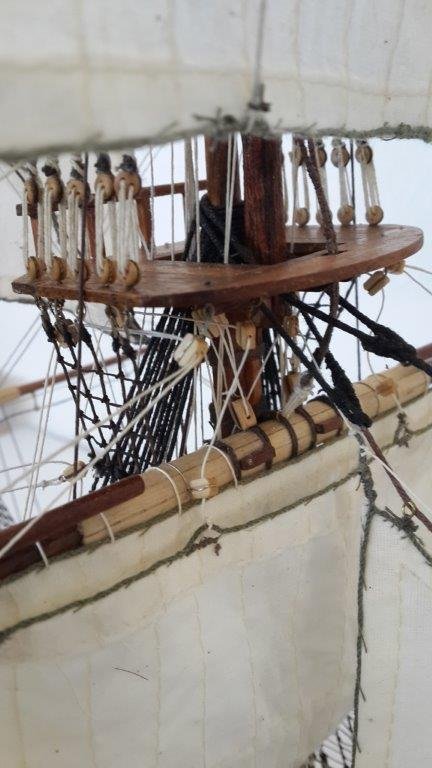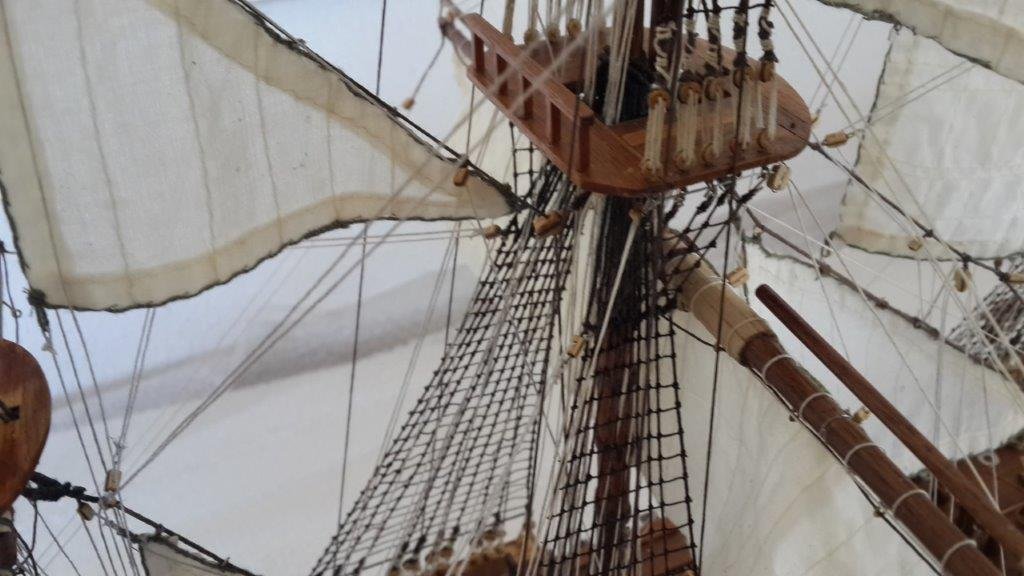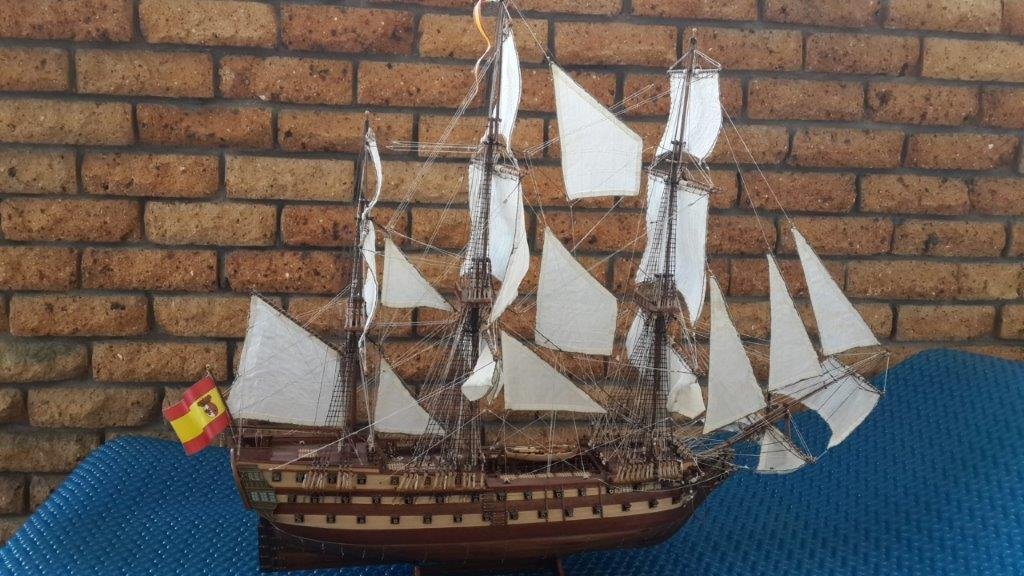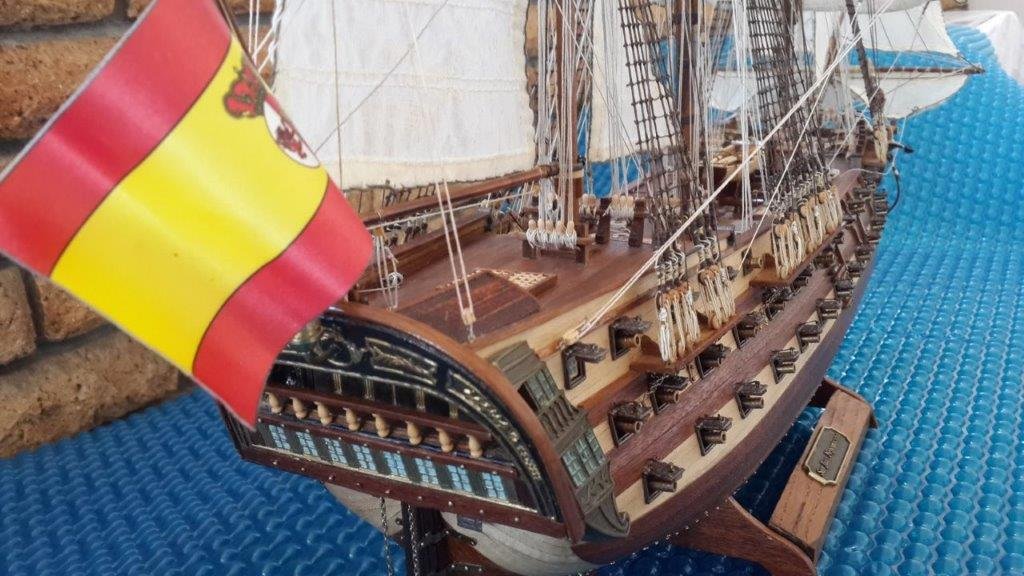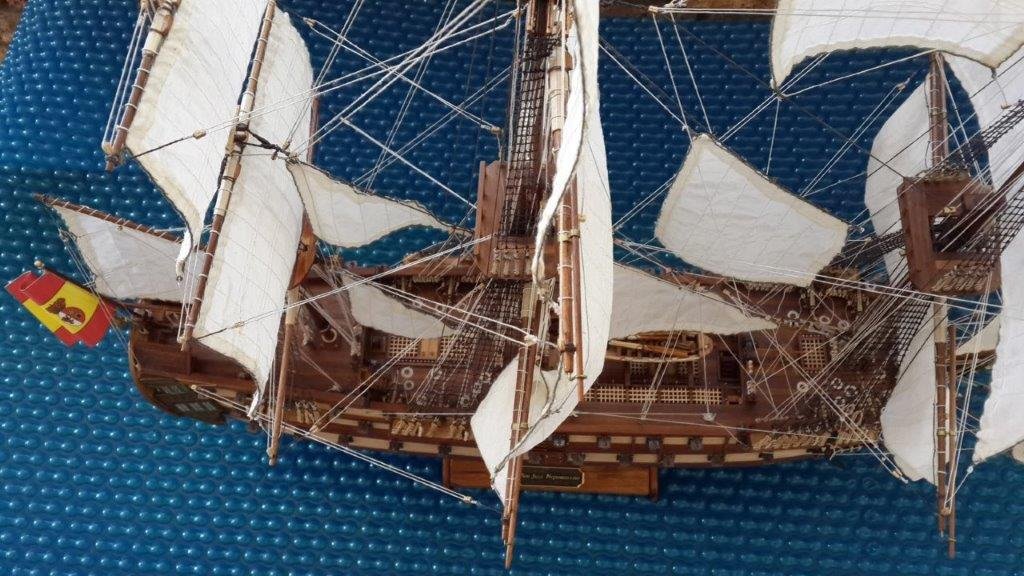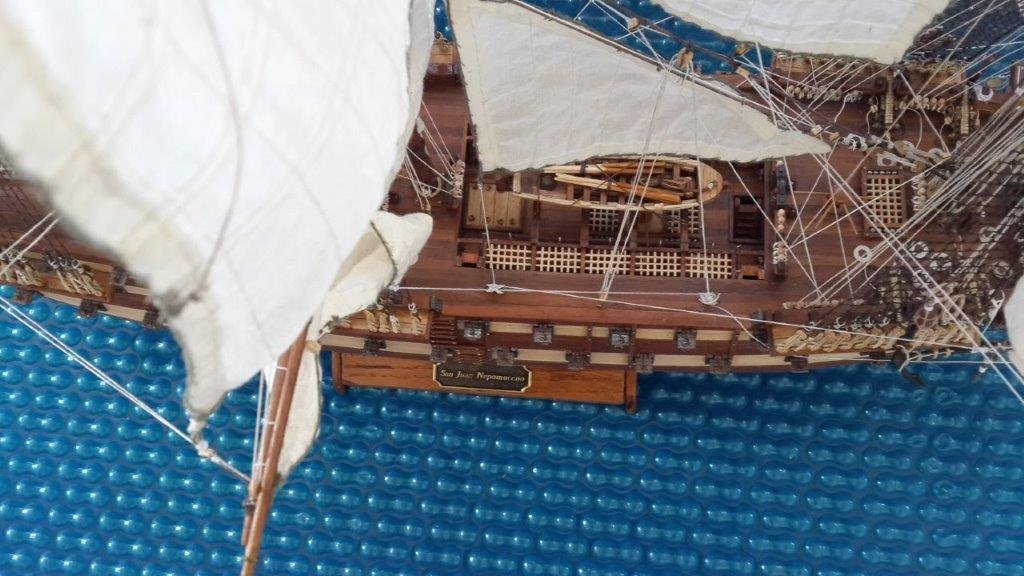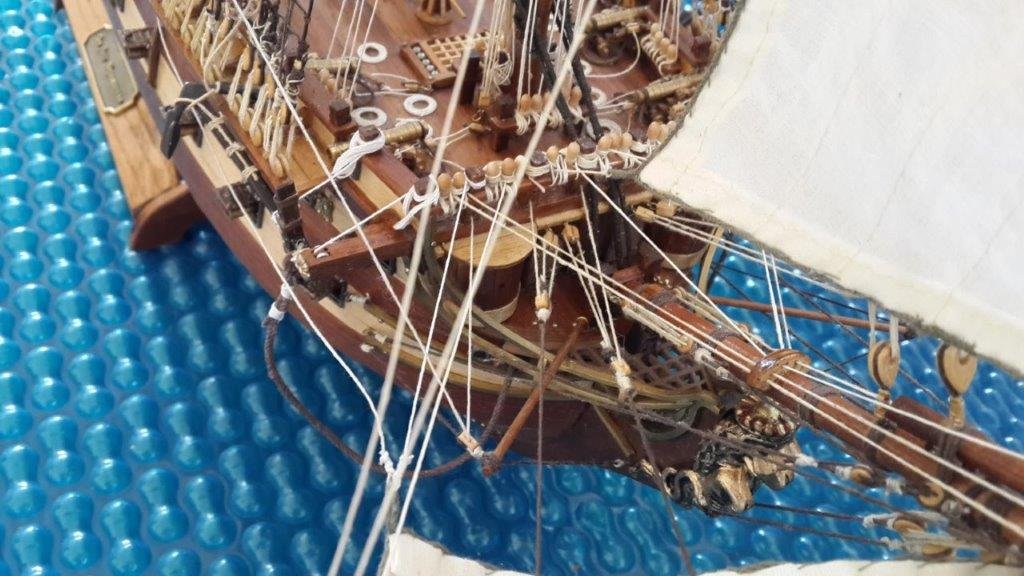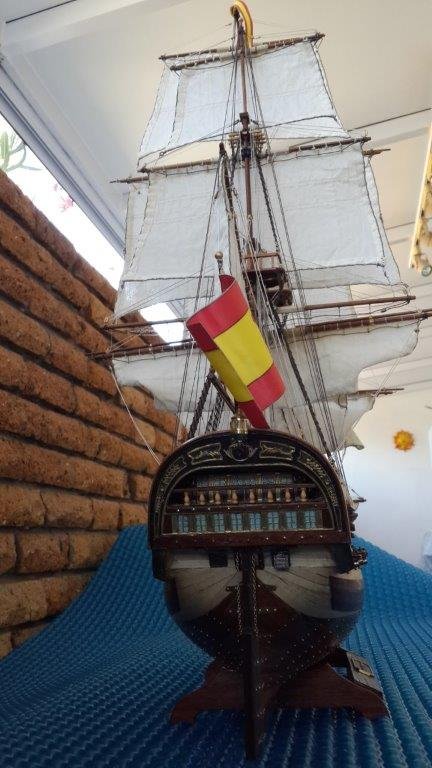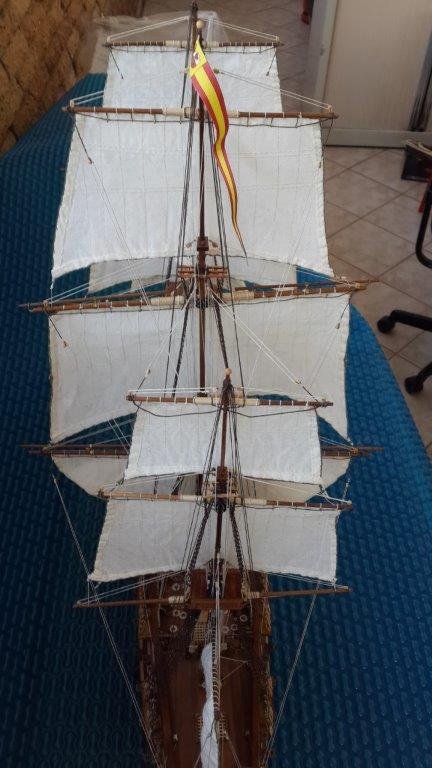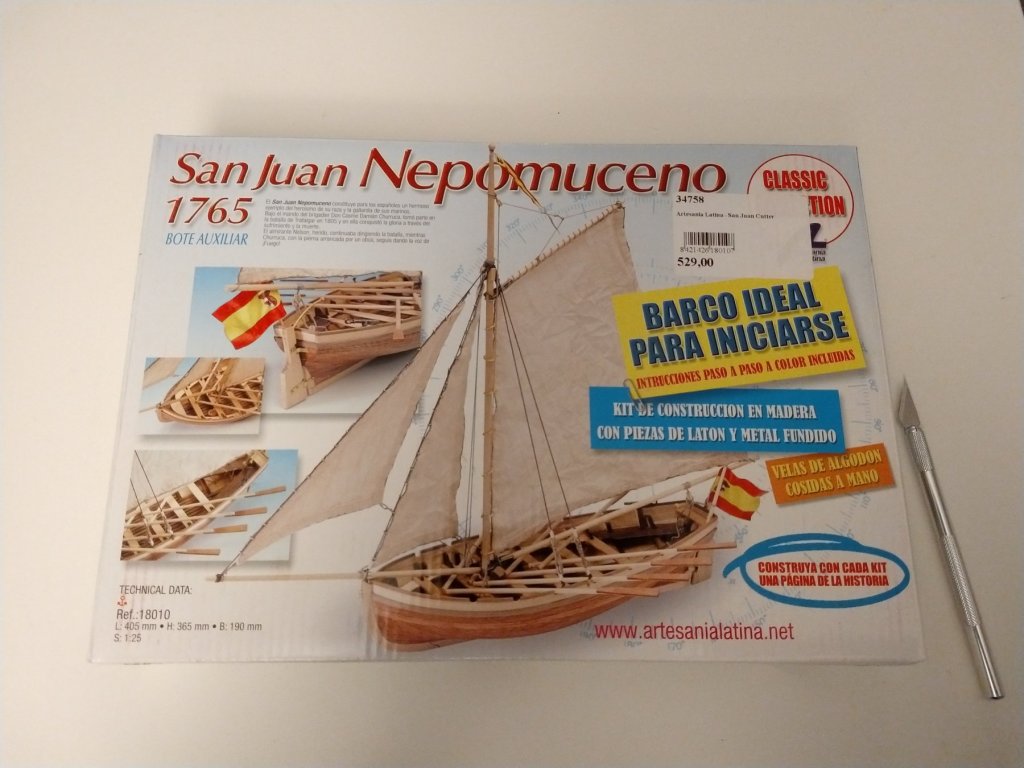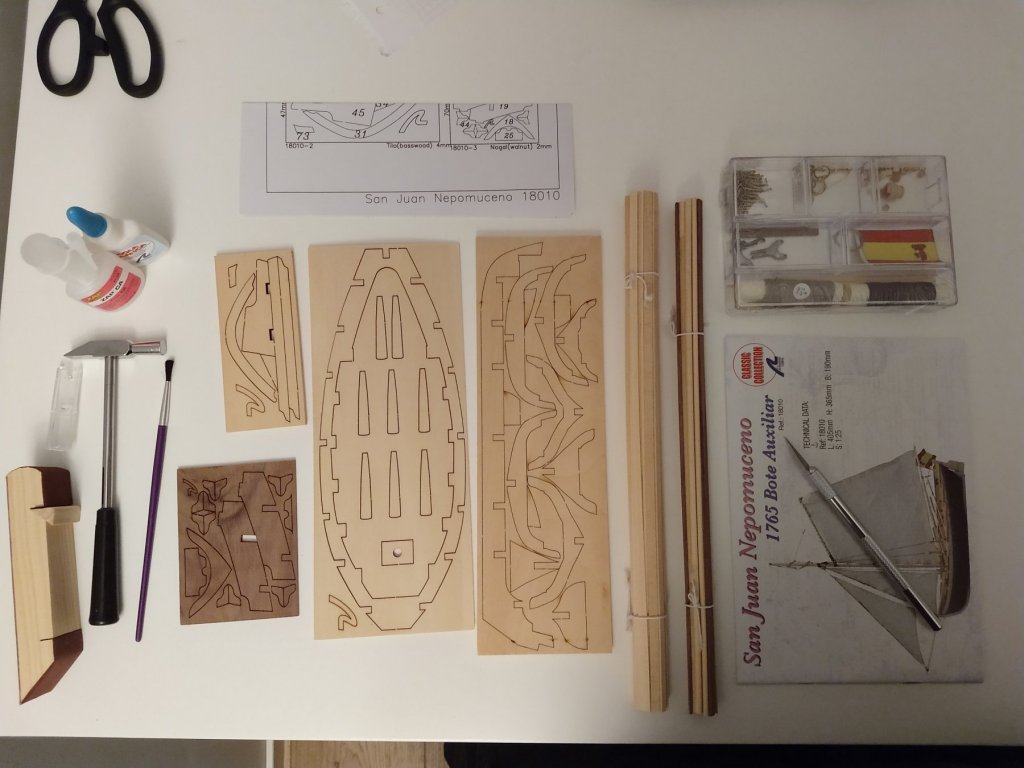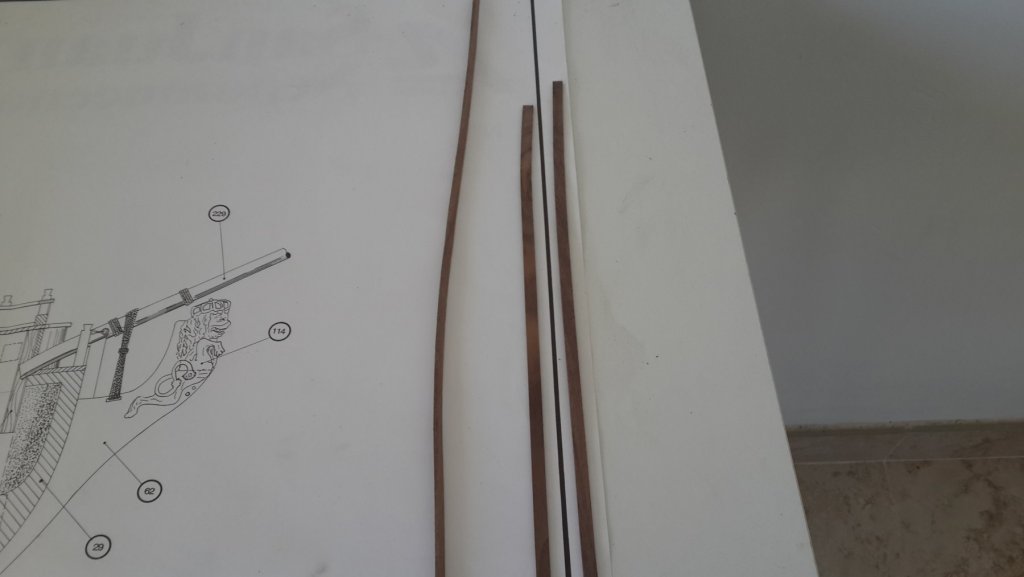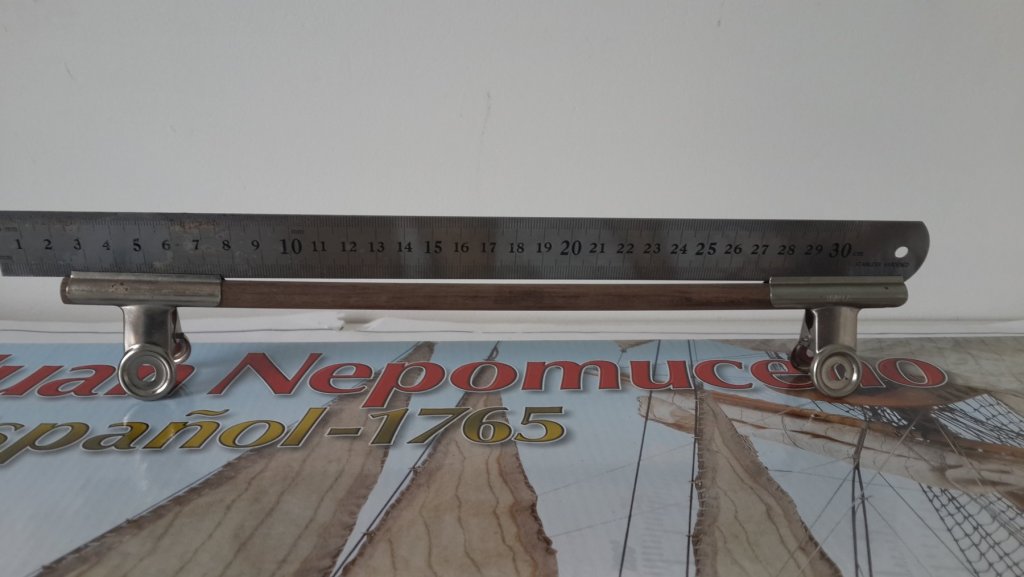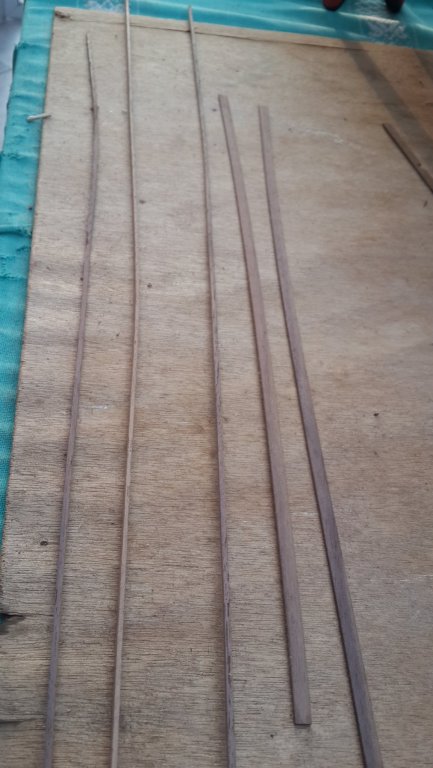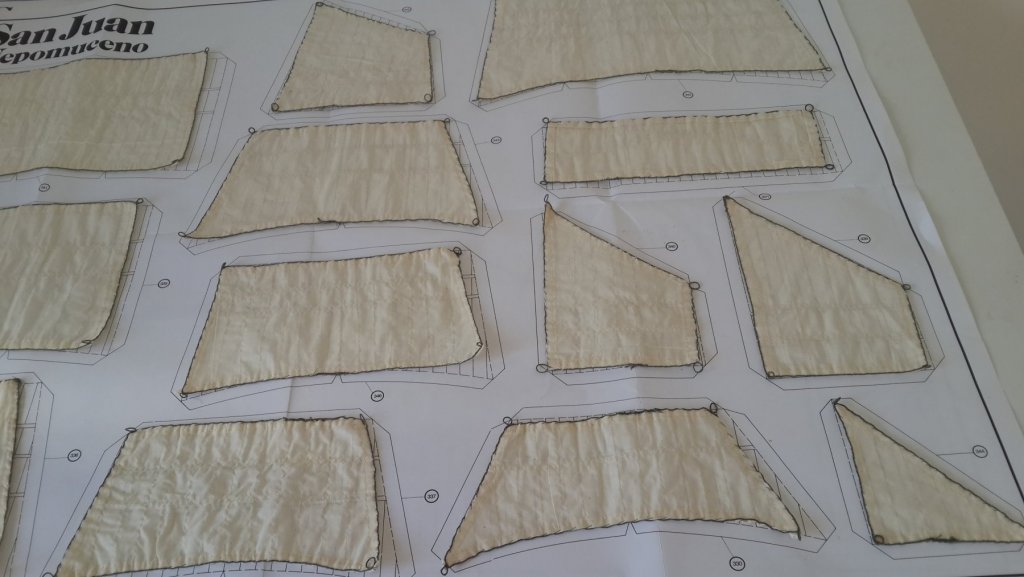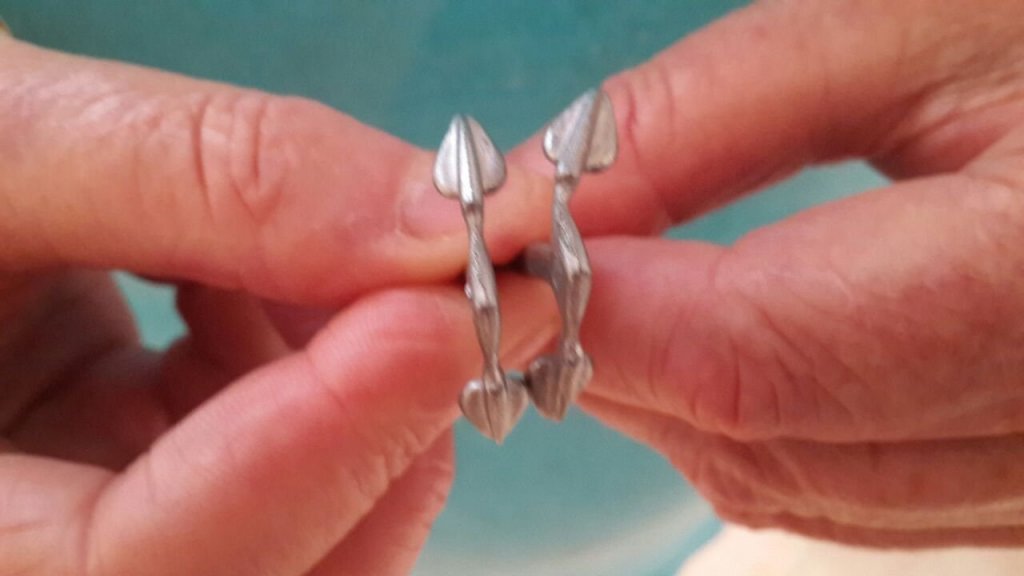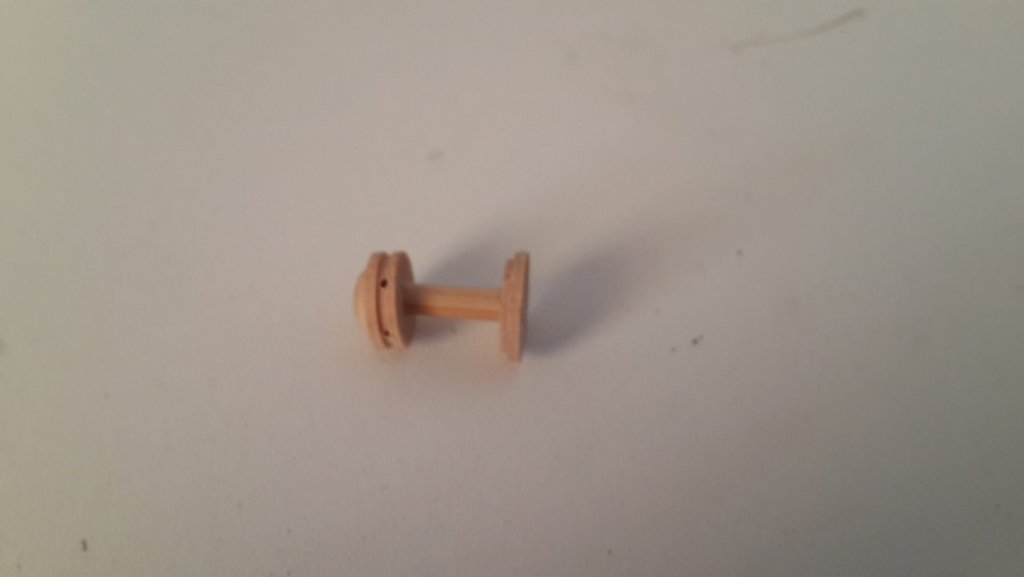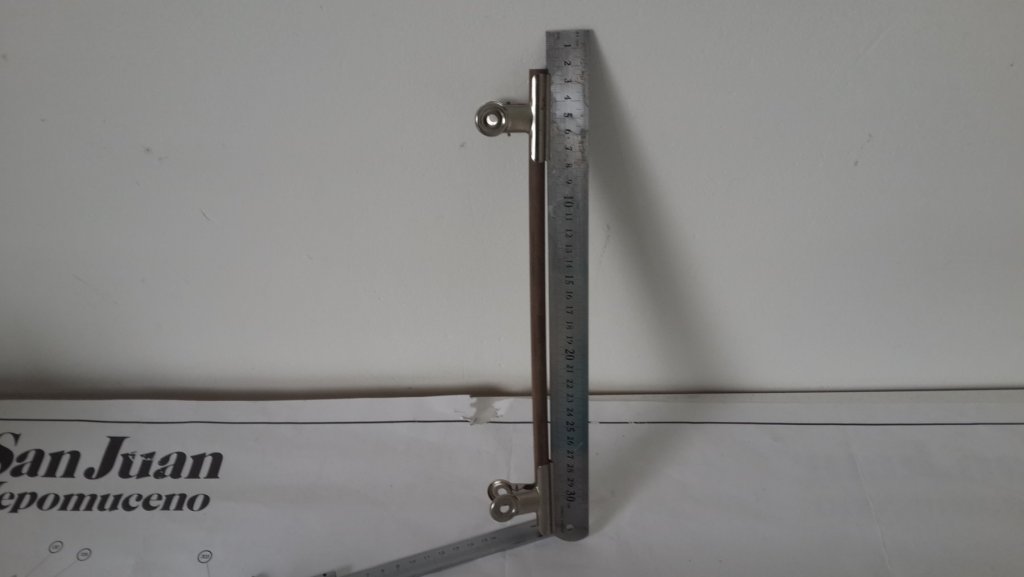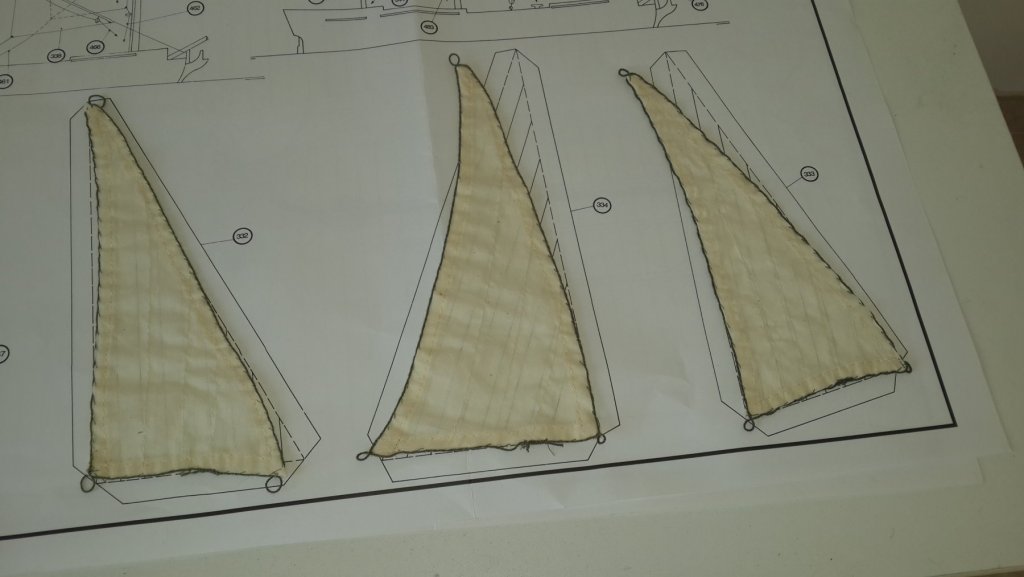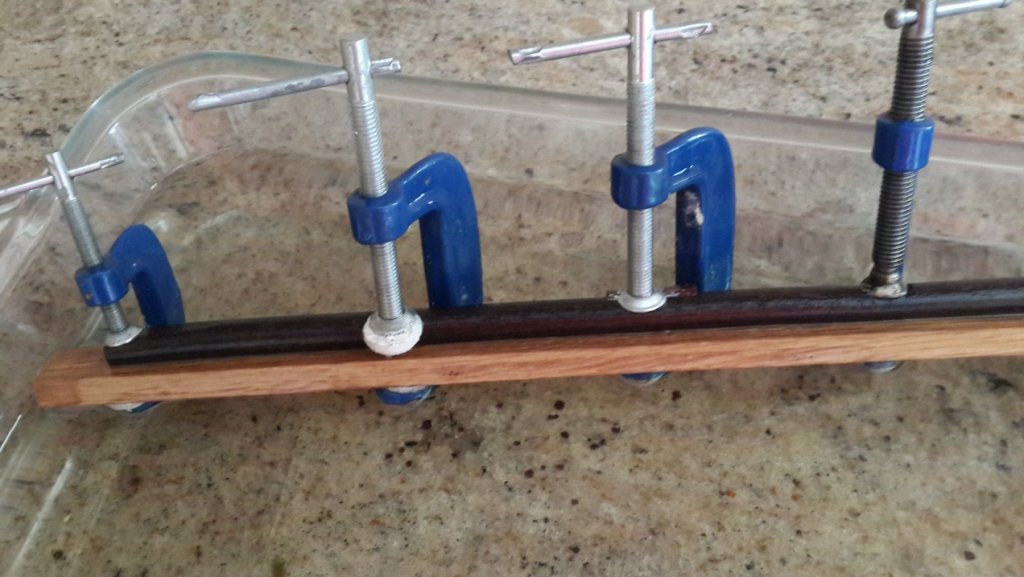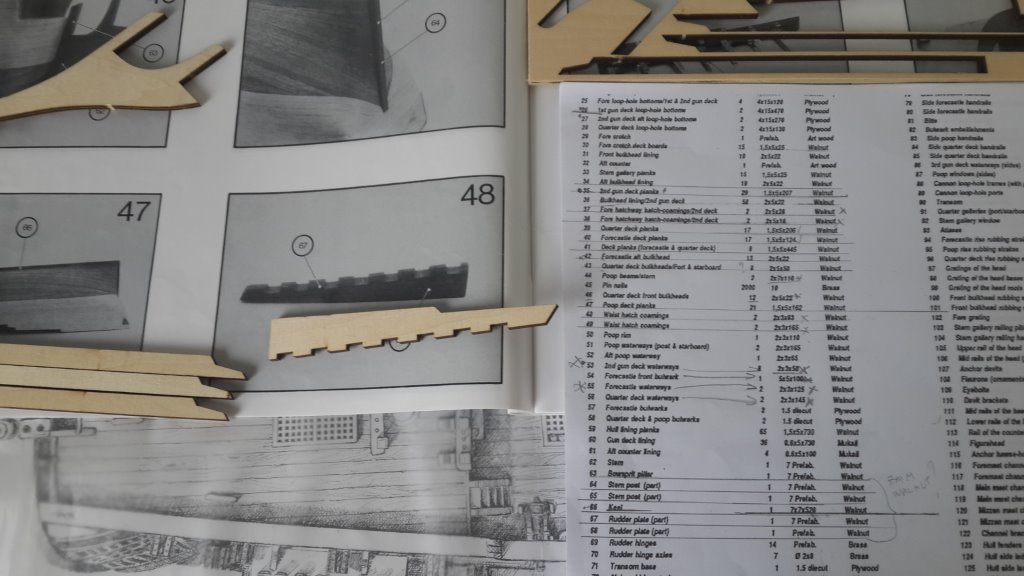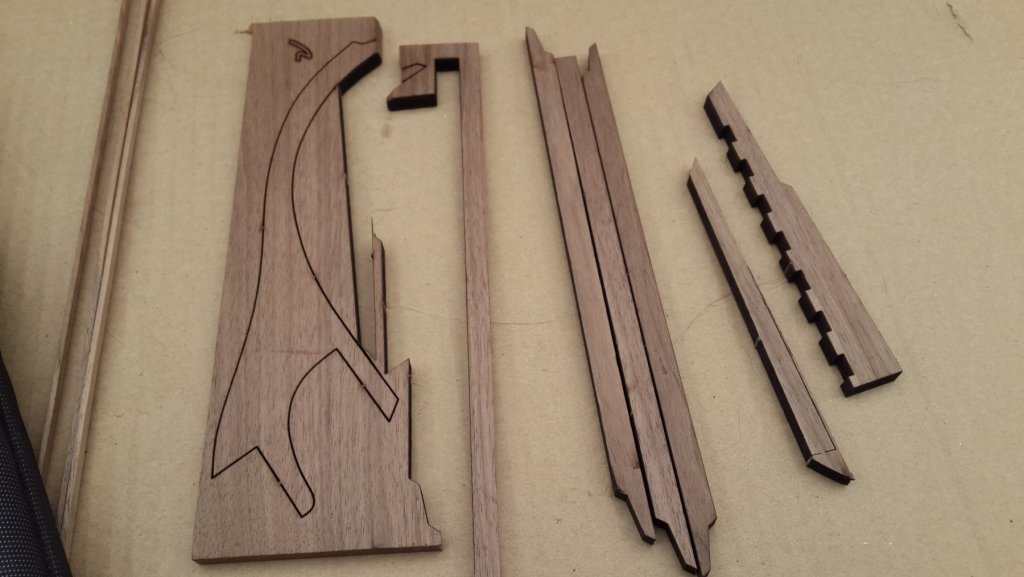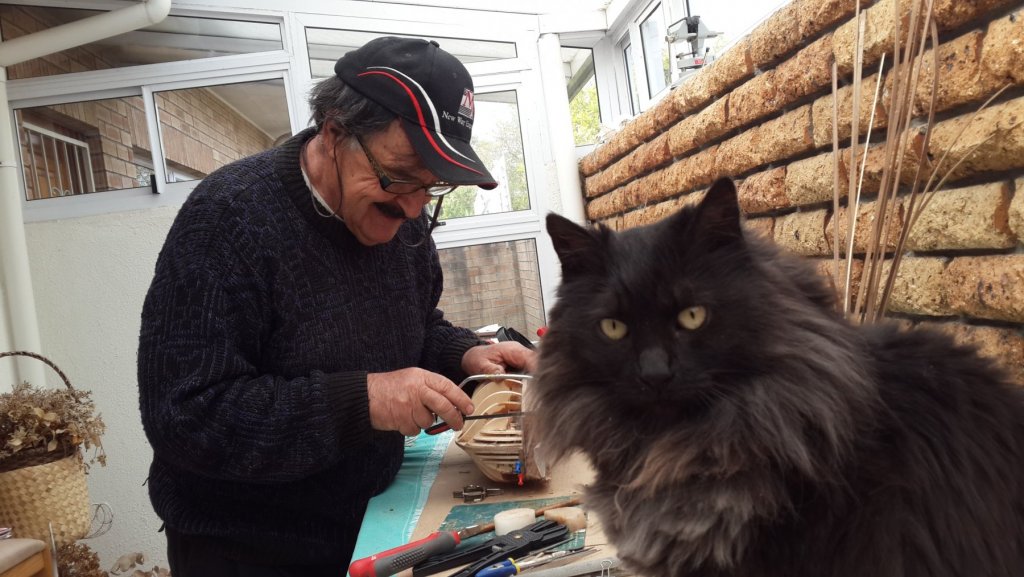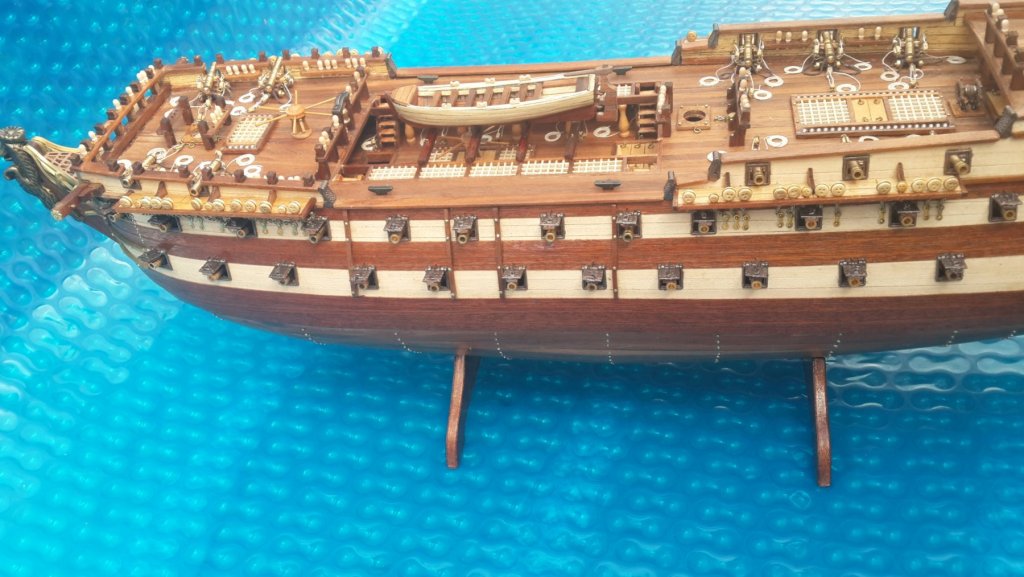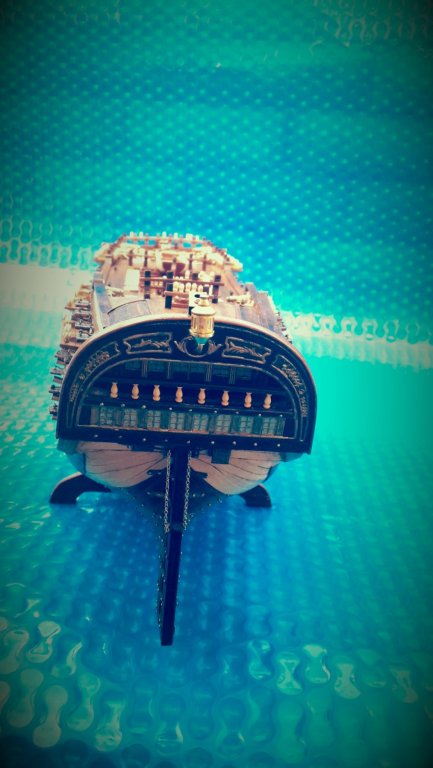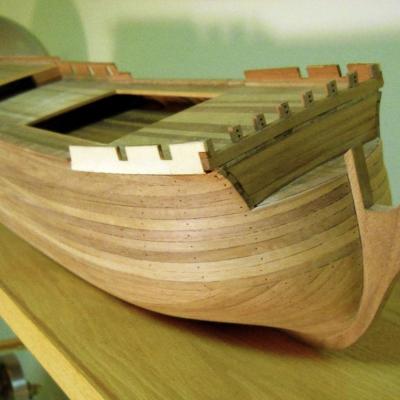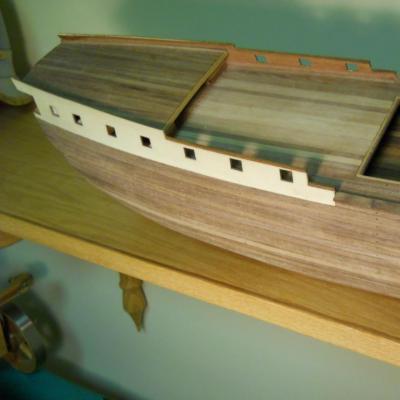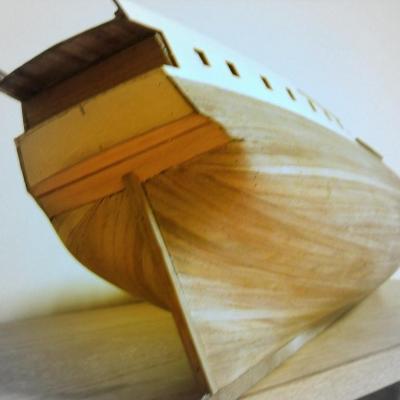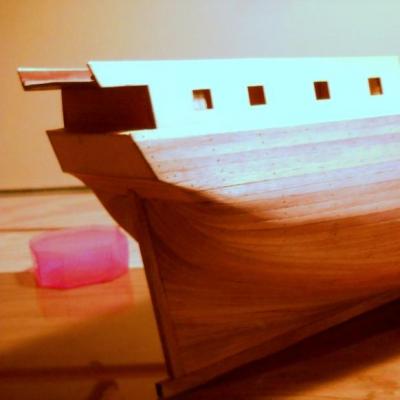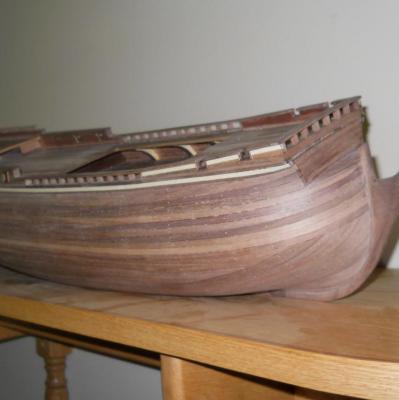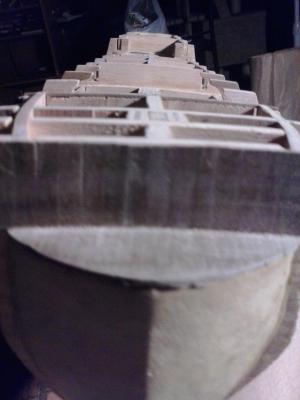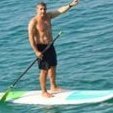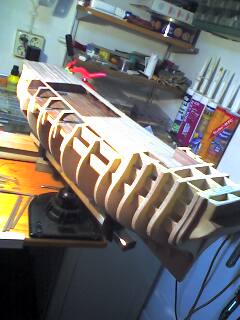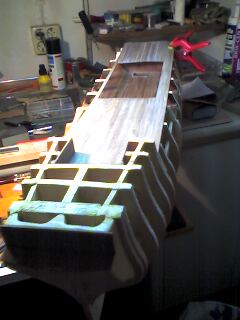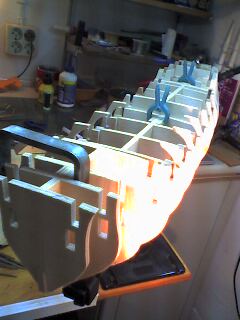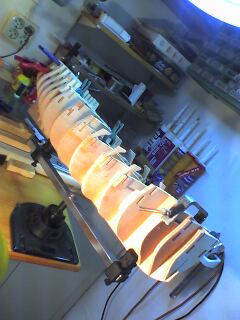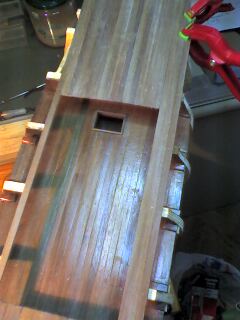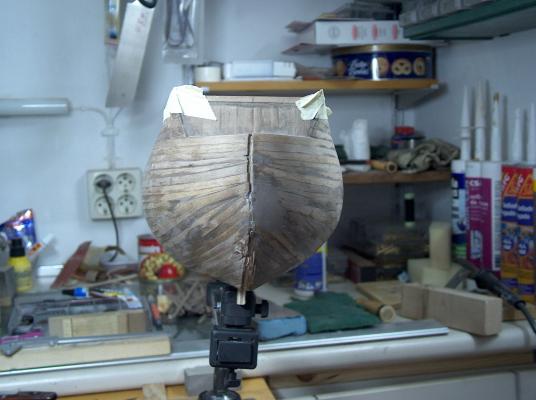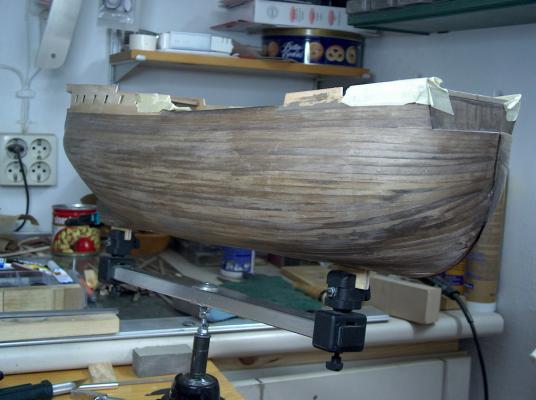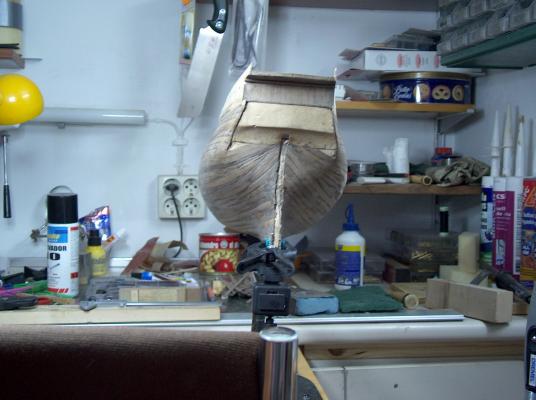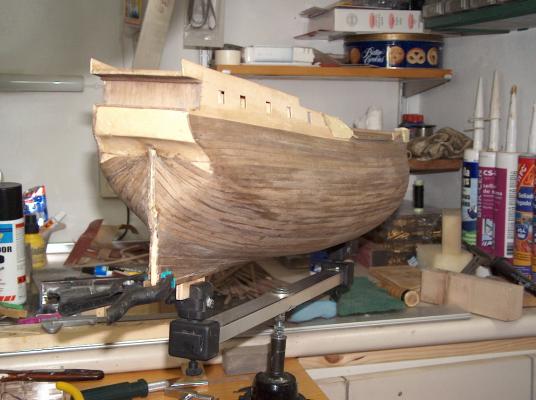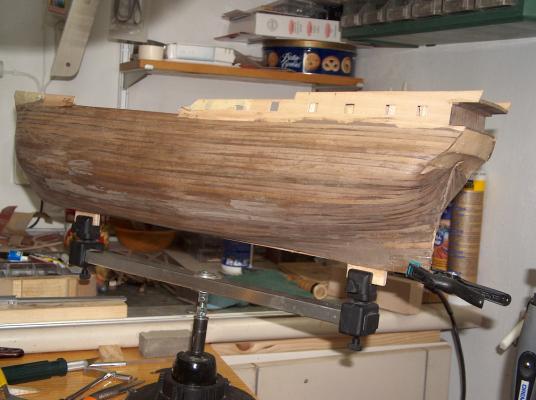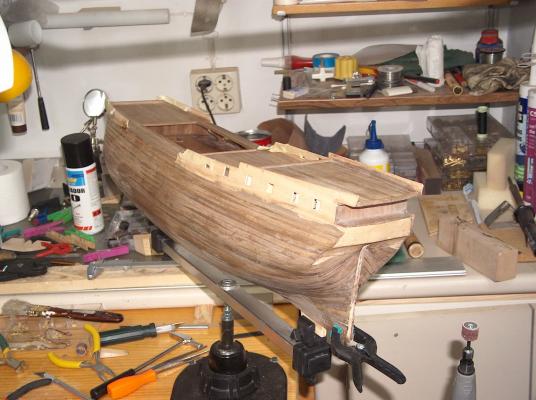Search the Community
Showing results for tags 'san juan nepomuceno'.
-
Building the Artesania Latina(AL) San Juan Nepomuceno (SJN). The kit was purchased in Barcelona in a modeler’s shop called Casa Palau (Home Palau). The name Palau has some distant and fond memories, when on a navy pass, Palau was my first stage of a long trip to my home in North Eastern Italy . This was in my younger days when I was in the Italian Navy School at the Island of La Maddalena in Northern Sardinia. I commenced building this kit in May 2015 under the supervision of the ever-present Smokey my loving cat which died of cancer in February 2017. After that I was unable to give any attention to the model for more than 2 months. In August 2018 I had a surgical intervention on my left hand which I am still recovering from very slowly. The SJN is my second model, the first being the (AL)HMS Endeavour. Having said that, I was introduced to this hobby by my wife having received this wonderful model on my 60th birthday. I was somewhat puzzled then as I didn’t have a clue, or the know how, in building 18 centuries wooden ships models. My wife’s idea for me in having this kind of hobby for my retirement present was fantastic, but as I realized very quickly, that this was not going to be an easy task . However, in the meantime, I was recalled by my ex employer and worked as consultant for another 5 years, consequently the kit remained in the box. Finally, in between many trials and tribulations the (AL) HMS Endeavor was completed in 2013. After that challenge I was’’ bitten’’ by the hobby. What surprises me is that two years later instead of going for an easier model I went for even a more challenging one, maybe it is the nature of my character. I must emphasize that the AL SJN kit was marred from the very beginning. The AL Elite Series are made by their branch in Hong Kong and it shows in the quality and parts some of which were undersupplied and some oversupplied. The kit’s wooden parts are all in walnut, however in my kit most the sticks and dowels were all warped , the plywood wood quality was horrendous as the glued compressed sides came apart easily, even when filing it with a simple nail file. The false keel was packed in plywood as well. Coupled with all this, the main bulkhead frame was warped, the cannon bores were of centre and one anchor was twisted. This is a cat.4 difficulty but the difficulty is compounded even more due to the poor quality of the parts. However, AL kindly assisted me during this time, right up to now and although the parts took some time to get to Cape Town (8 weeks) , their response and support is very good. In South Africa it is very difficult to get tools and parts for this hobby, and what is available on line is at an horrendous price due to our currency being worth a fig!! And the delivery costs are prohibitive un less you want to mortgage your house !! I can’t count the amount of hours spent on this kit , neither my exasperation, confusion, satisfaction, and fascination. I have added some extra details that are not part of the kit or the given drawings. Therefore, one must adapt, plan, and use brain resources. During my ship modelling I had help from a friend in the USA a lot of encouragement from my wife. Hopefully the attached phots will encourage beginners like myself. SAN JUAN NEPOMUCENO HISTORY: San Juan Nepomuceno was a Spanish ship of the line launched in 1765 from the royal shipyard in Guarnizo (Catanbria). Like many 18th century Spanish warships she was named after a saint (John of Nemomuk). She was a solidly built ship of proven seaworthy qualities. Captured by the British Royal Navy during the Battle of Trafalgar, the ship was renamed first HMS Berwick, then HMS San Juan. The ship was discarded in 1816. Design and description Her sister, were San Pascual, San Francisco de Asis, San Lorenzo, Santo Domingo and San Augustin. She was originally fitted with a total of 74 cannons: 28 24-pounders, 30 18-pounders, 8 12-pounders and 8 8-pounders, and was manned by 8 officers, 11 midshipmen, 19 leading seamen and 492 able seamen (530 total). Her supply capacity was for 60 days victuals and 80 days water. Service history She rendered numerous important services to the Armada, some of them in the Caribbean where she participated in several sieges and was distinguished in 1779. In 1793, she took part in the Anglo-Spanish occupation of Toulon under the command of Admiral Don Juan de La’ngara. Four years later, in 1797, she was part of a Spanish fleet under Teniente General Jose’ de Cordoba y Ramos at fought against the British at the Battle of Cape St. Vincent. Battle of Trafalgar The Battle of Trafalgar is the historical feat in which she participated and of which we have the best account. In spite of being dismasted by Admiral Nelson’s artillery on 21 October 1805, she achieved glory in this battle under the command of the commander Don Cosme Damian Churruca and constituted for the Spaniards a handsome example of the heroism of their nation and the bravery of their sailors. San Juan Nepomuceno was one of the last ships still fighting after most of the French ships had surrendered and most of the Spanish ships had either been captured or had yielded. The commander, Don Cosme Churruca, had previously ordered for the flag to be nailed to the highest mast.] At the time, it was commonplace for ships to signal surrender by lowering their nation’s flag. 'Nailing the flag' was a way to tell the enemy, allies, and indeed the ship's own crew and officers not to expect an easy surrender. As the hours passed Churruca, whose leg had been torn off by a cannonball] the deck of his ship covered by the blood of his wounded and dead seamen, continued to stubbornly order his ship's batteries to fire. Mortally wounded, the Basque-born Churruca prohibited his officers from surrendering and ordered them to continue returning fire whilst he remained breathing. His officers kept their word, even after Churruca died and command of the ship had been passed to the second -in command, Francisco de Moyna,] who continued the fight until he himself was killed. He was replaced by the next officer in command who also refused to surrender. However, unable to break the circle of fire formed by the six enemy ships, including Defiance, Tonnant and Dreadnought, and in order to prevent the ship from sinking with all the wounded trapped below, the last officer left alive in San Juan Nepomuceno yielded with over 400 dead and injured on board. Royal Navy service After Trafalgar, the ship was taken into British service and briefly renamed HMS Berwick before adopting the name HMS San Juan. In honour of Churruca's courage, the cabin he had occupied while alive bore his name on a brass plate, and all who entered it were required to remove their hats as a mark of respect for a gallant enemy. She initially served as a base hulk at Gibraltar from 1805 to 1808 before being recommissioned in September 1808 as a prison ship under Commander John Gourly.[ During the Penisula War San Juan was fitted to act as flagship to a flotilla of gunboats based in Gibraltar. For this task she was re-rated as a Sloop and placed under the command of Commander Thomas Vivion, who was the first flotilla commander, taking post in 1810. He was followed subsequently by Commander James Tillard who took command in 1812. There were a total of fourteen lieutenants under his command, each of whom took charge of one of the gunboats in the flotilla. As the gunboats had little capacity for accommodation, the lieutenants were assigned to, and lived aboard San Juan. In later service San Juan acted as flagship to the admirals appointed as Commander-in-Chief Gibraltar. In 1813 she was flagship to Rear Admiral Samuel Hood Linzee with Captain John Fraser acting as flag captain. In 1814 she was flagship to Rear Admiral Charles Elphinstone Fleeming with Captain Gardiner Henry Guion acting as flag captain. Her final commission began in October 1814 when she reverted to her original role as a base hulk under the command of Lieutenant Charles M'Kenzie. San Juan was finally paid off and sold at Gibratalr on 8 January 1816.] Sources & references · John D. Harbron, Trafalgar and the Spanish Navy (1988) ISBN 0-87021-695-3 · Rif Winfield, British Warships in the Age of Sail 1793-1817 (2005) ISBN 978-1-84415-717-4 · Robert Gardiner, Frigates of the Napoleonic Wars (2000) ISBN 978-1-86176-292-4 · Historia del navío de línea San Juan Nepomuceno (in Spanish)
- 10 replies
-
- san juan nepomuceno
- artesania latina
-
(and 1 more)
Tagged with:
-
It's my time to try and keep regular updates on this build. I believe the kit I selected is a great start for someone who has never built model ships, and I really want to give as much documentation as I can. Maybe I can help someone! I can't find much information about this boat. According to Artesania Latina it's the captains boat of the San Juan Nepomuceno. I would appreciate if anyone knows more about it. I'm sorry about my poor english in advance. Let's get going! I attached a picture of the model kit.
- 11 replies
-
- San Juan Nepomuceno
- ships boat
-
(and 1 more)
Tagged with:
-
Well my first ever wooden ship build will be the San Juan Nepomuceno - Boat Auxiliar a cheapish model I picked up from an online retailer (BNA) here in Australia. Without much further ado here is a photograph of the kit unboxed. I had to scale this down as I believe there my be a limit to image size on the forum.
- 5 replies
-
- san juan nepomuceno
- artesania latina
-
(and 1 more)
Tagged with:
-
Two years ago I purchased my second kit from AL. The first kit (HMS Endeavour) was made in Spain and the quality was OK. The second kit (San Juan Nepomuceno) is made in China. The quality is horrendous!! Starting from the packaging right through the whole kit. Warped wood, warped false keel, plywood chipping off and full of holes, chain and nails are not made of brass, bent anchors, keel assembly made in plywood, cannons bores off center, sails not made according to the drawing measurements. More over I discovered that the top and bottom capstans parts were glued off center. As I am on the 22 second months of building I am not sure what else I will encounter. My advice to all modellers is to stay away from the AL Elite Series as it is definitely not elite! I live in Cape Town South Africa and I purchased the kit in Spain. AL replaced some wood but it took 4 to 8 weeks to arrive, the keel assembly was sent twice as first one arrived broken. Sourcing parts for ship modellers in this country is like looking for water in the desert! The local distributor is very good but parts are limited he does not stock wood. The wooden parts of the SJN are supplied in various shades of walnut therefore one needs to keep the same consistency. To repair the plywood I had to use glue mixed with saw dust. The main mast is 10mm thick in dark walnut, I tried everything, steam, boiling water, then placed it in a vise with an aluminum angle and left it for a week, to no avail it would NOT come straight, it just bounced back. Eventually I received the mast from AL after 3 months. In February this year I "abandoned ship" as my loving supervisor and companion Smokey (my cat) passed on and I am still suffering her loss. It is a shame that the quality of AL has deteriorated so much. For a modeller to put so much effort on a mediocre supplied kit is a waste of time and money. Anyway i didn't give up. I am attaching photos and my current progress so far. Regards, Renato
-
Hi, can anybody please advise what is the size of the box containing the above kit. I have enquired via e mail to AT but no reply. I will be in Barcelona on holiday and maybe your sailors knows of a good hobby shop in that city?
-
This is my first build. I am not sure how to start a log, but here I go. I will go over some of the mistakes I made and how I fixed them. I tried using the Fair-A-Frame, but found that just using a square was simpler since the bulkheads touched the keel. In the first photo there is a bulkhead that was glued lower than it should be. I glued a strip on top of it and sanded it down to the correct level. I have a few photos and will add them shortly.
-
This my very first try to make a wooden ship my very first big mistake I have made is that I have slided the wooden strips for the false cannons through beams soaked, becouse I believed it was easier to bend them and pass them through. Next day the whole structure was twisted several degrees closkwise. Since the damage was done, and that time I wasn familiar neither had the guts to start all over from scratch (since I have the draws I could easily made new beams), I have decided to fill bath with water and let all structure to get soaked well, and sieze it with clamps and let it dry, with the hope that will be turned back to its original position. The success was up to 90-05%, I wasnt sure If I could make the second try to look better, so I kept it. Iam not sure if the kit had some flaws, or it was result from the twisting, I had to made some adjustment for teh poop deck
- 76 replies
-
- san juan nepomuceno
- artesania latina
-
(and 2 more)
Tagged with:
-
- 44 replies
-
- artesania latina
- san juan nepomuceno
-
(and 1 more)
Tagged with:
About us
Modelshipworld - Advancing Ship Modeling through Research
SSL Secured
Your security is important for us so this Website is SSL-Secured
NRG Mailing Address
Nautical Research Guild
237 South Lincoln Street
Westmont IL, 60559-1917
Model Ship World ® and the MSW logo are Registered Trademarks, and belong to the Nautical Research Guild (United States Patent and Trademark Office: No. 6,929,264 & No. 6,929,274, registered Dec. 20, 2022)
Helpful Links
About the NRG
If you enjoy building ship models that are historically accurate as well as beautiful, then The Nautical Research Guild (NRG) is just right for you.
The Guild is a non-profit educational organization whose mission is to “Advance Ship Modeling Through Research”. We provide support to our members in their efforts to raise the quality of their model ships.
The Nautical Research Guild has published our world-renowned quarterly magazine, The Nautical Research Journal, since 1955. The pages of the Journal are full of articles by accomplished ship modelers who show you how they create those exquisite details on their models, and by maritime historians who show you the correct details to build. The Journal is available in both print and digital editions. Go to the NRG web site (www.thenrg.org) to download a complimentary digital copy of the Journal. The NRG also publishes plan sets, books and compilations of back issues of the Journal and the former Ships in Scale and Model Ship Builder magazines.

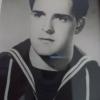

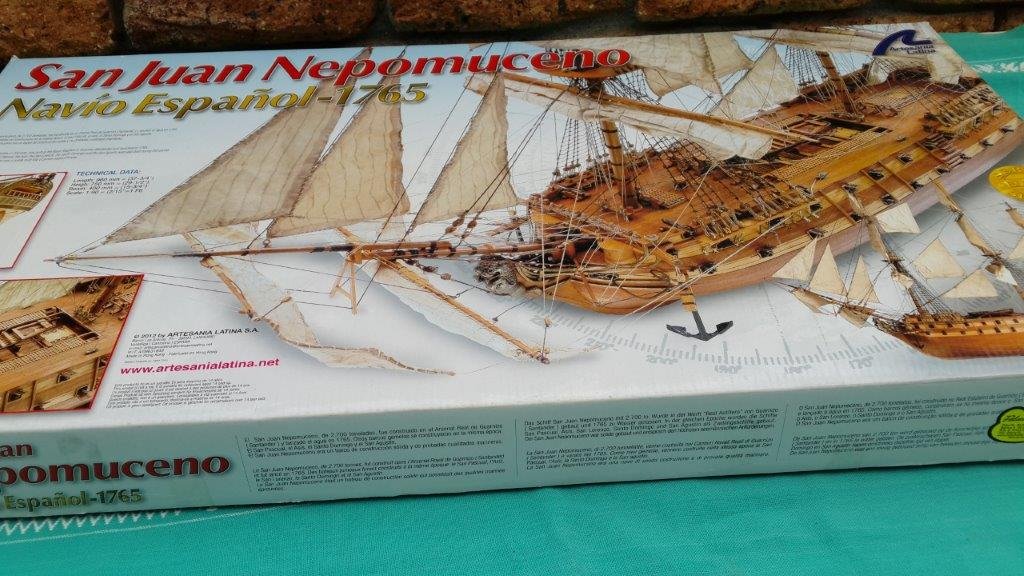
.jpg.40e815b02ff279e03c8659201a84d701.jpg)
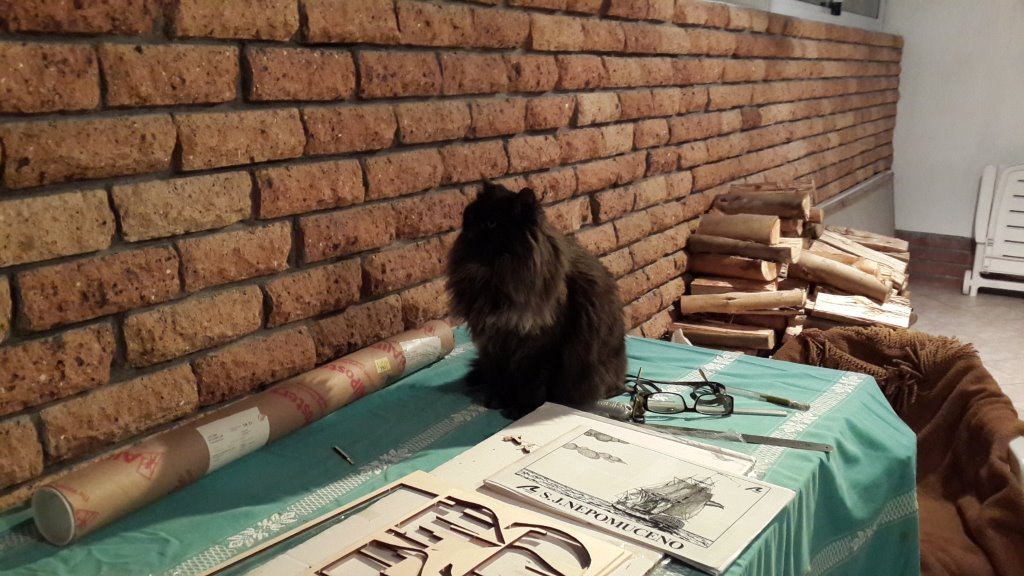
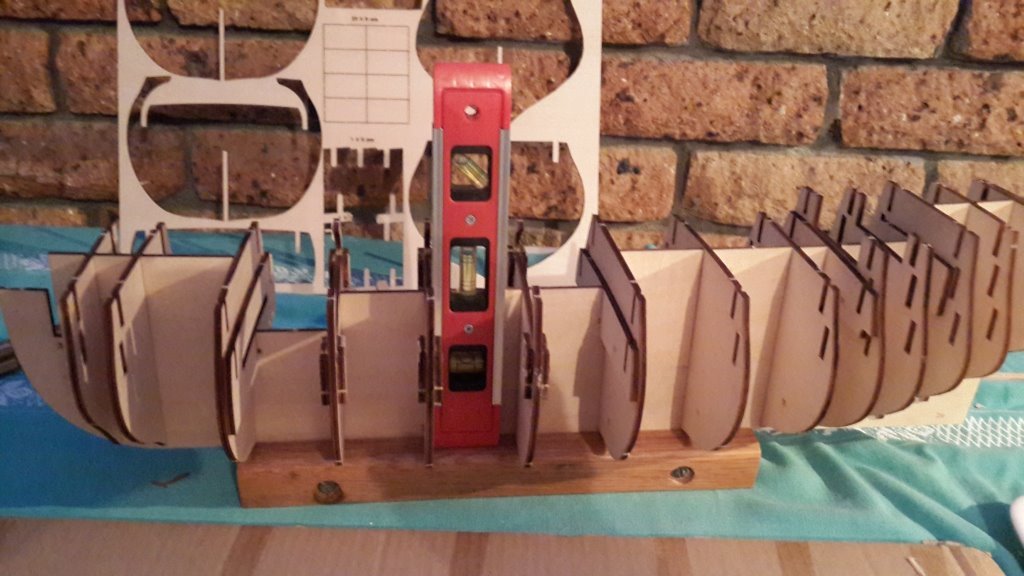
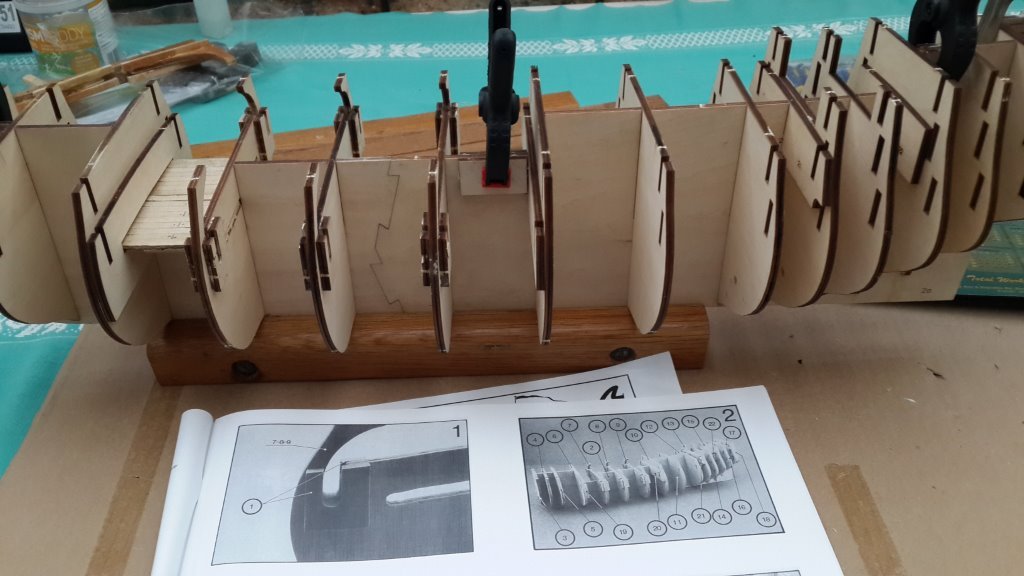
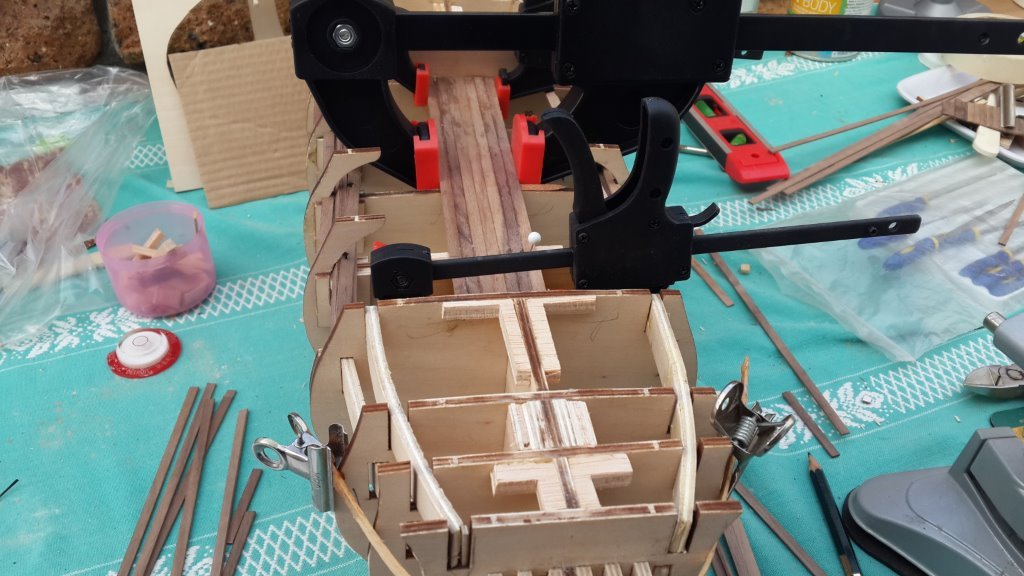
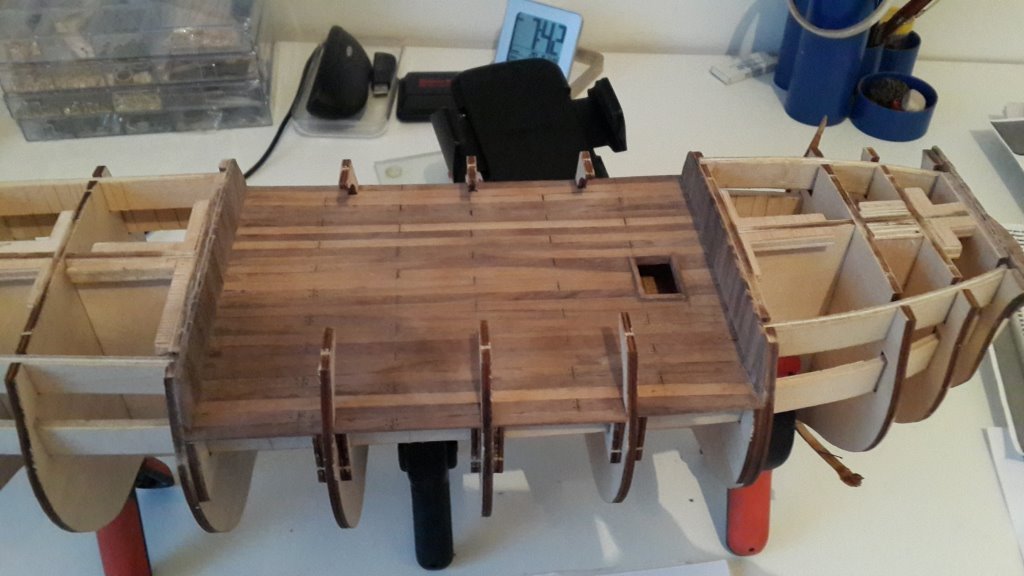
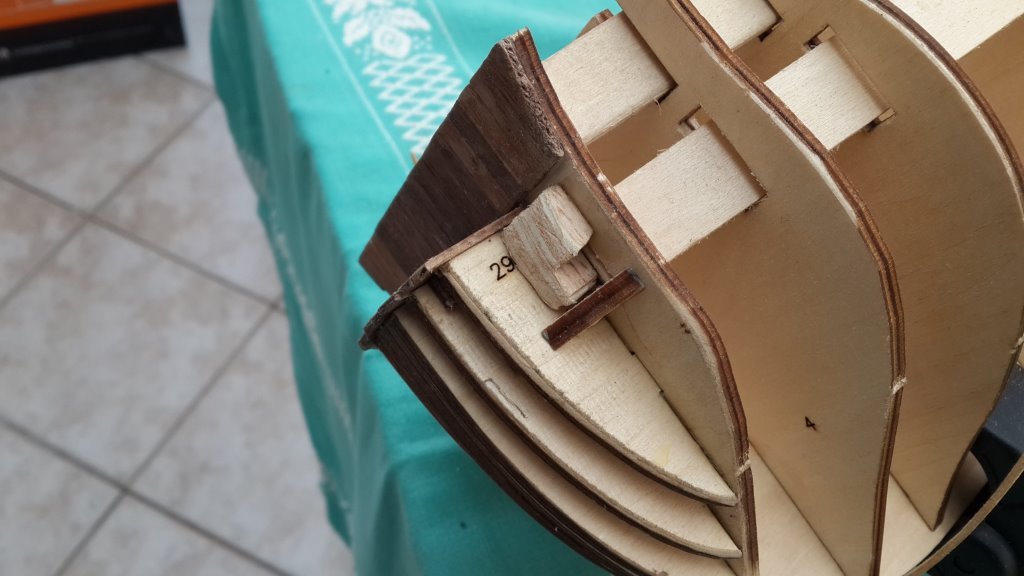
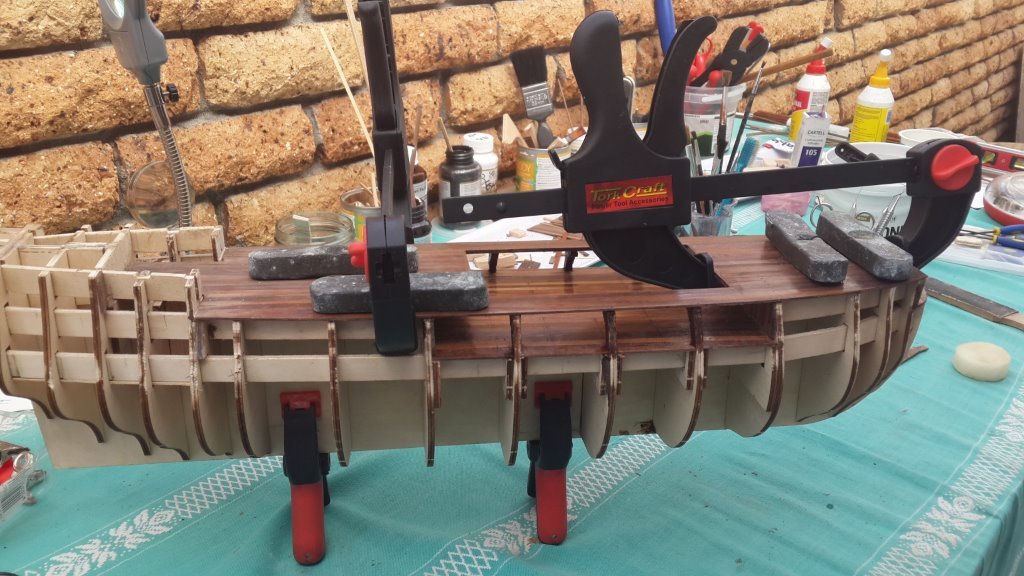
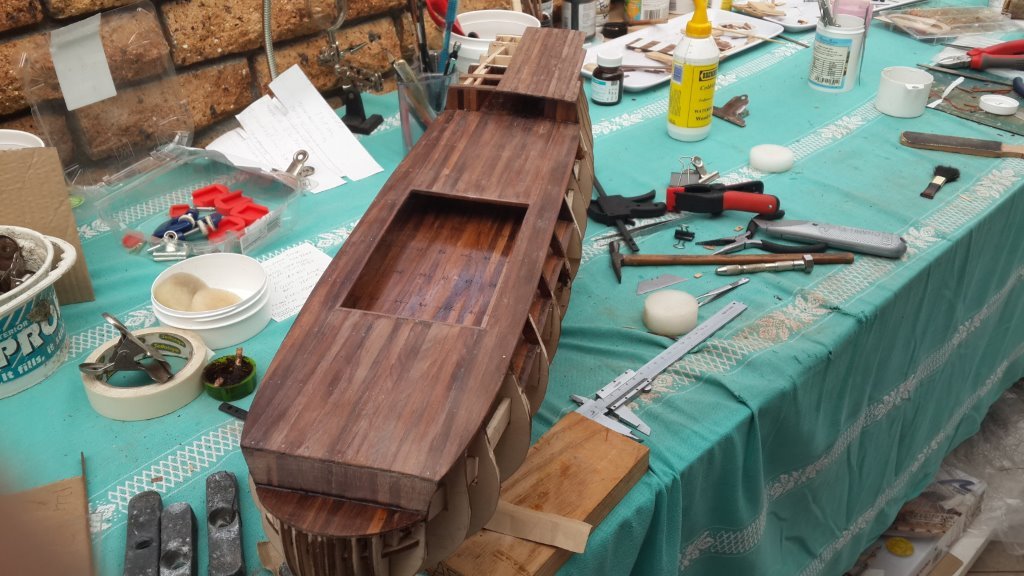
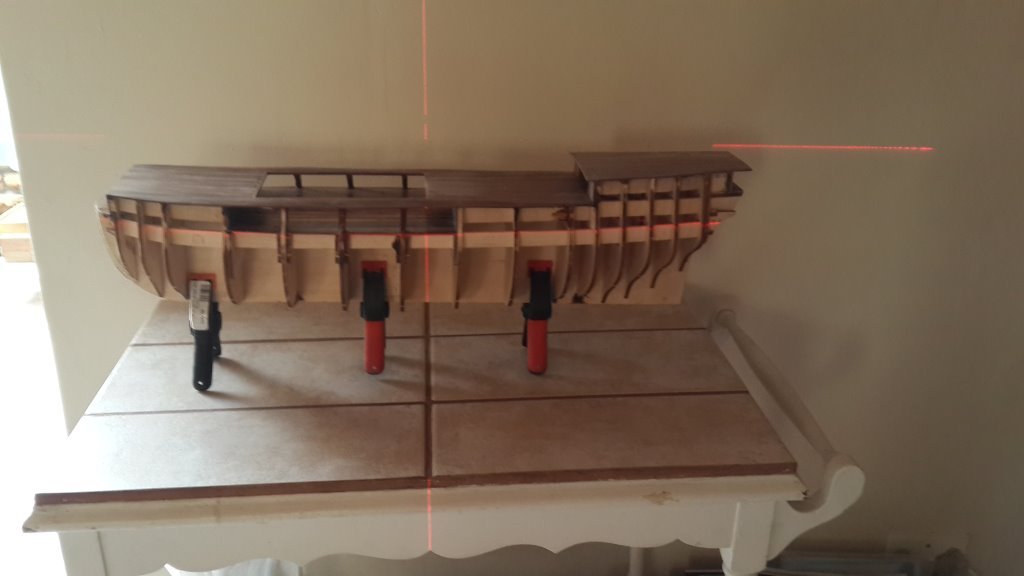
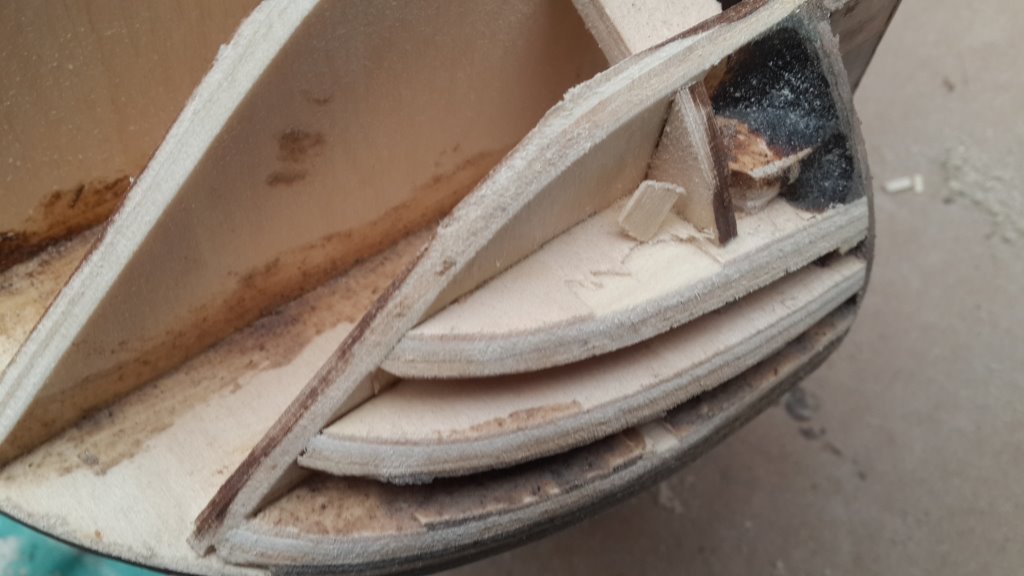
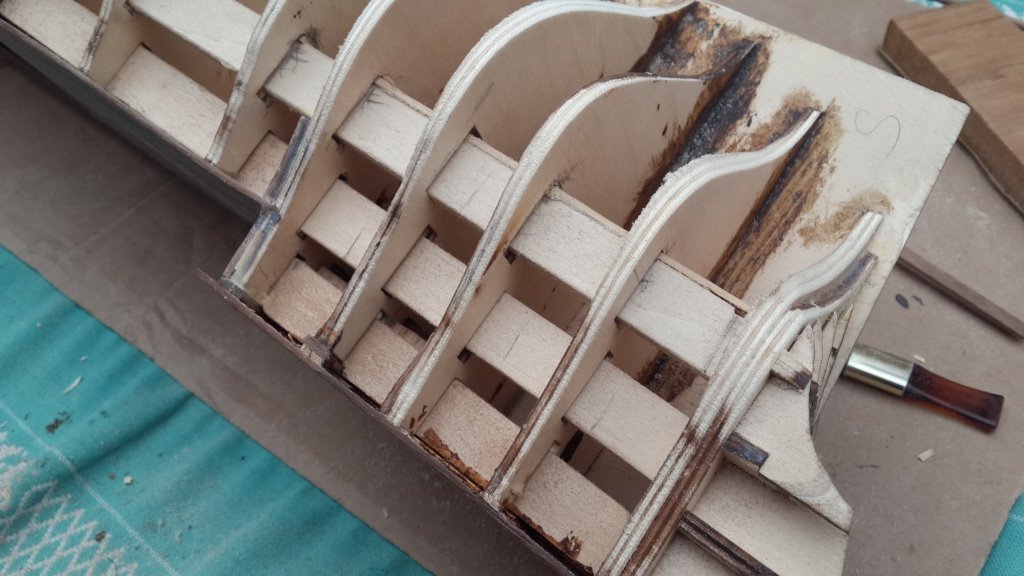
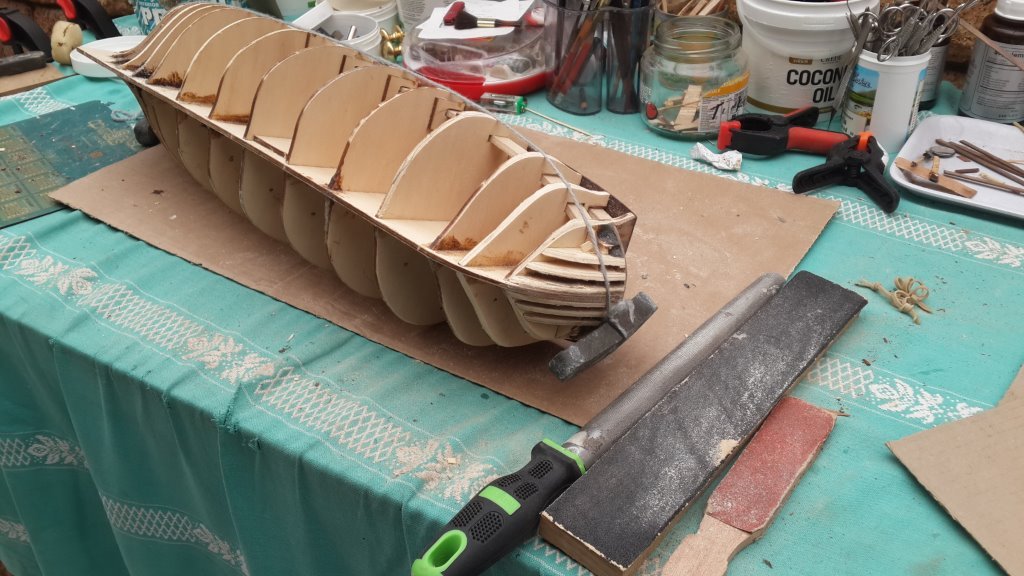
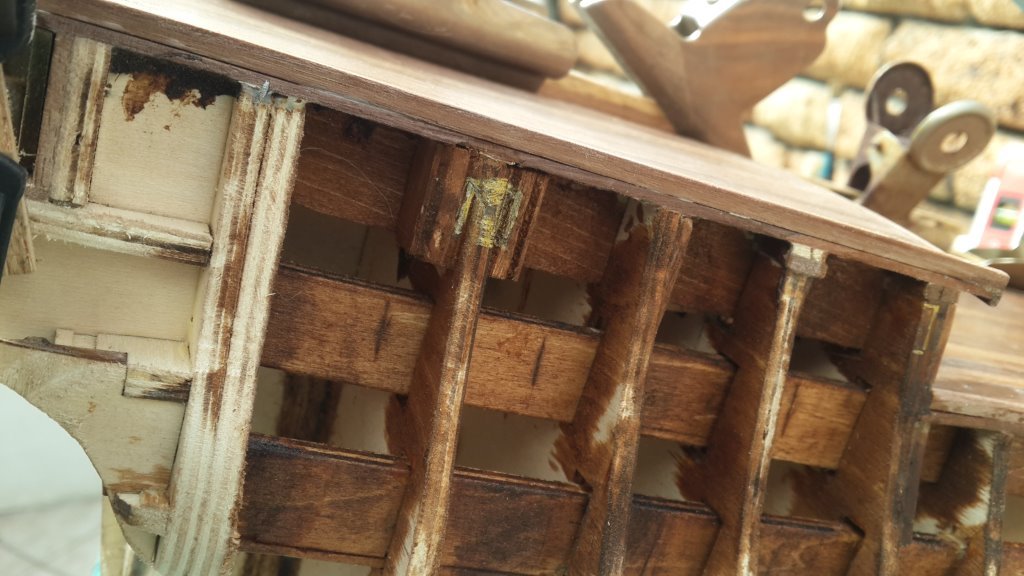
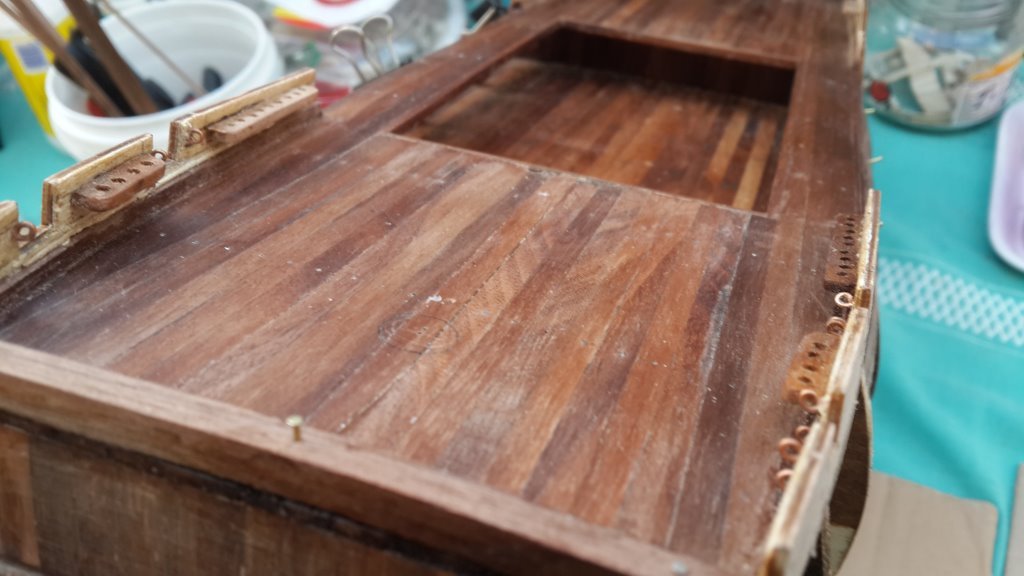
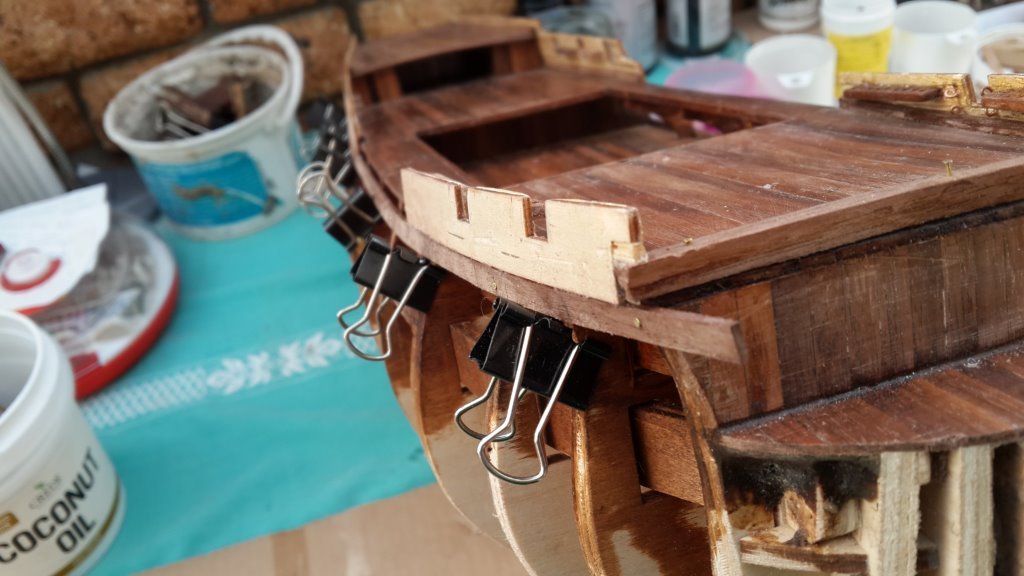
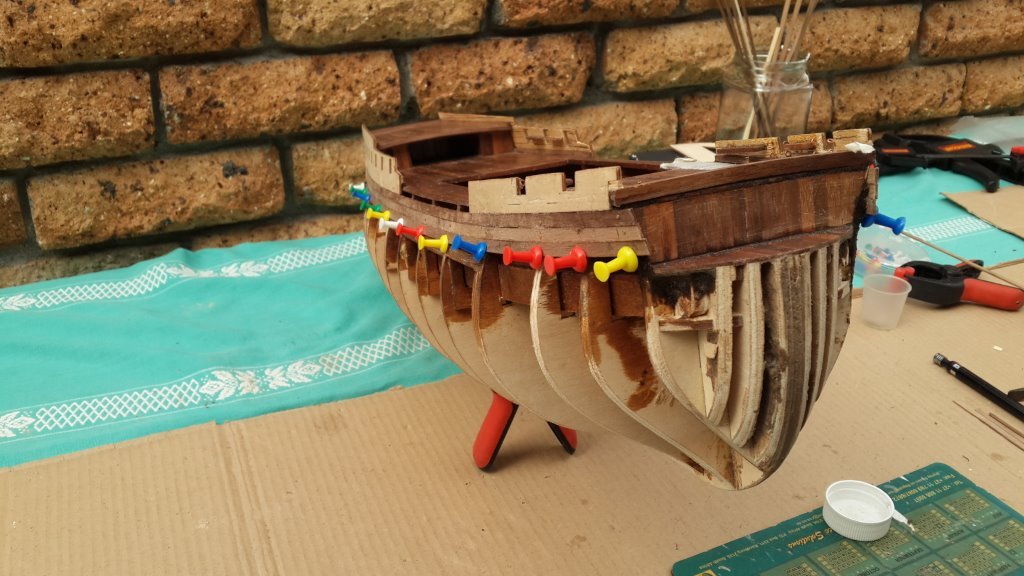
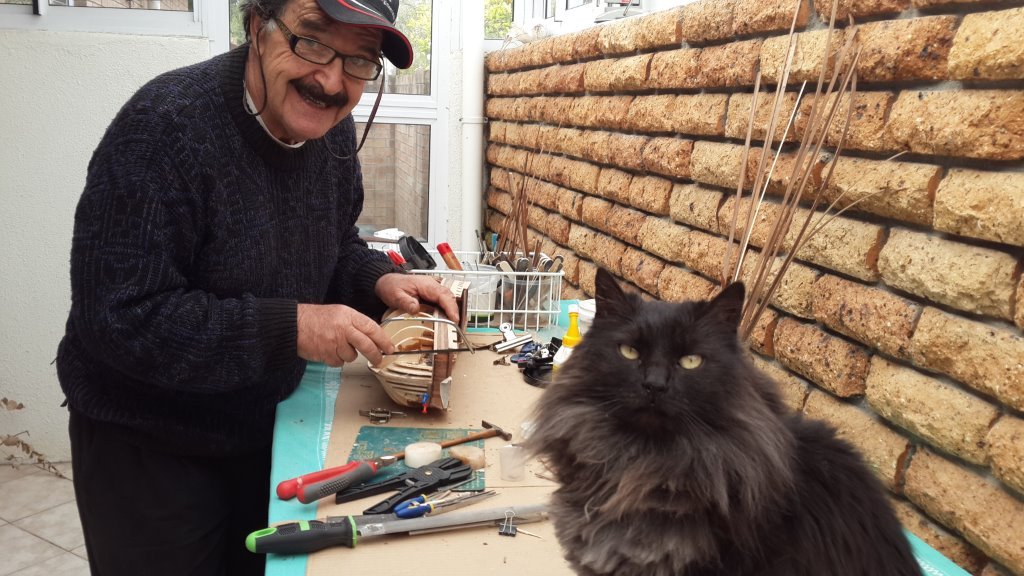
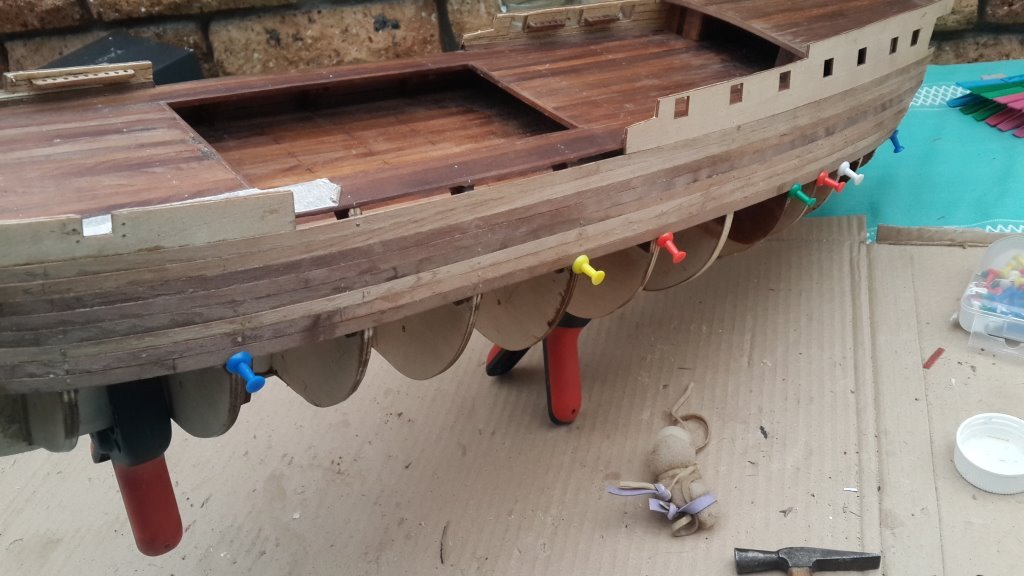
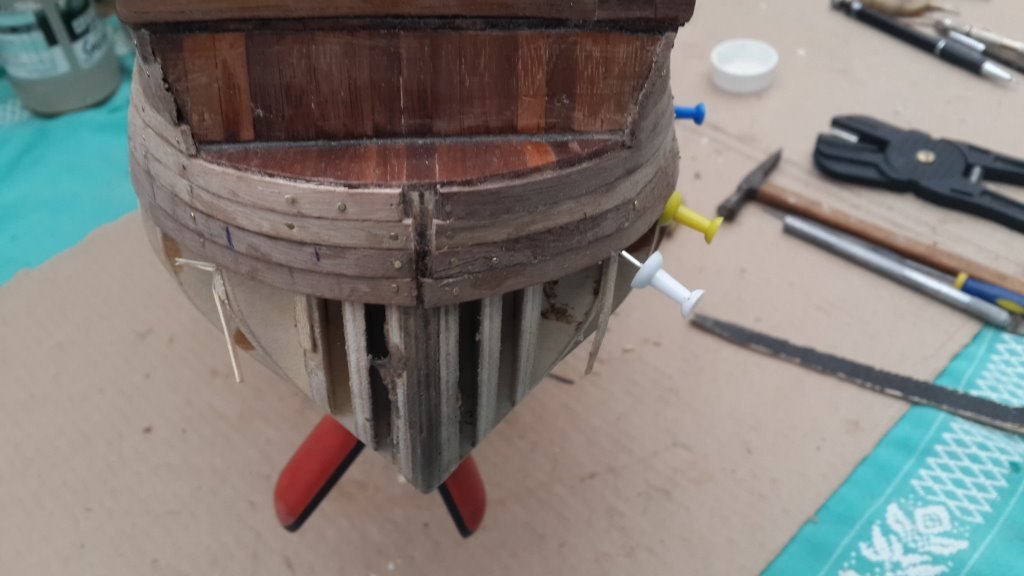
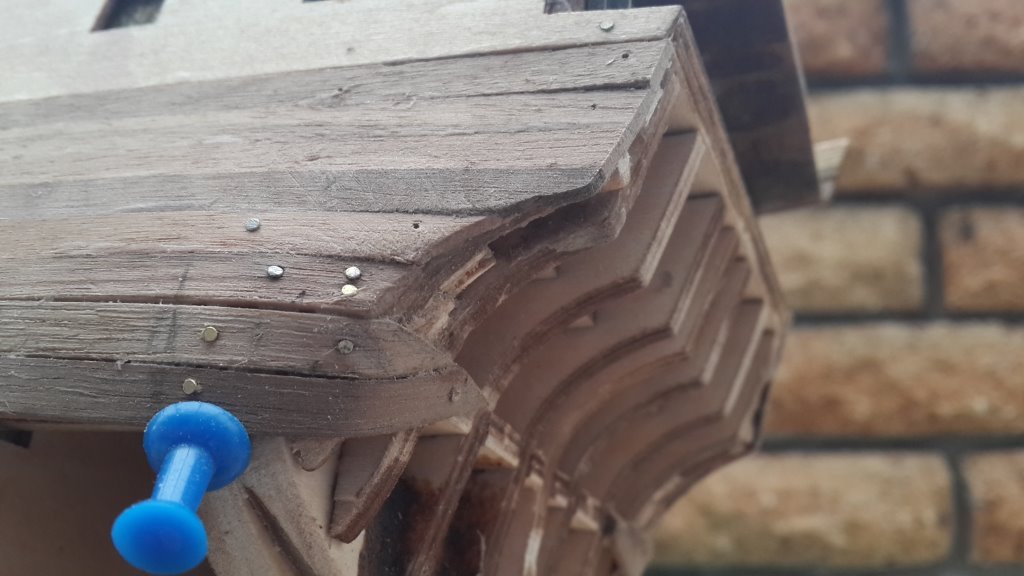

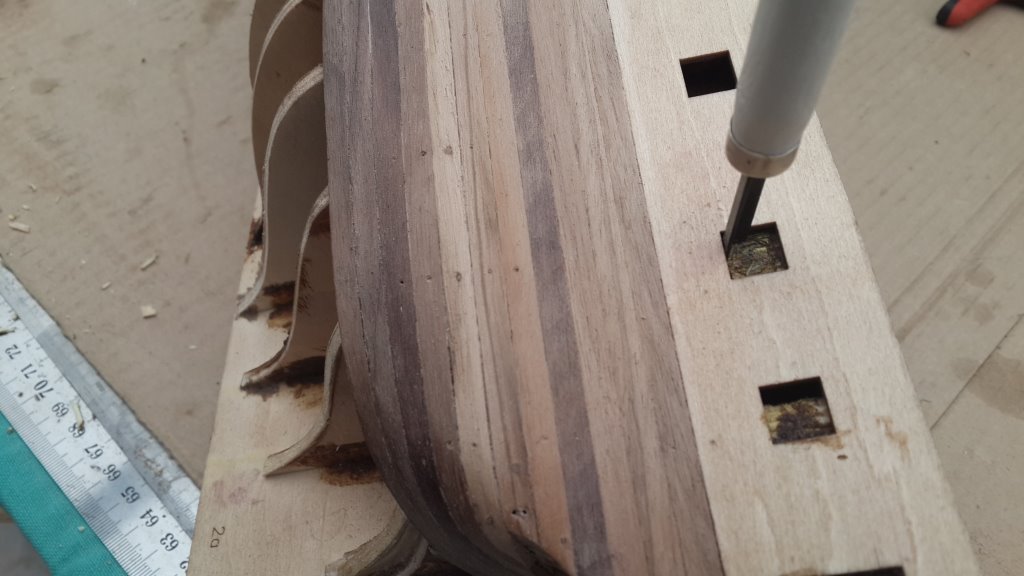
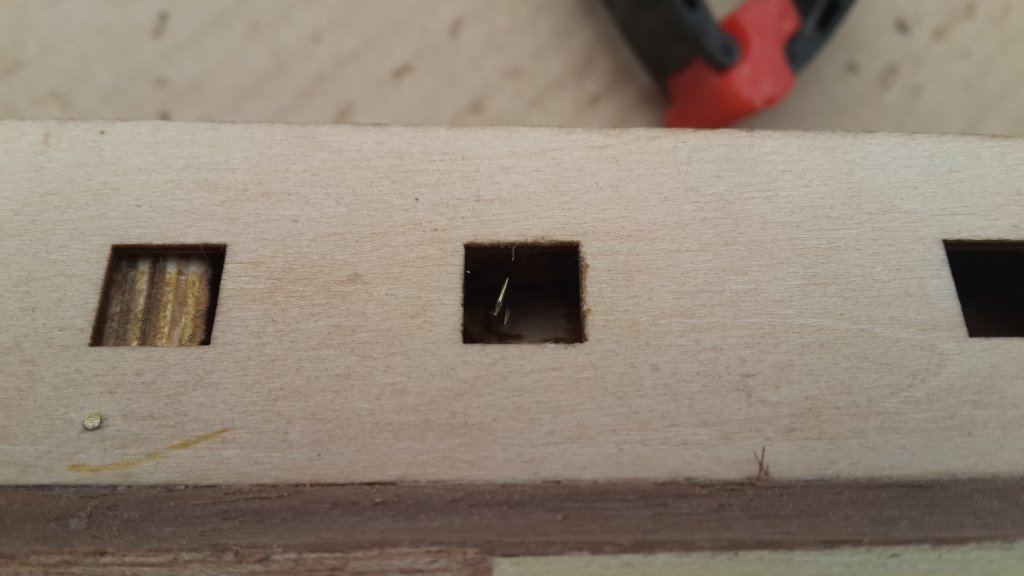

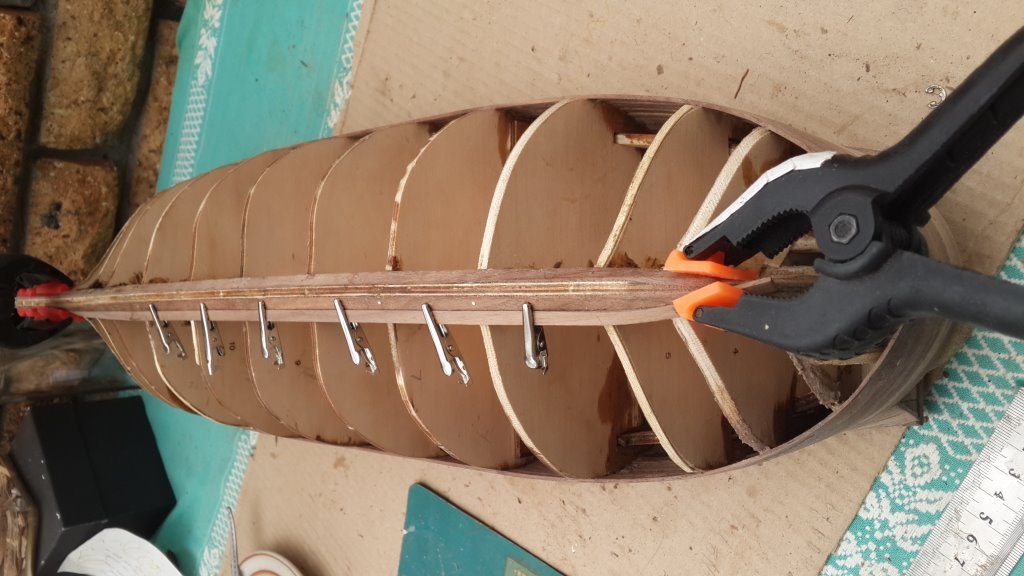
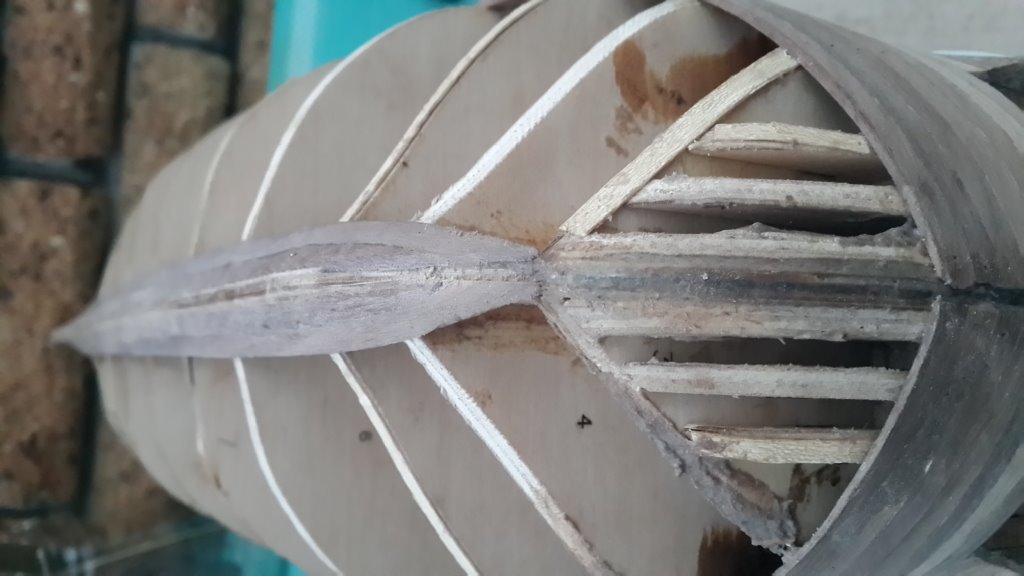

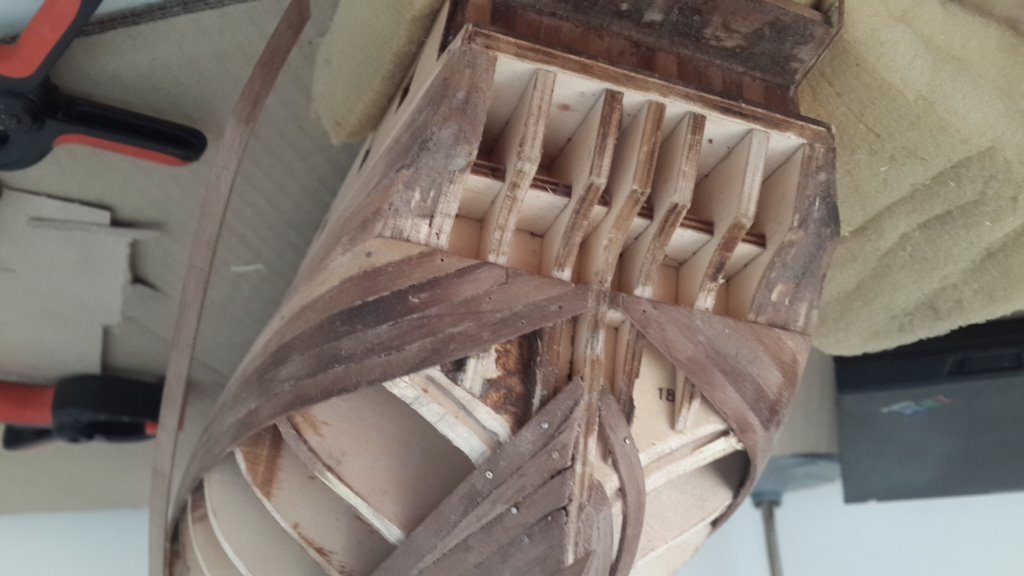
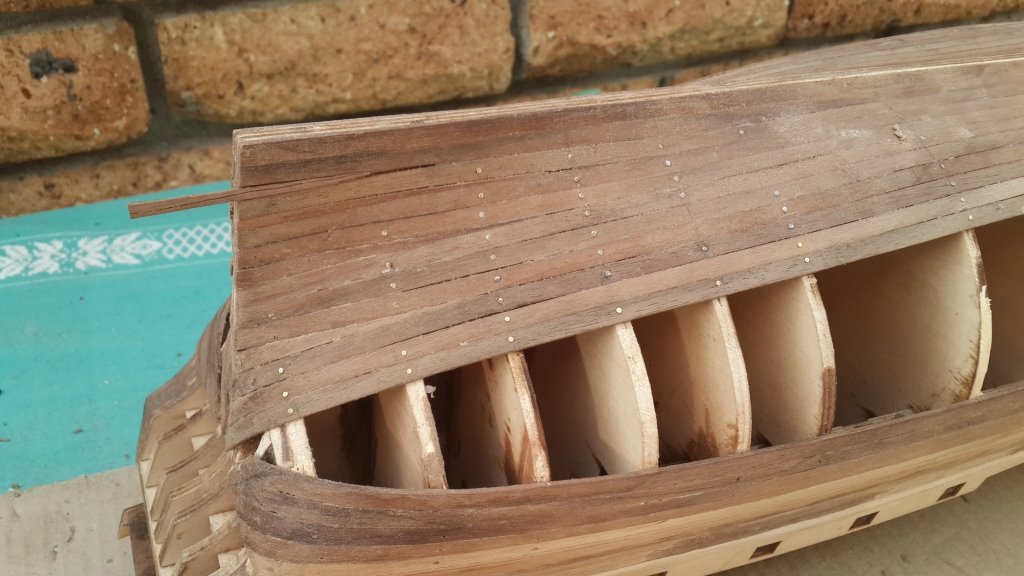
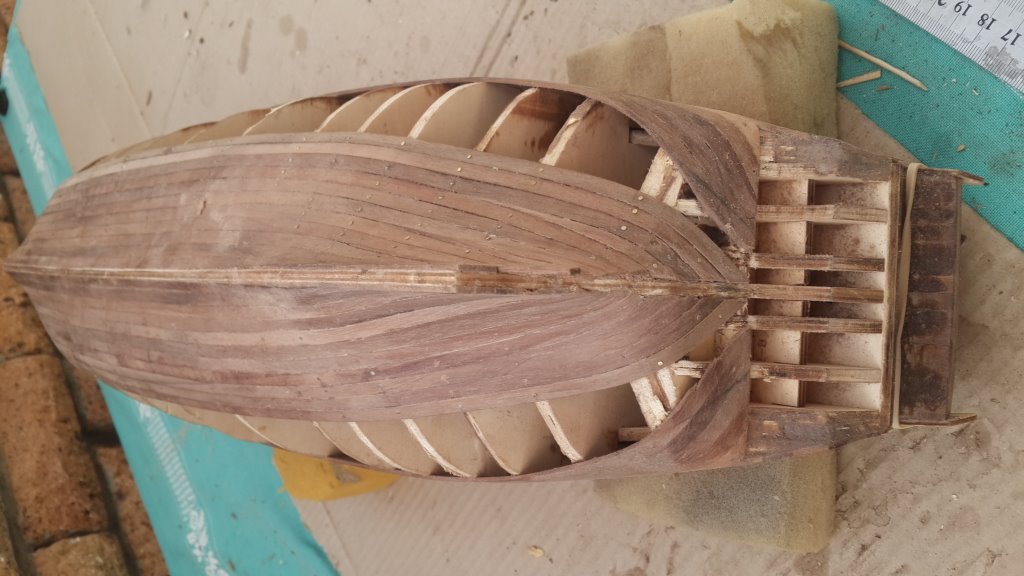
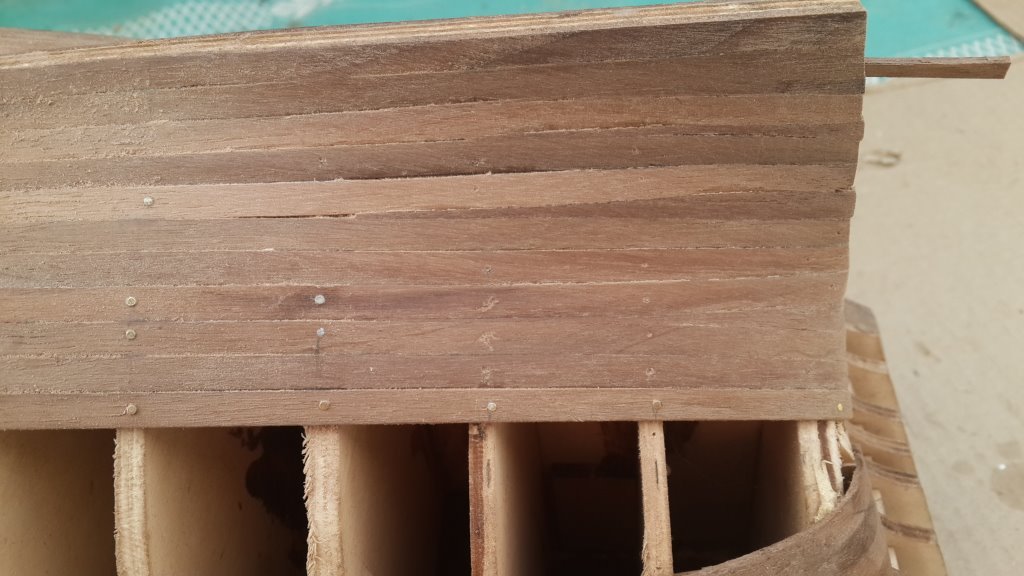
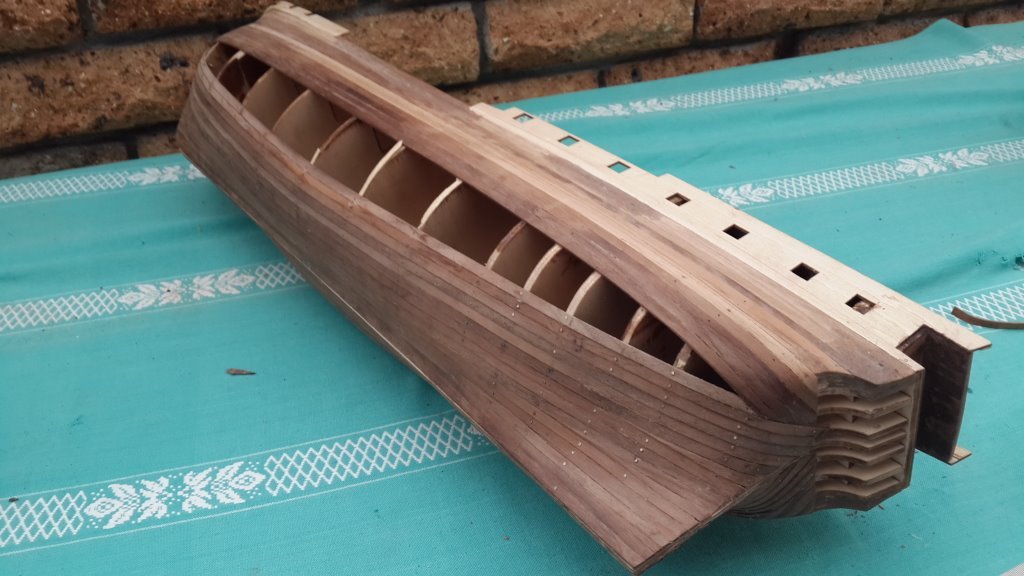
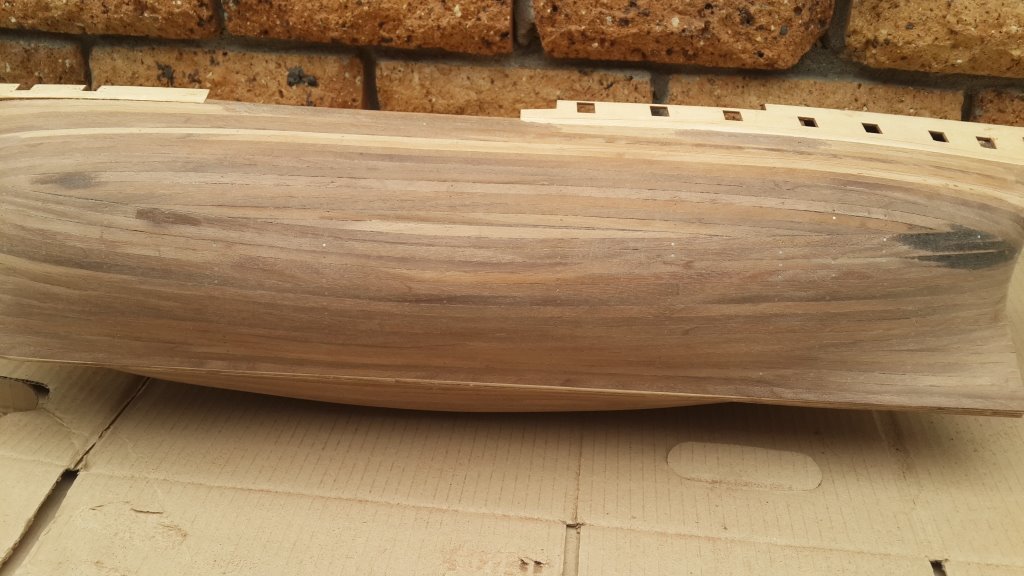
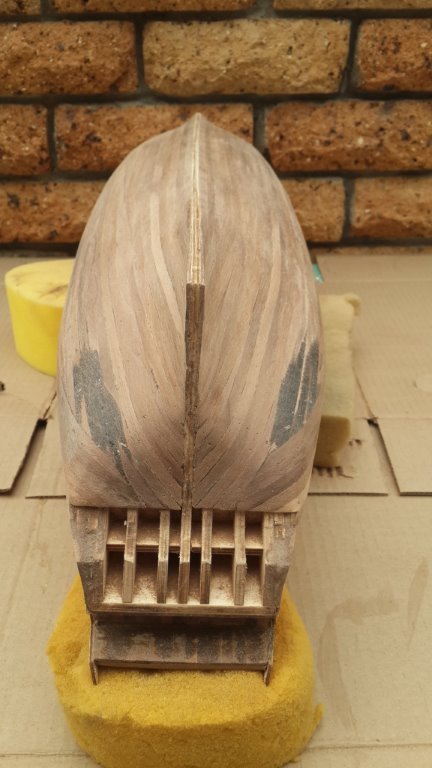
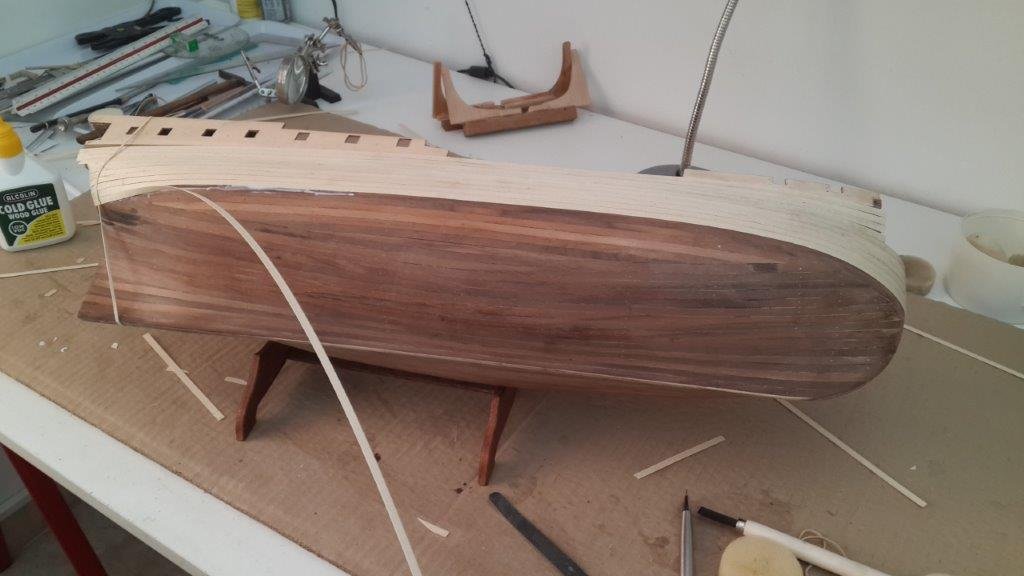
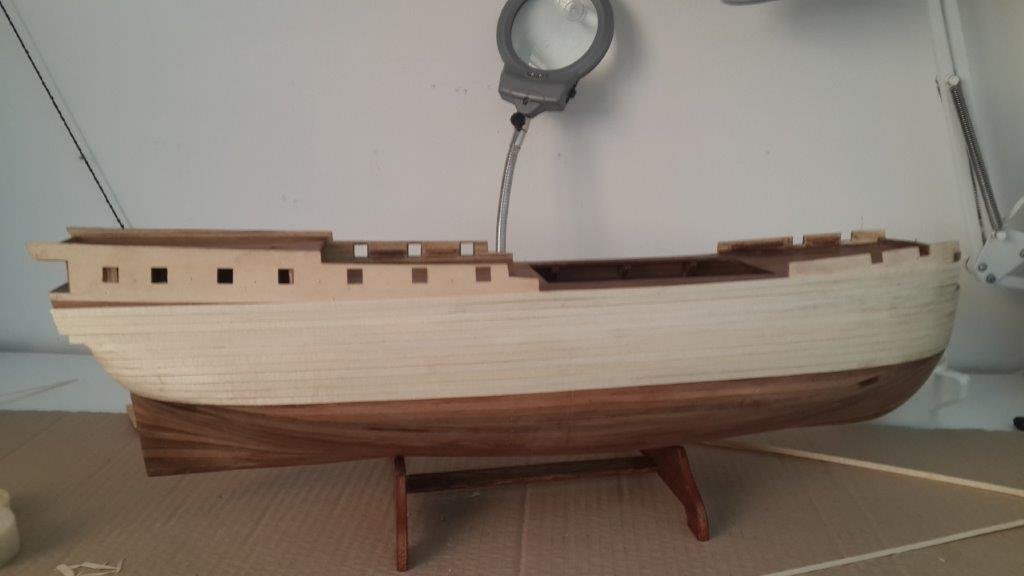
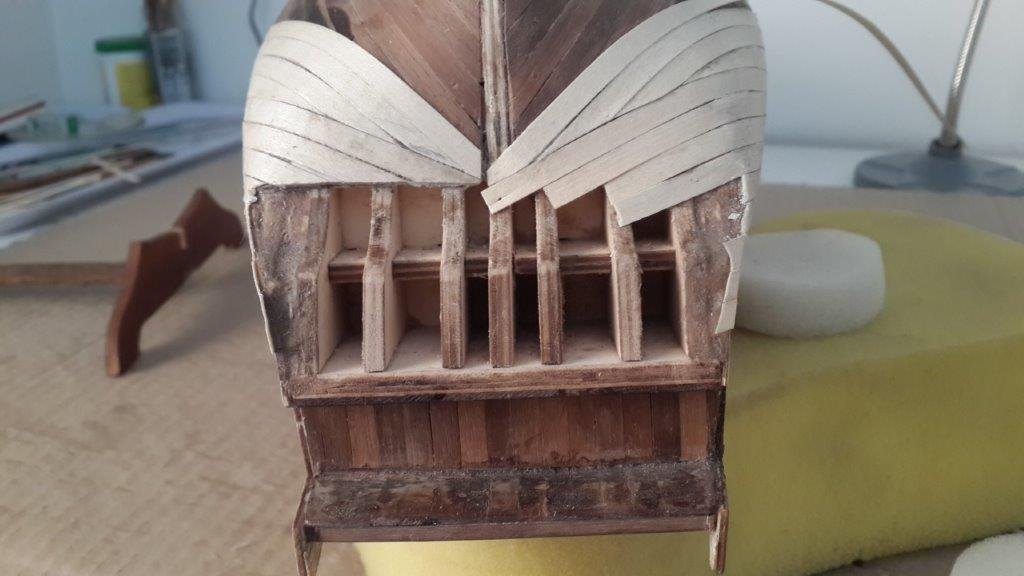
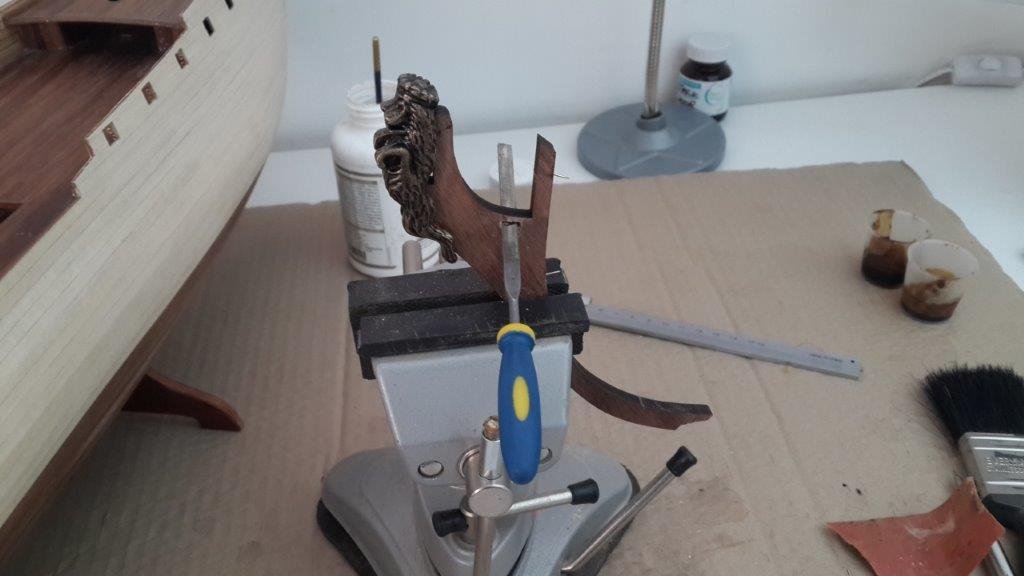
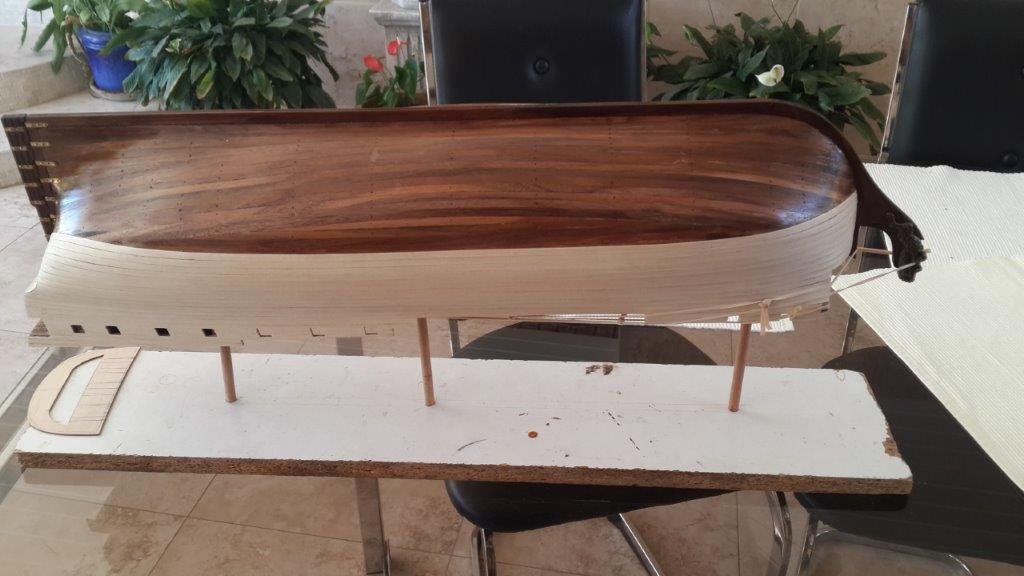
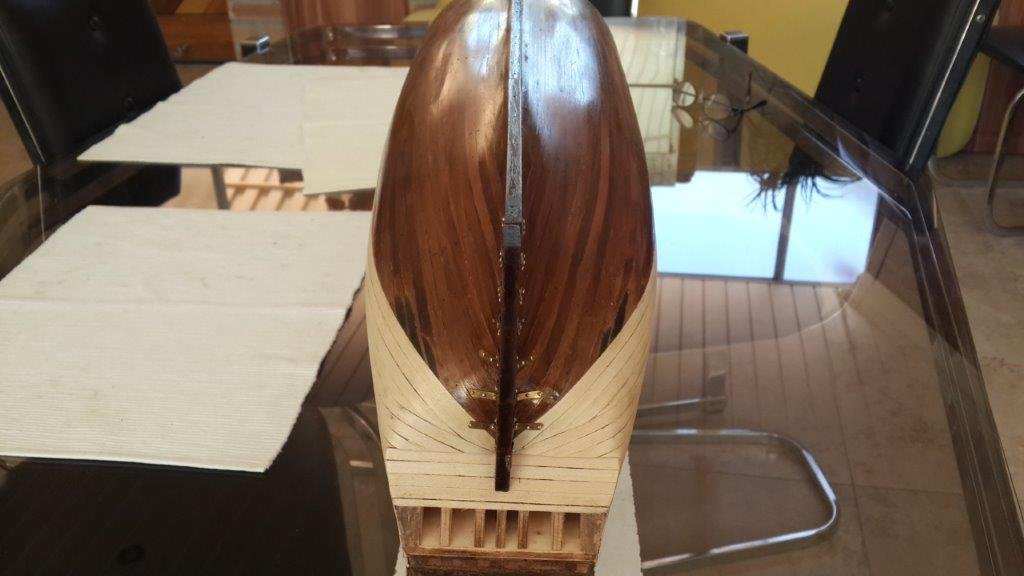
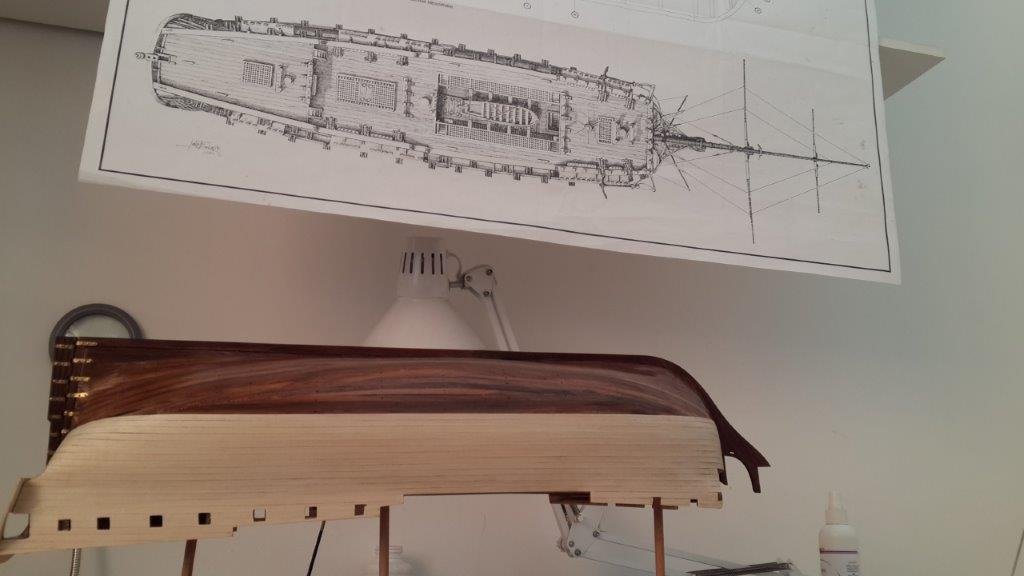

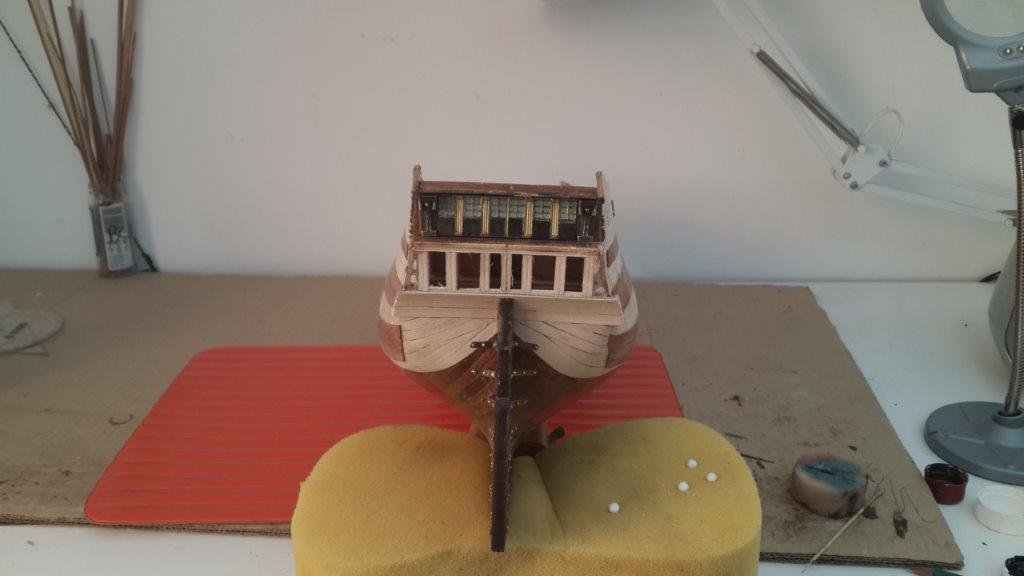
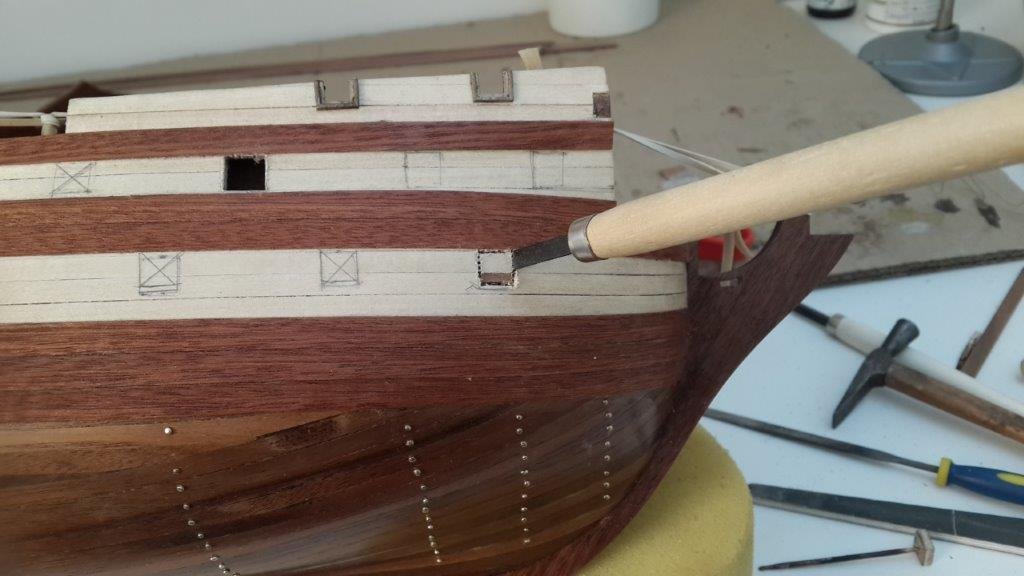
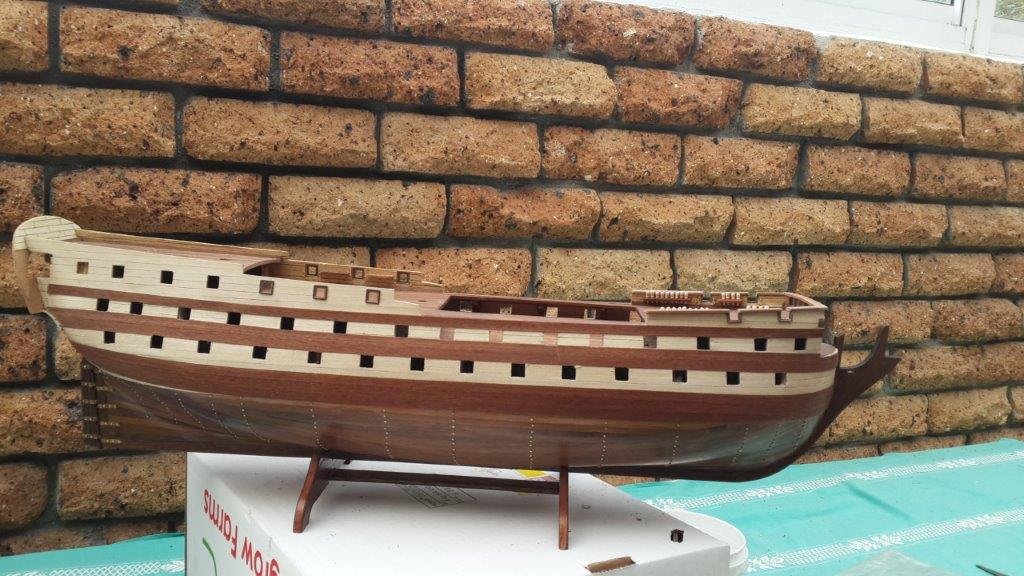
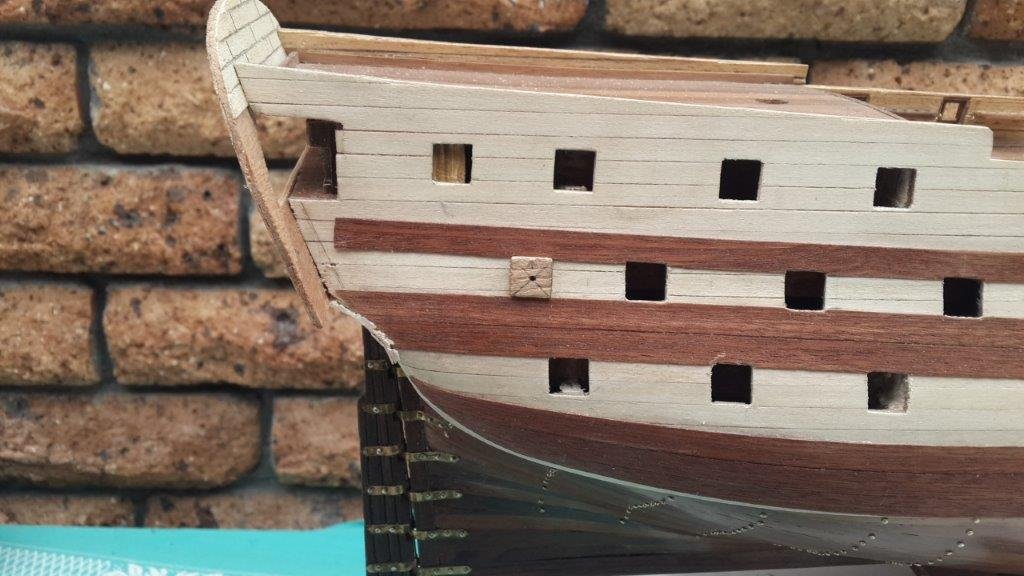
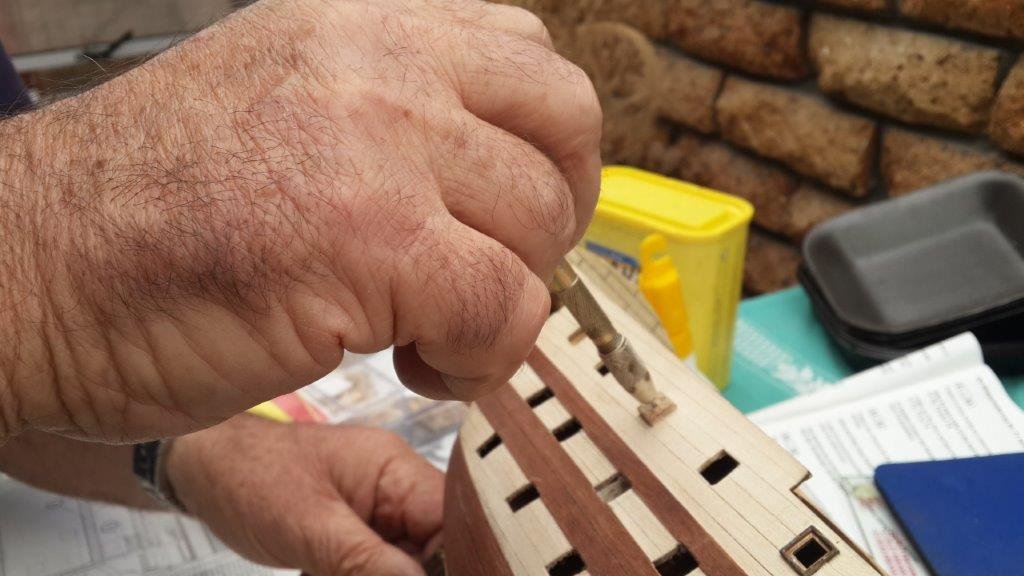
.jpg.429bfdad00721e0e74e08eeeb658cb56.jpg)
.jpg.dae456ddc10e42e2b680bf83afed9e87.jpg)
.jpg.1ede568f57a7a5cf8ddbd3e988c4a5e5.jpg)
.jpg.bd57a819f64cbbafbf3d71dcecb7fa73.jpg)
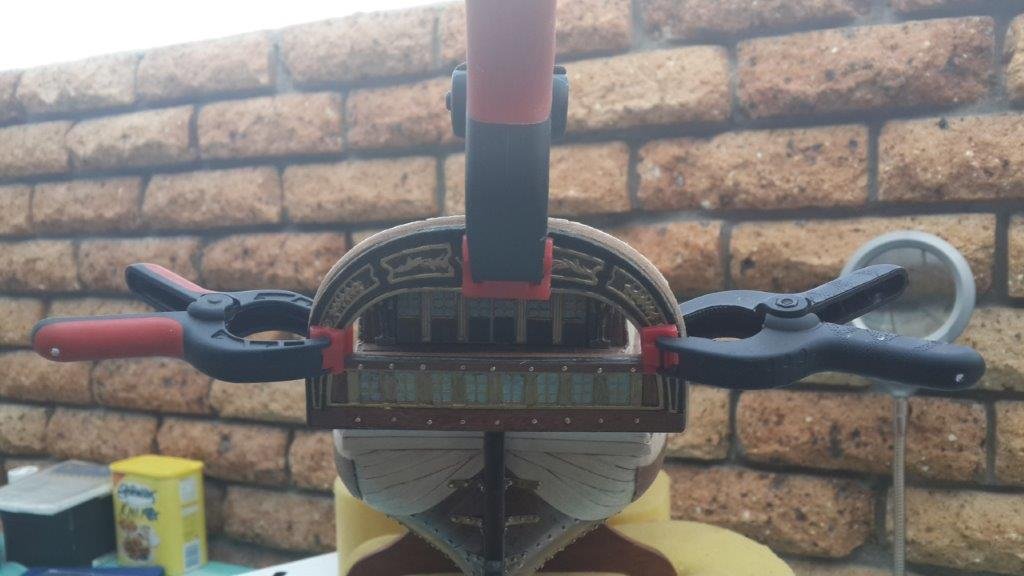
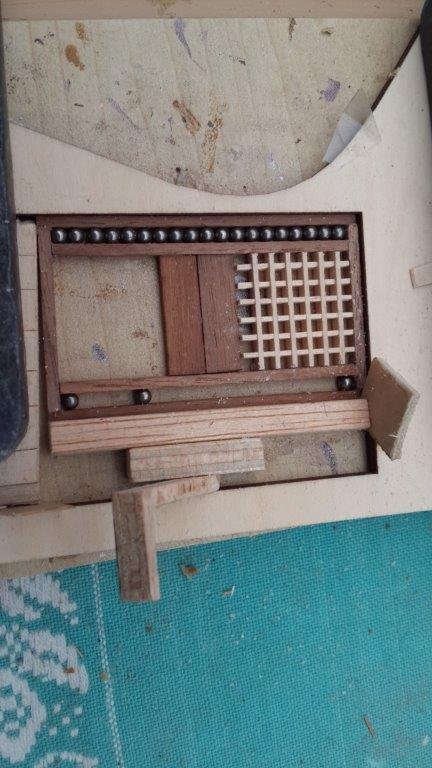
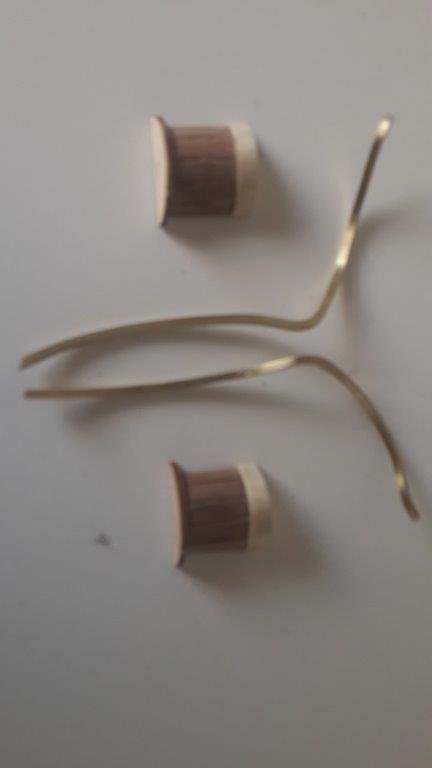

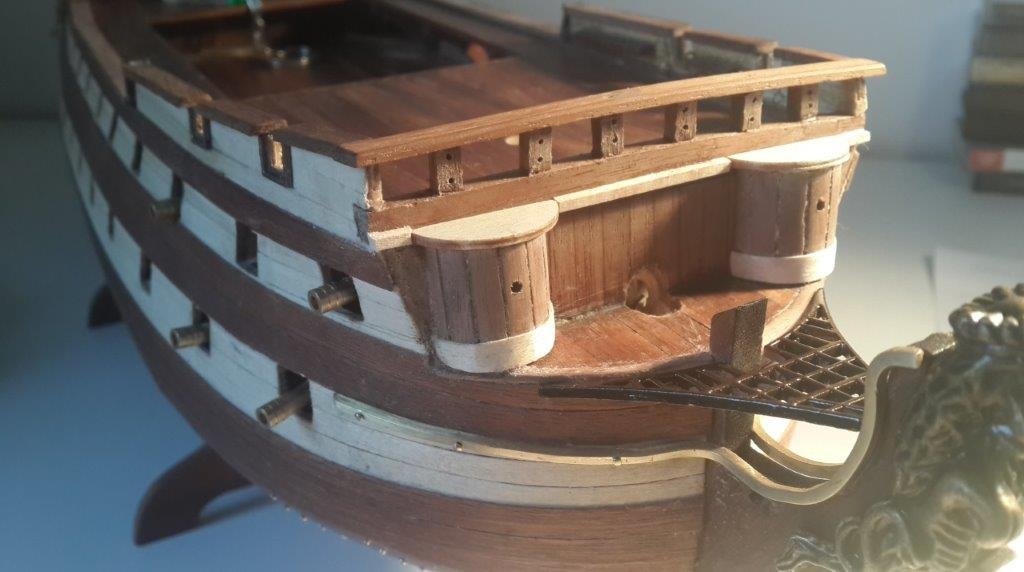
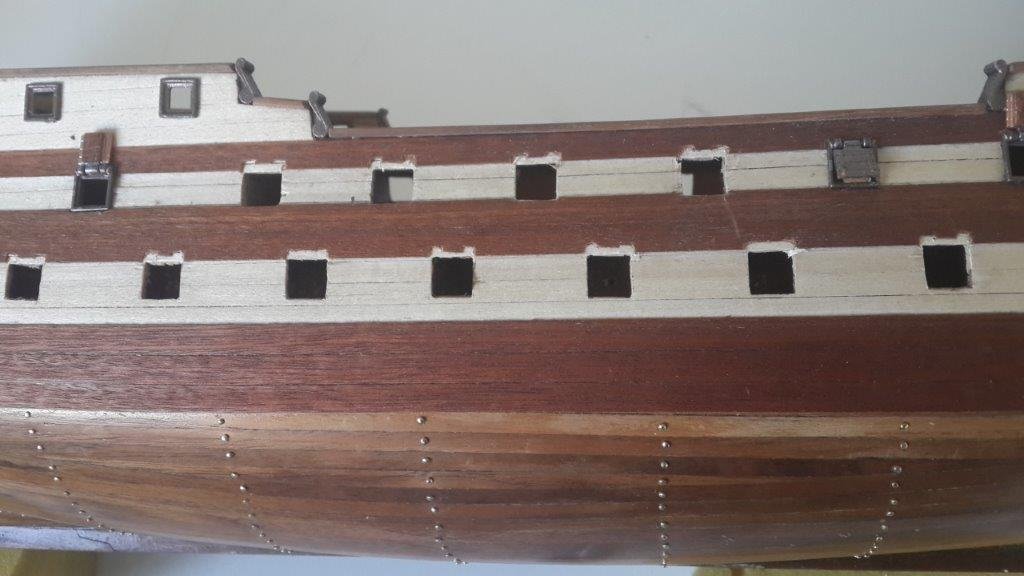
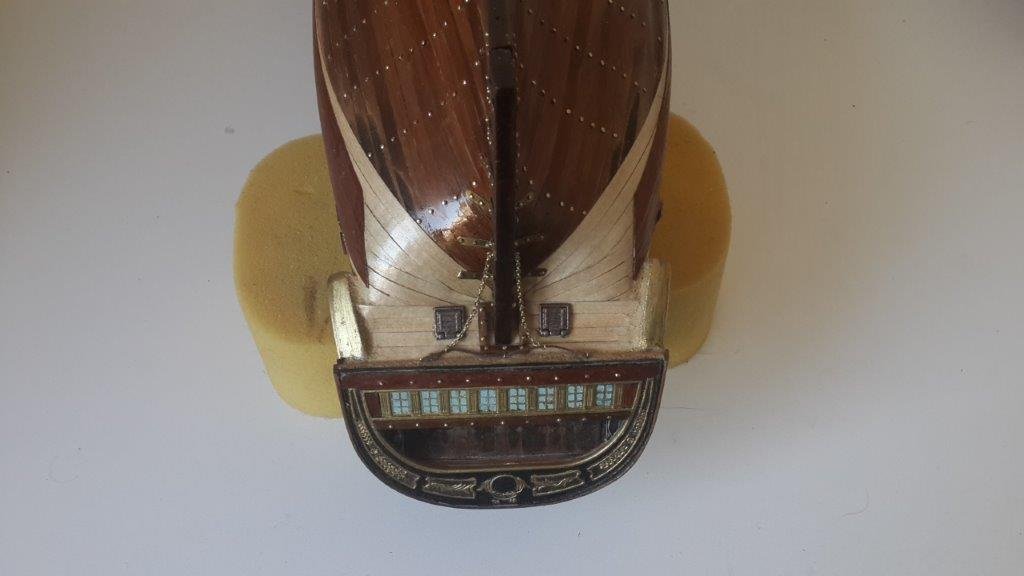
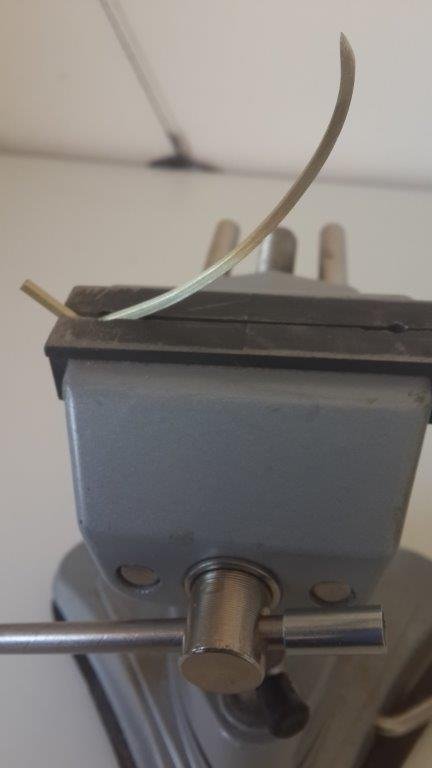
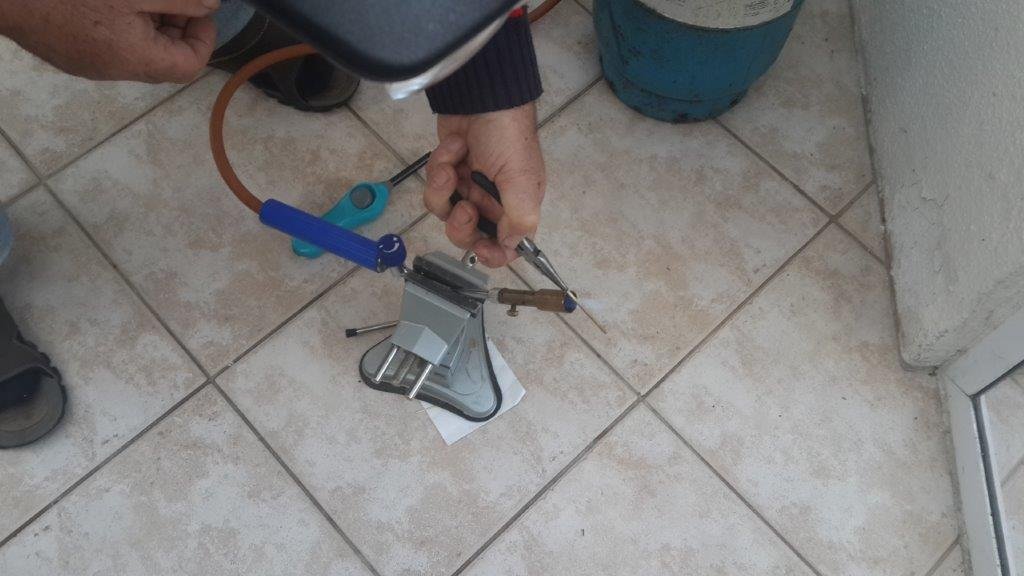
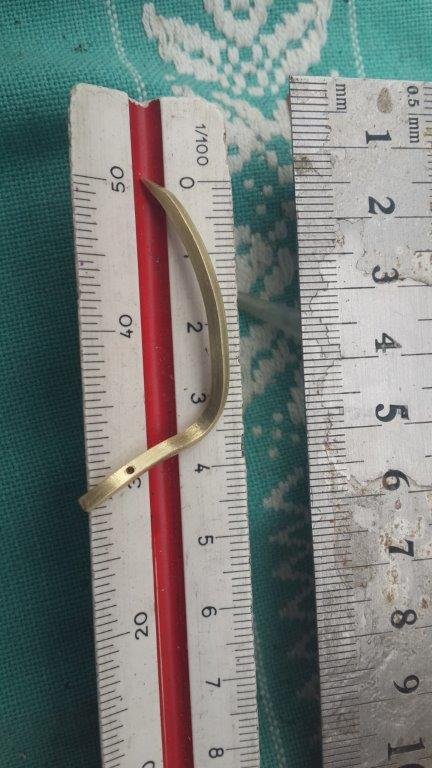
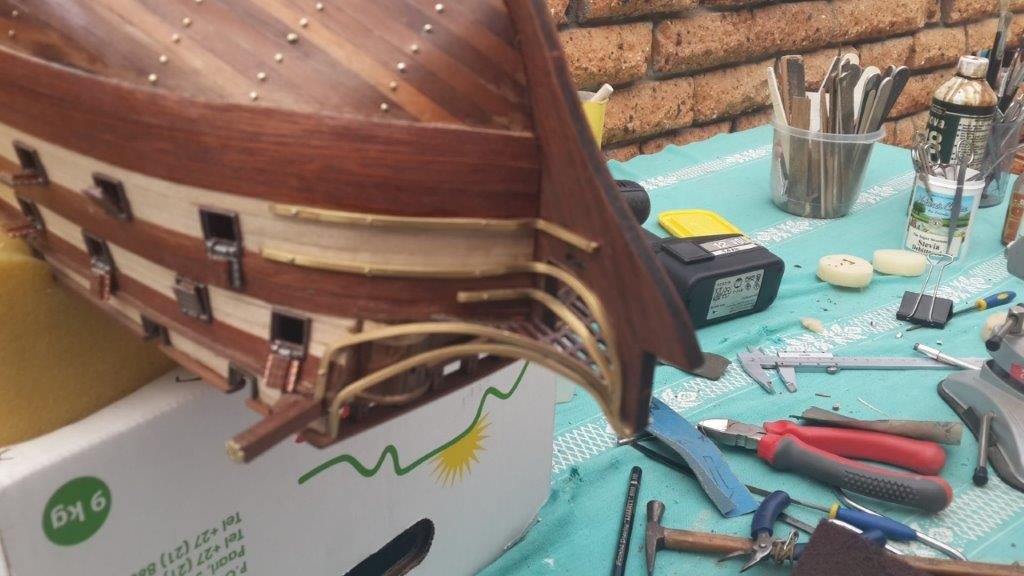
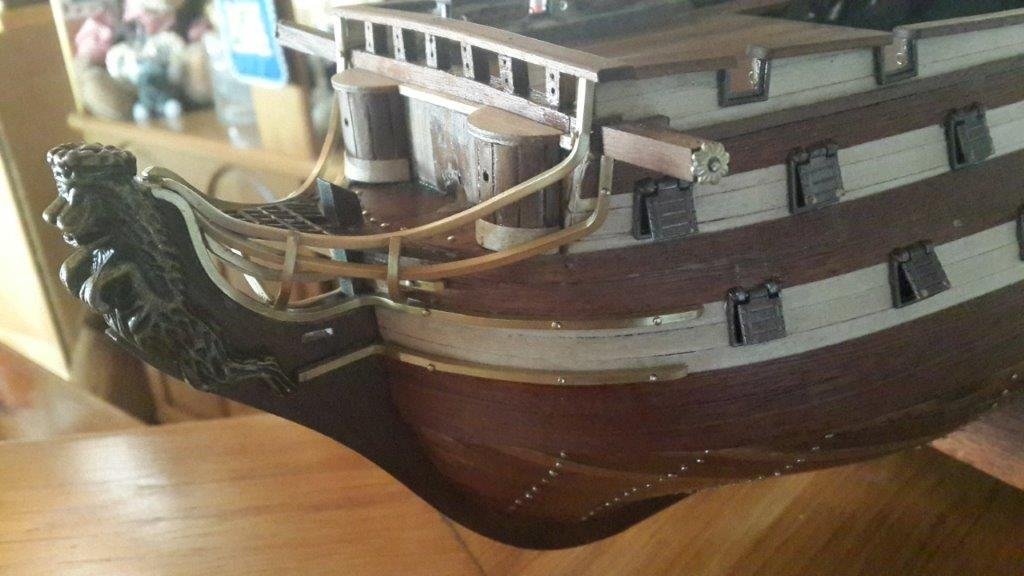
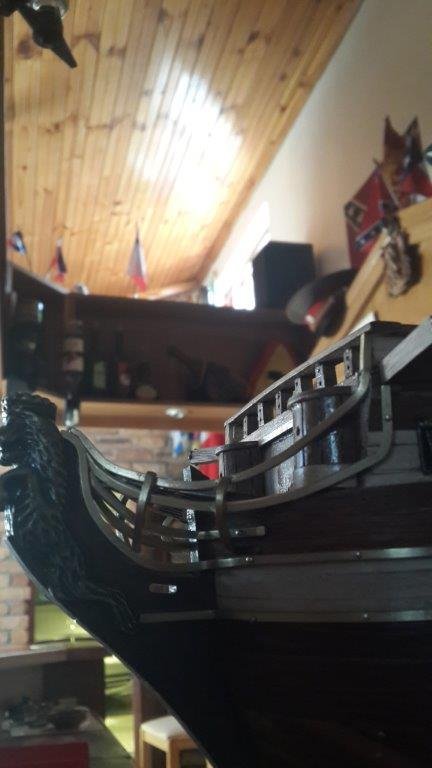
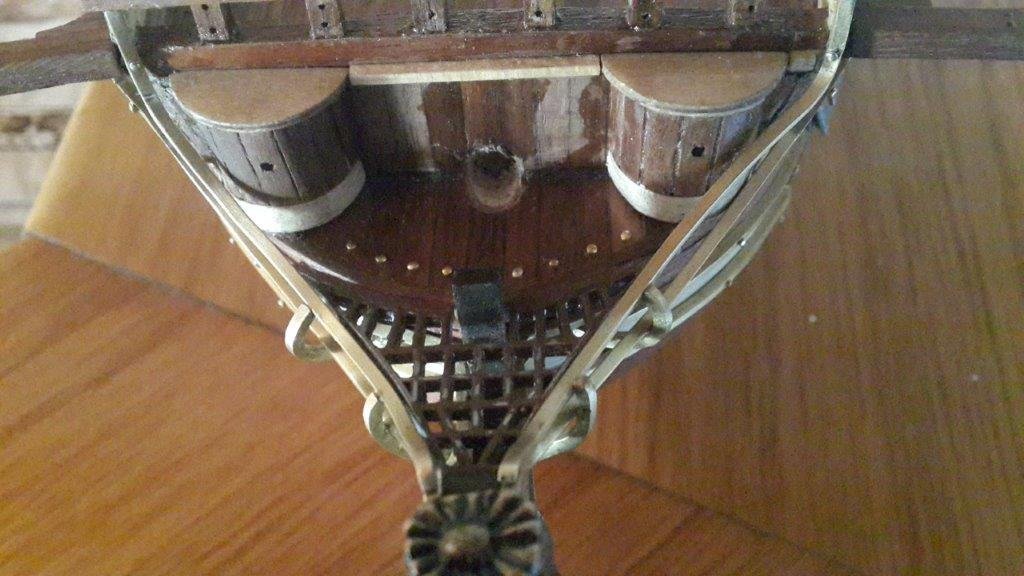
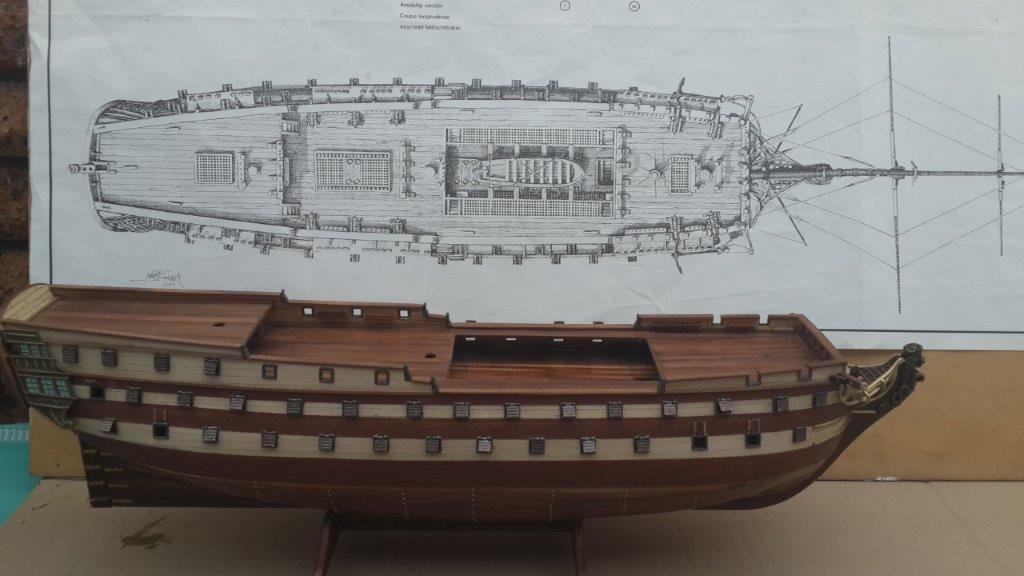
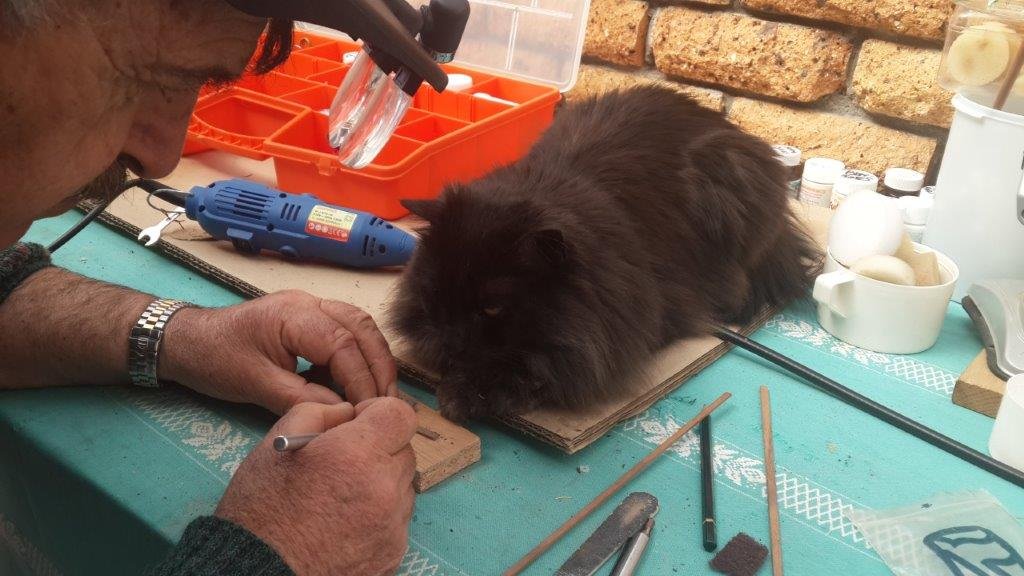
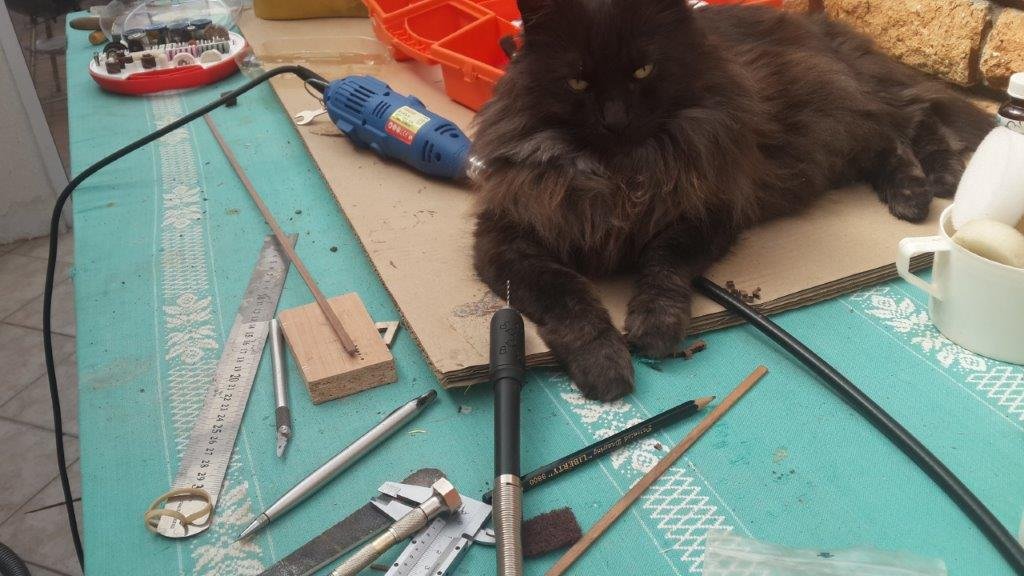
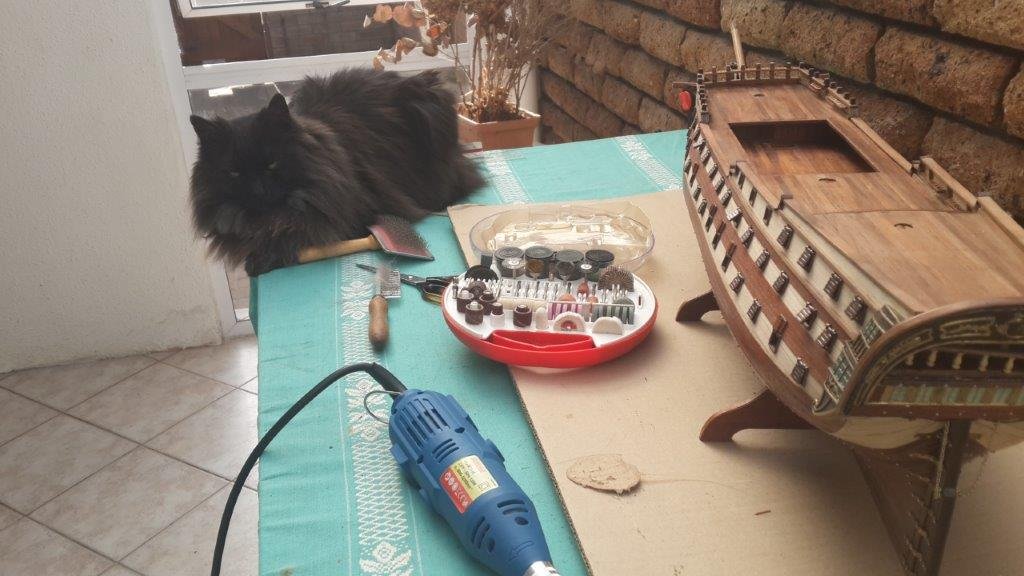
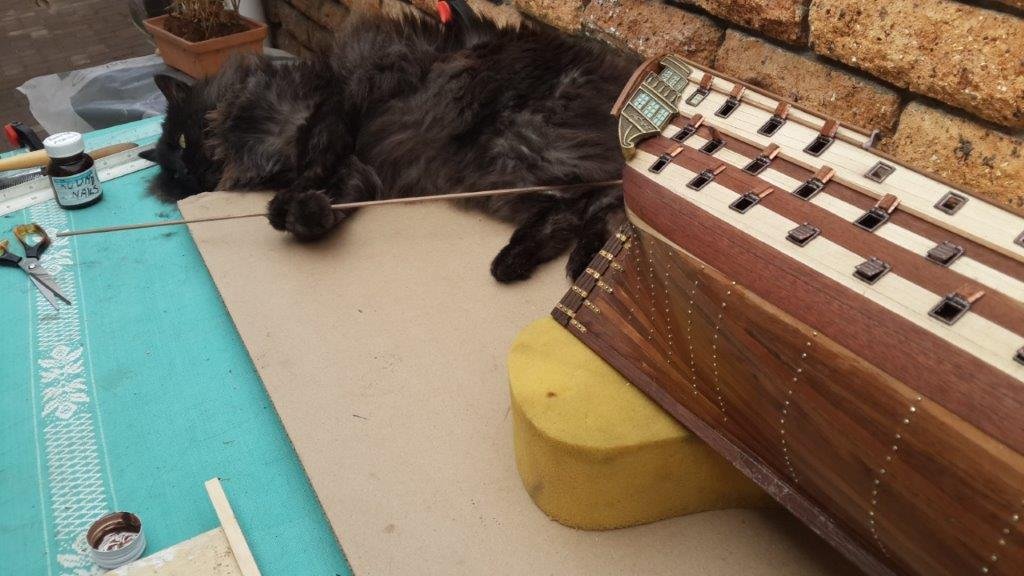
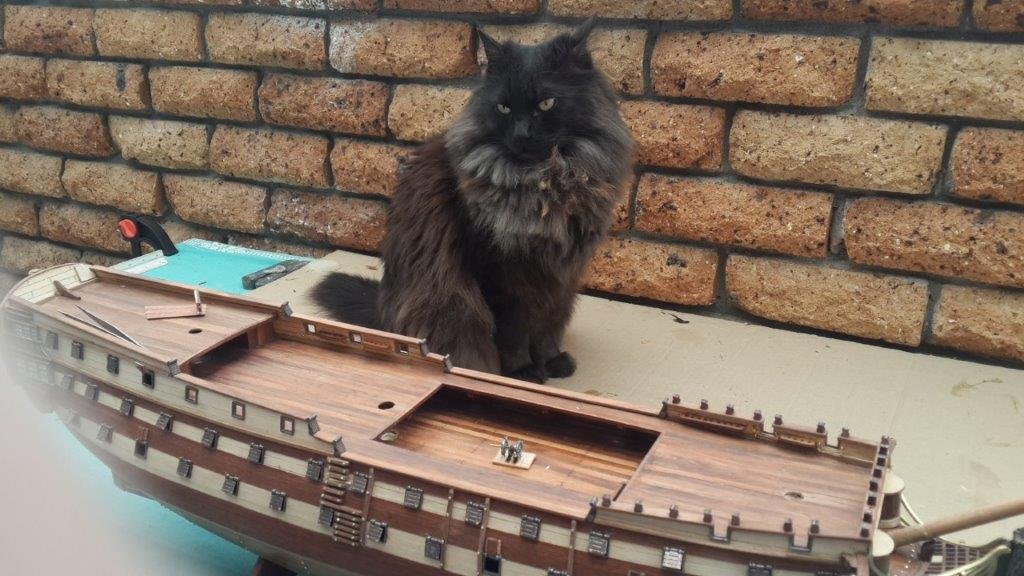
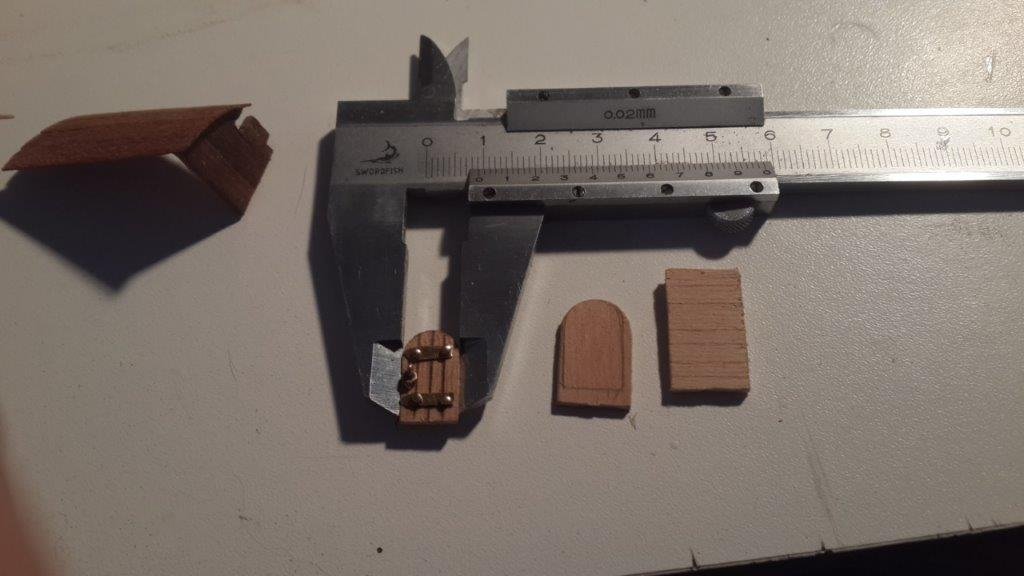
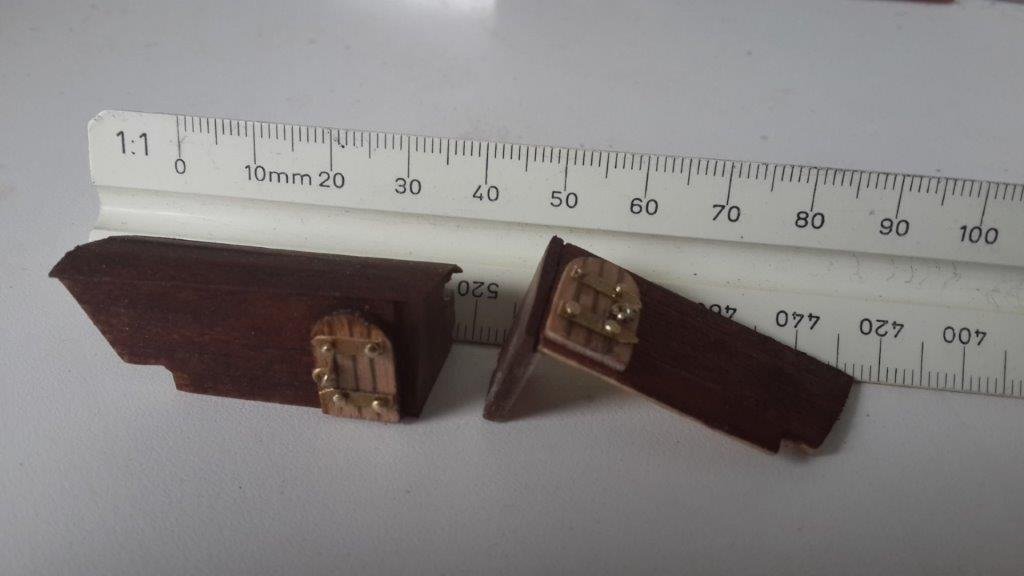
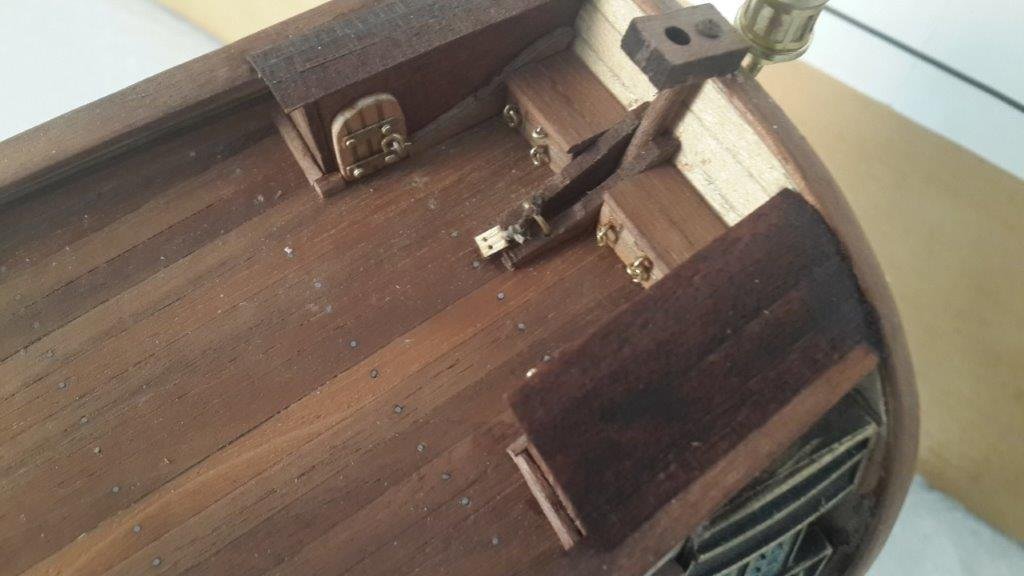
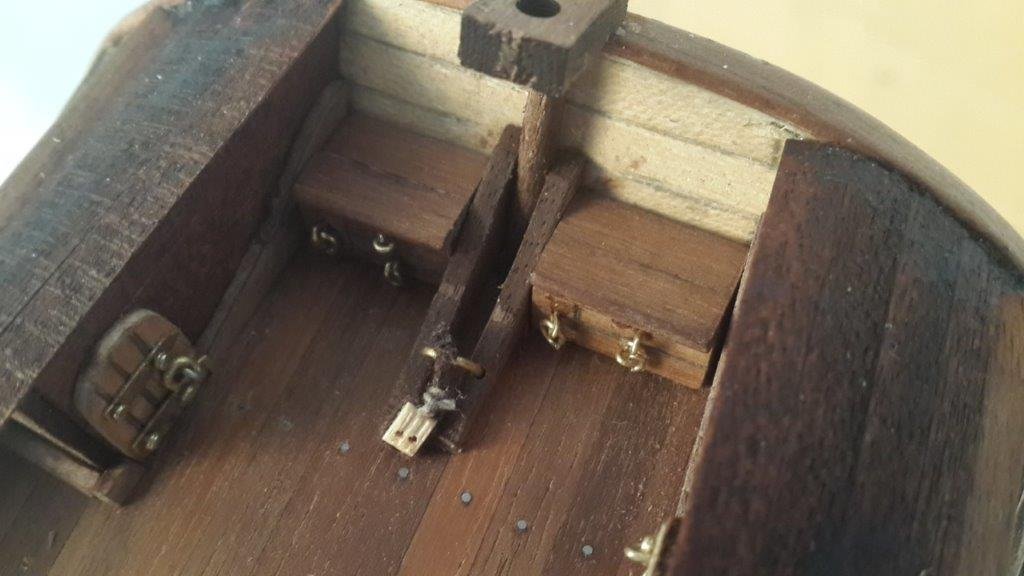
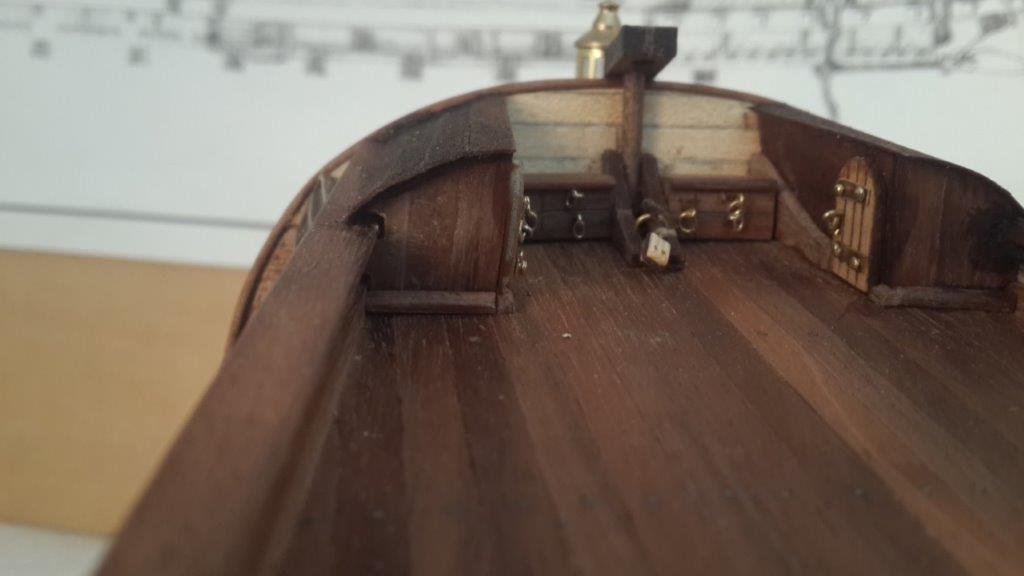
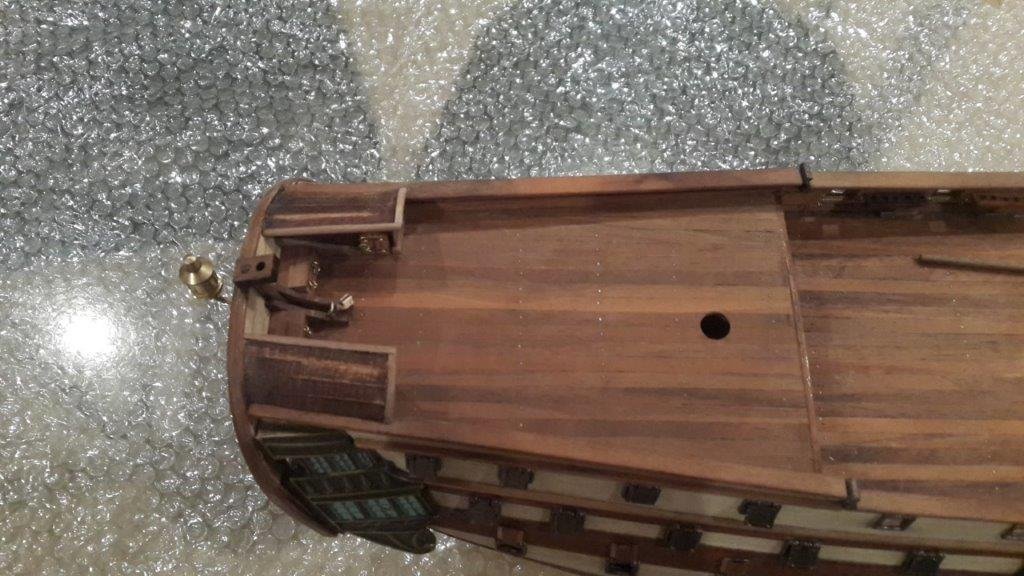
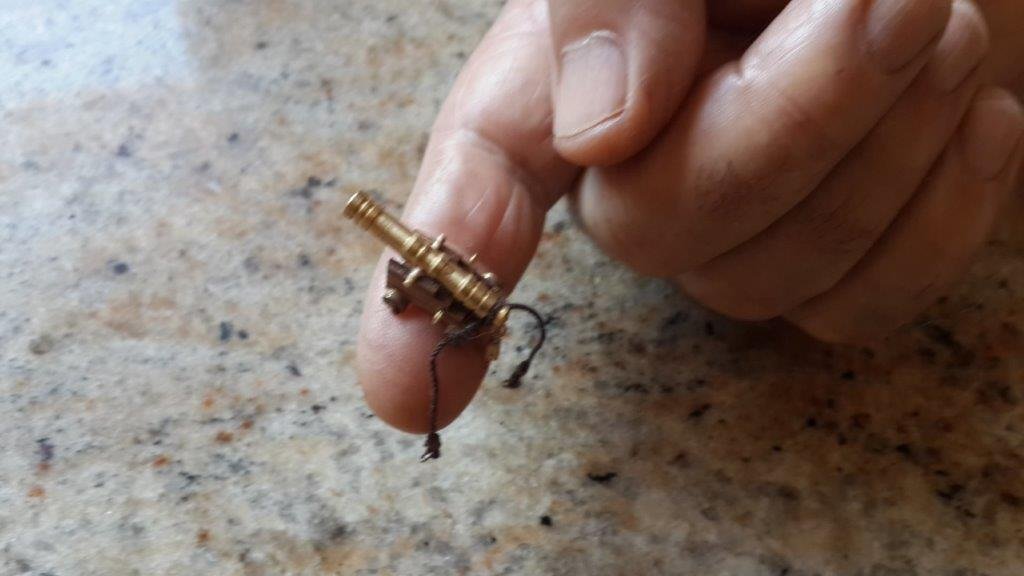
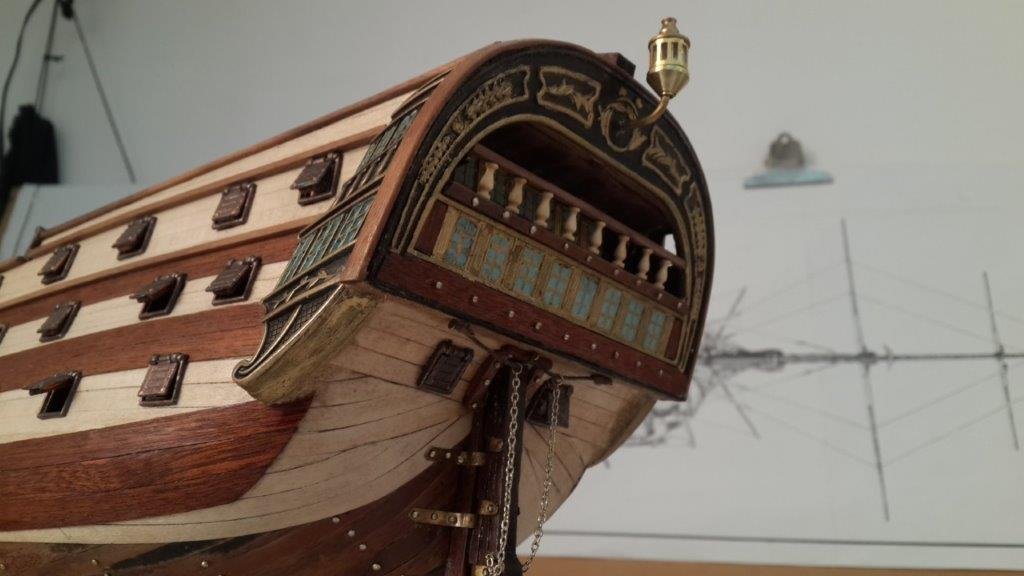
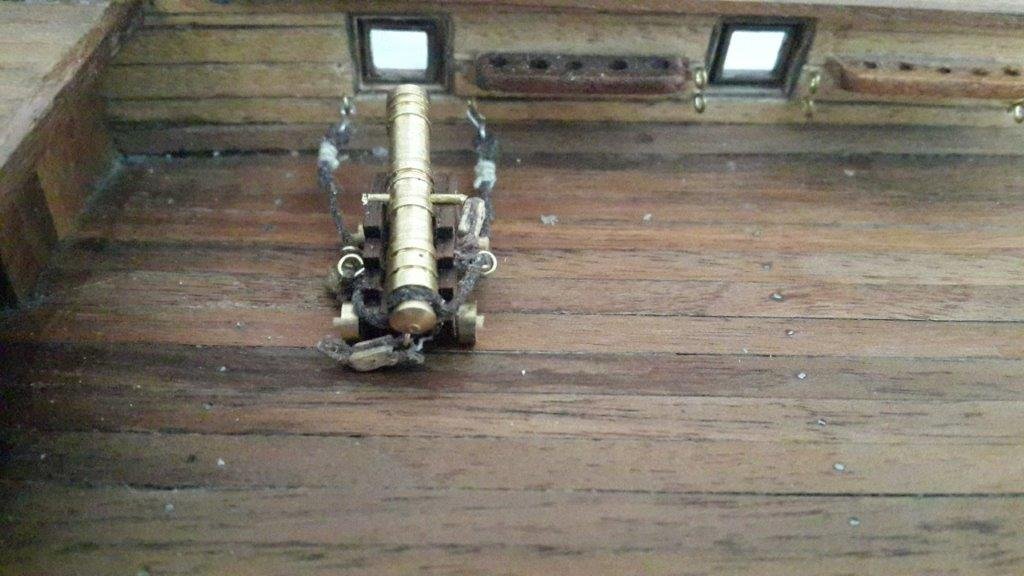
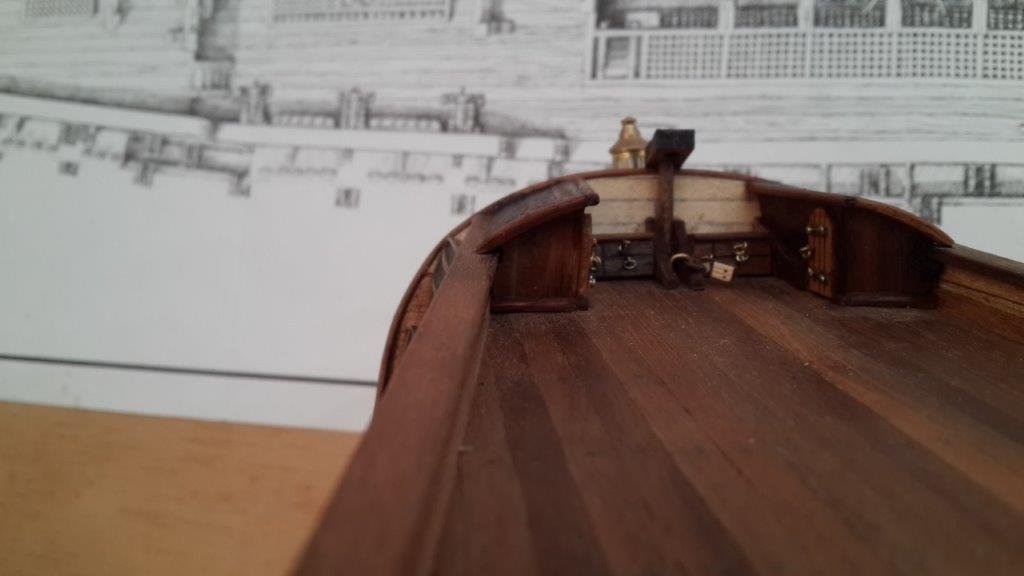
.jpg.80d84ecb9f8aff1dc0e7c565789eed26.jpg)
.jpg.feefa0db055db0ae74bcd088a9b89e5c.jpg)
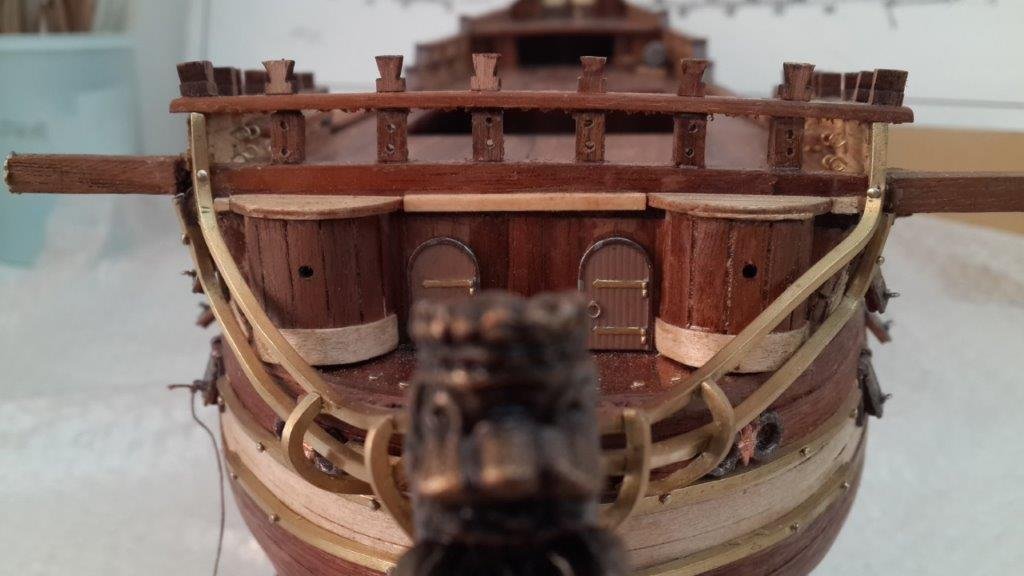
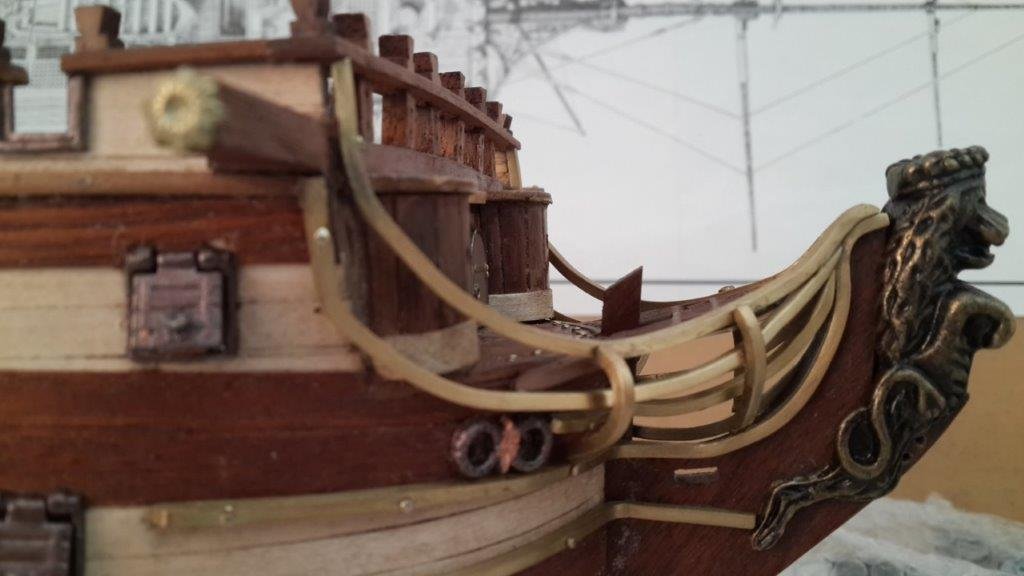
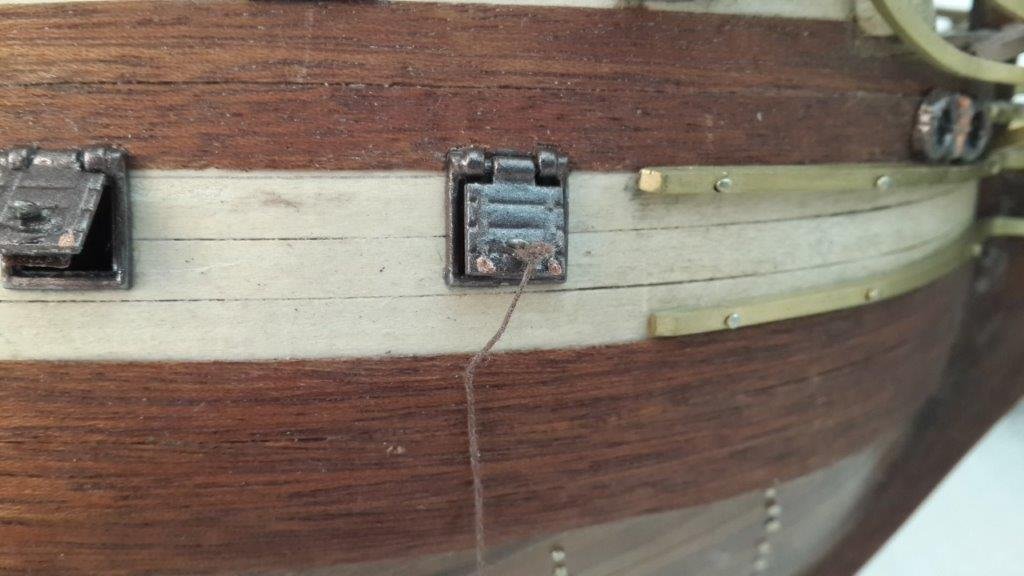
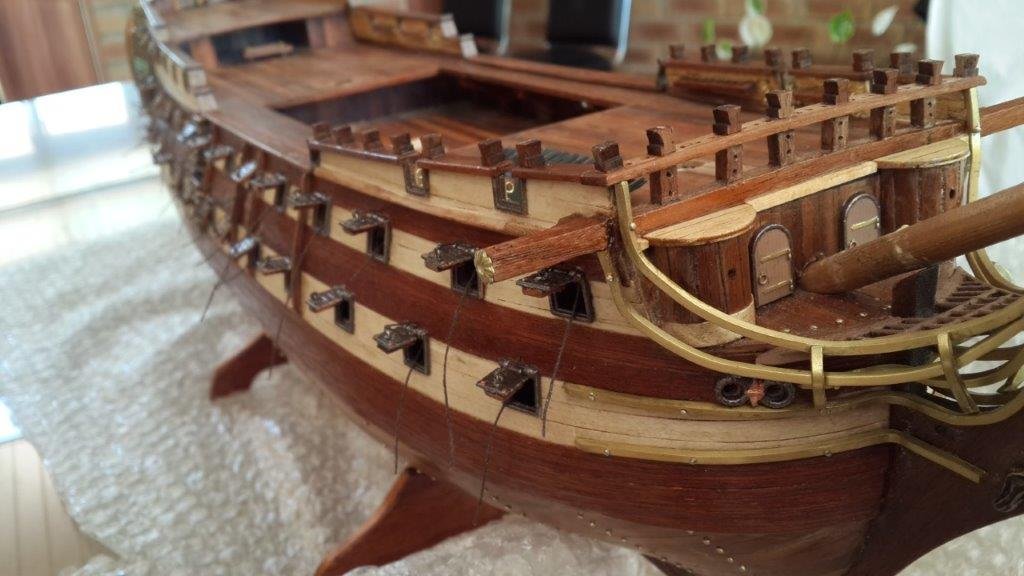
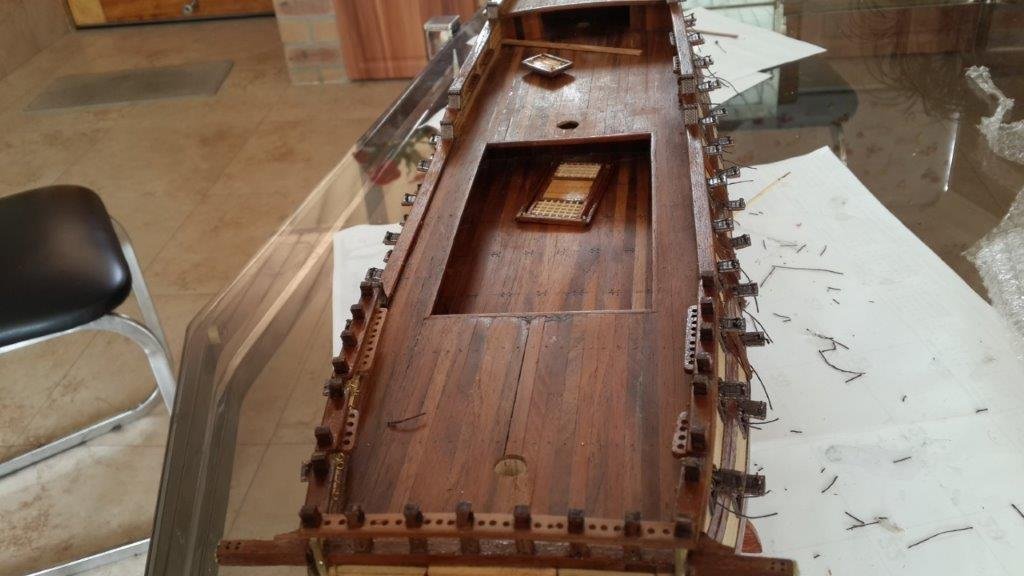
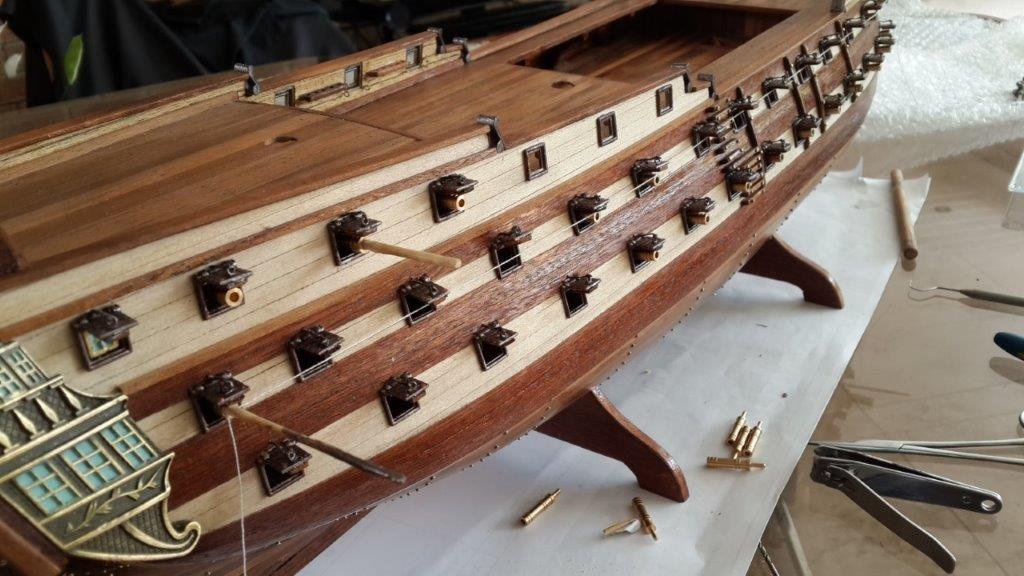
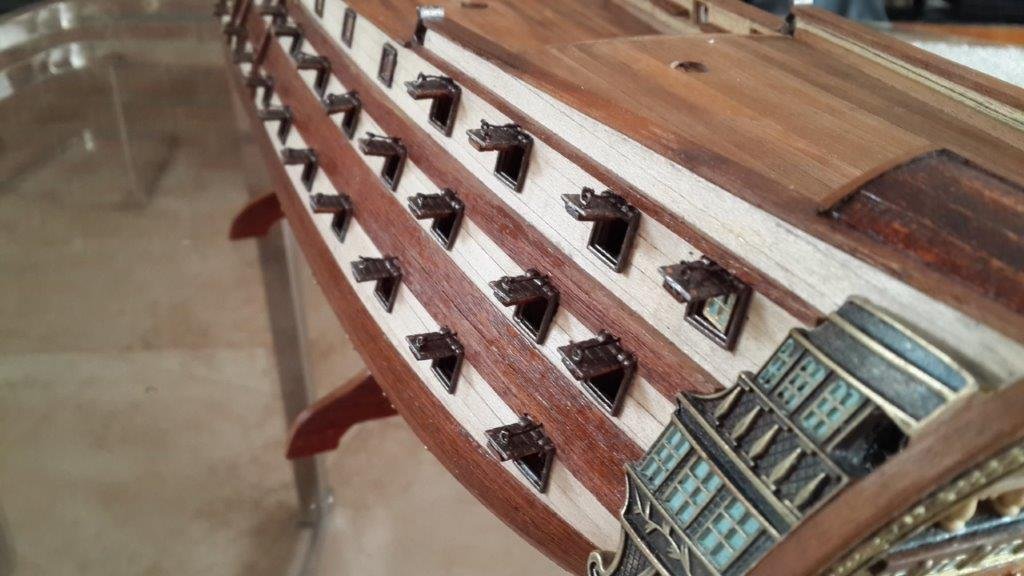
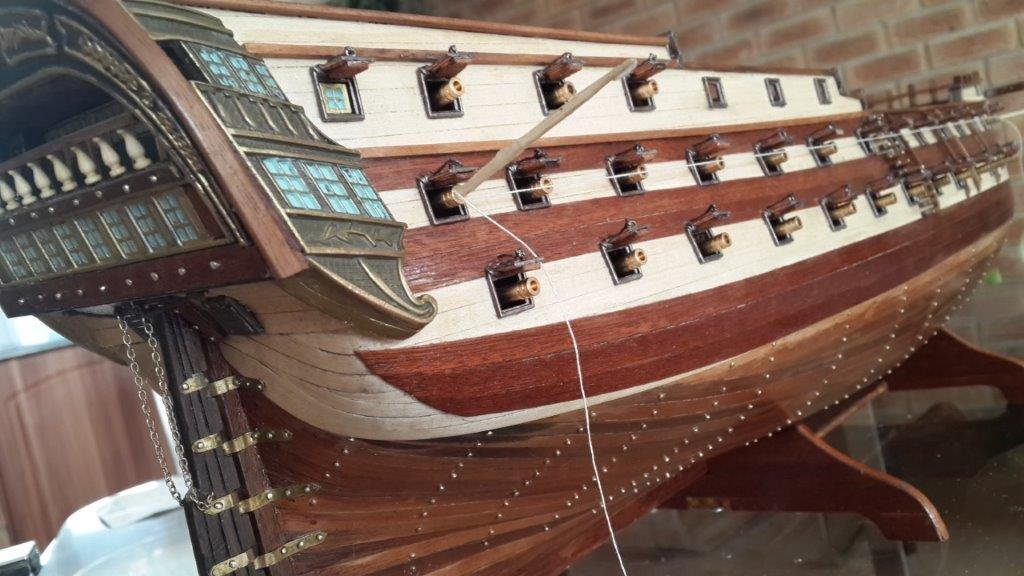
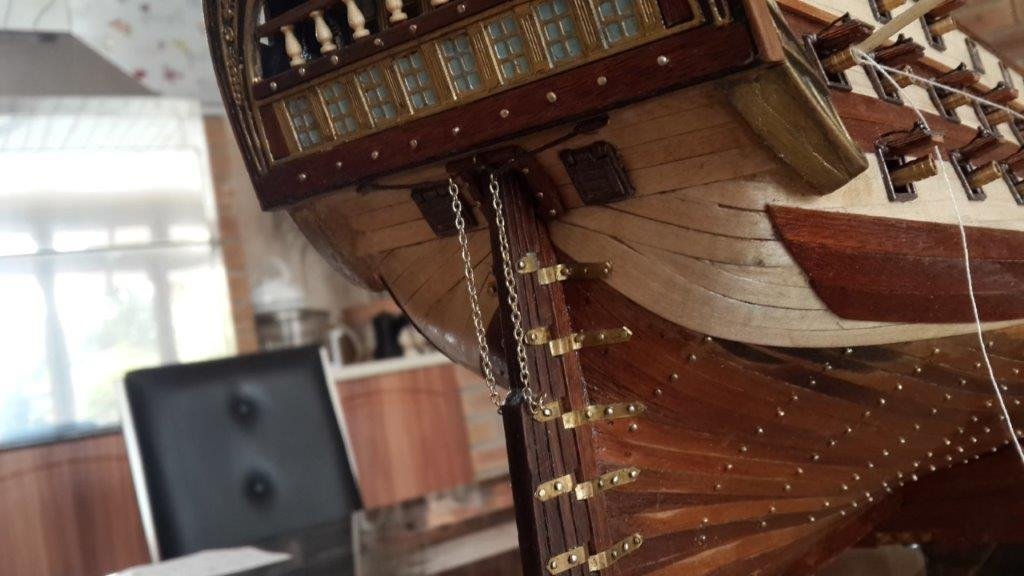
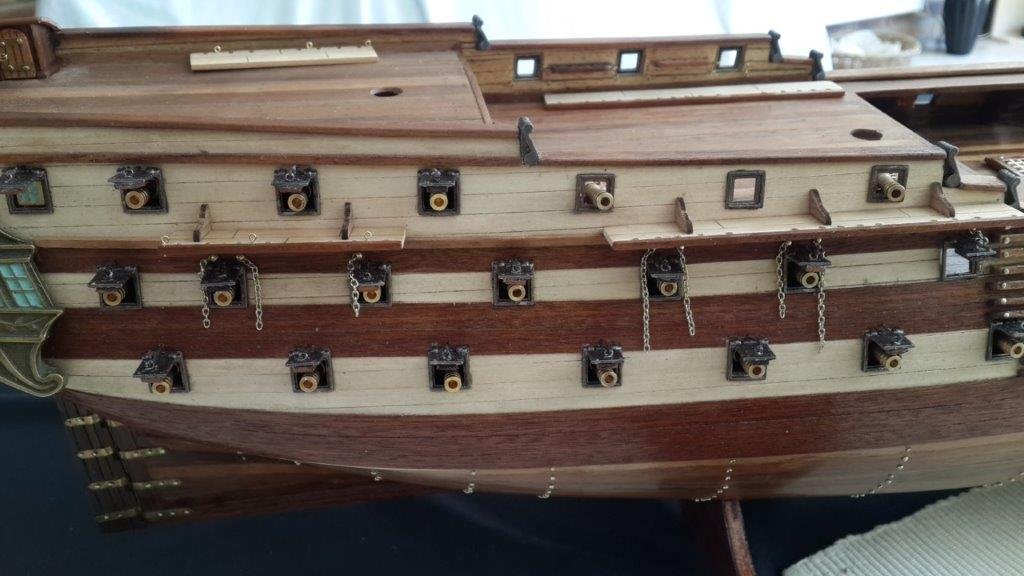
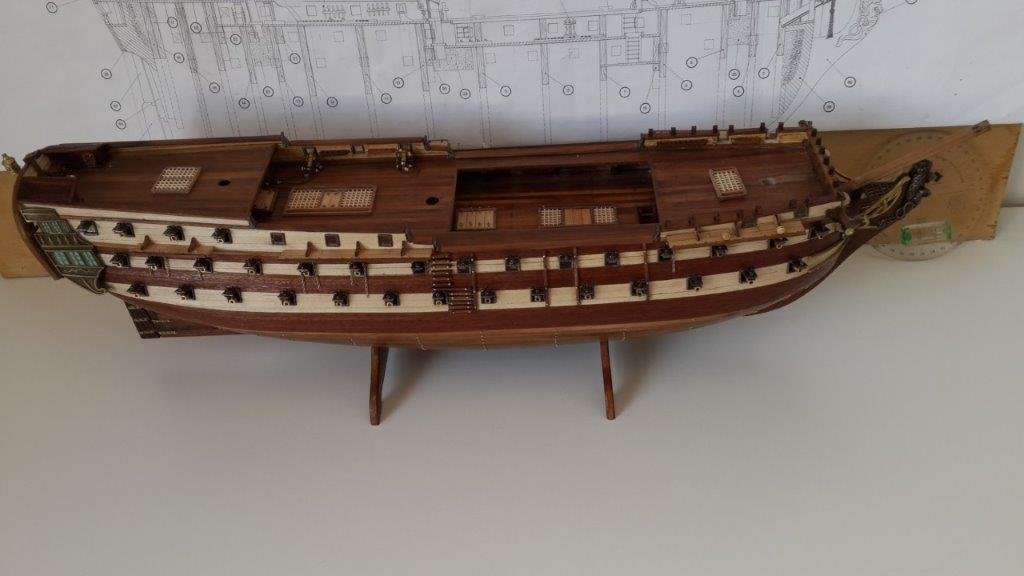
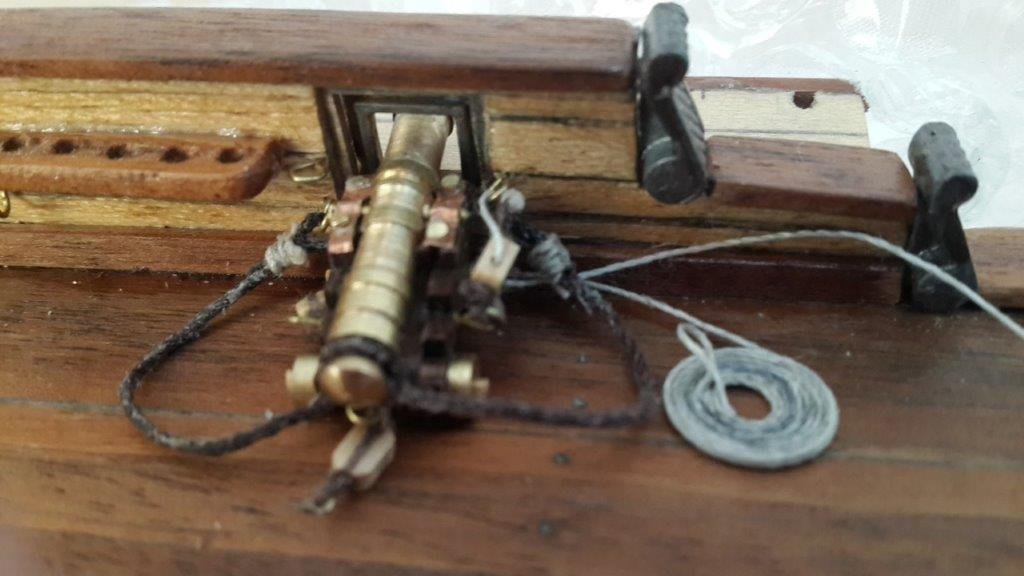
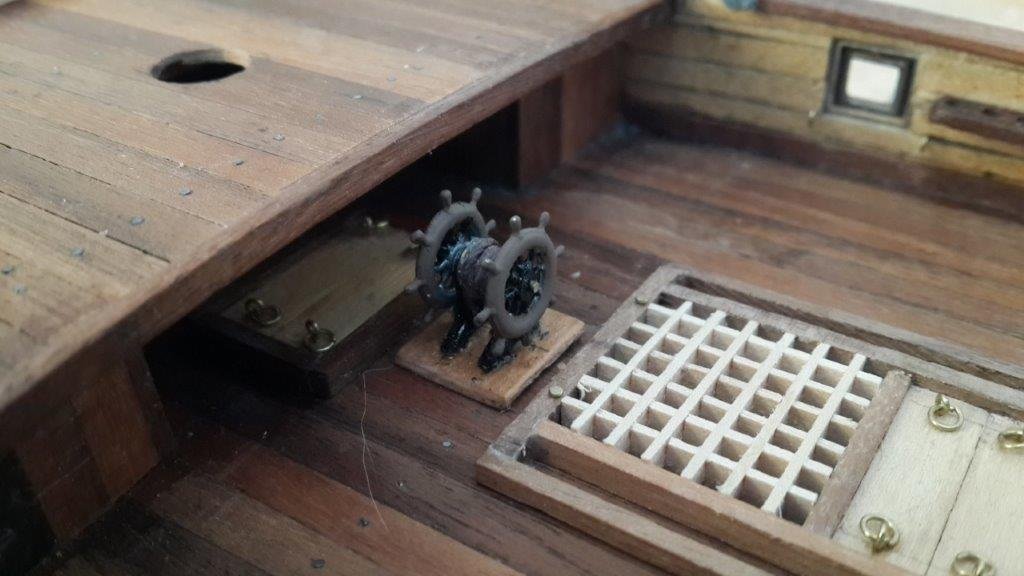
.jpg.ad543bb6655180cb95873621f7c464c4.jpg)
.jpg.73d4c39b15abb7794bc288aa994e75f5.jpg)

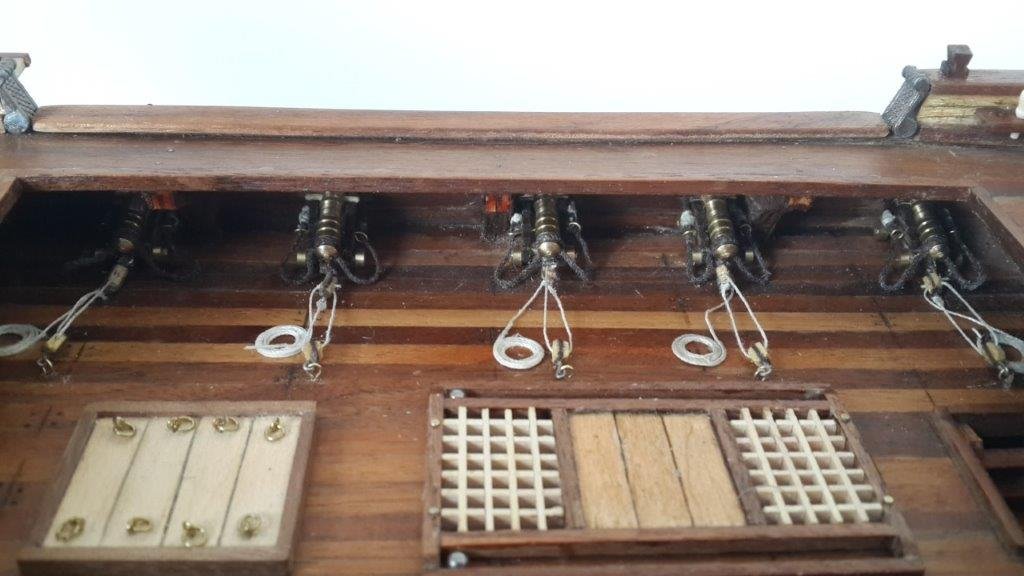
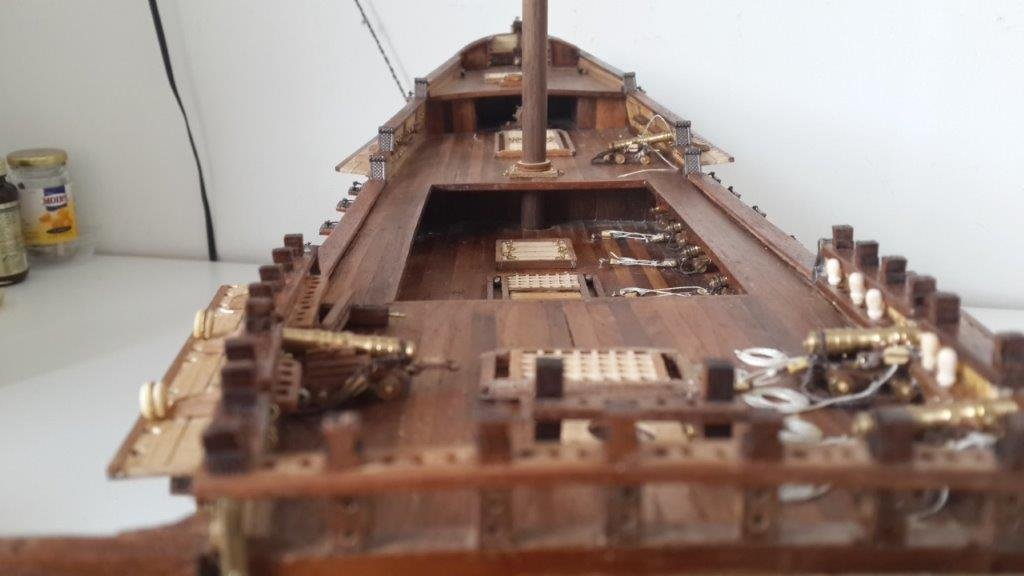
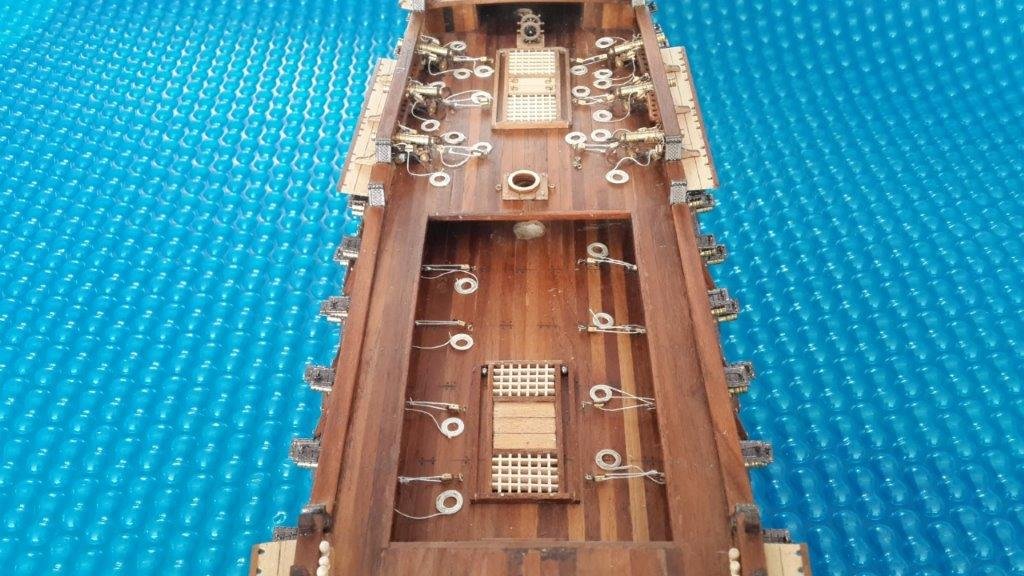
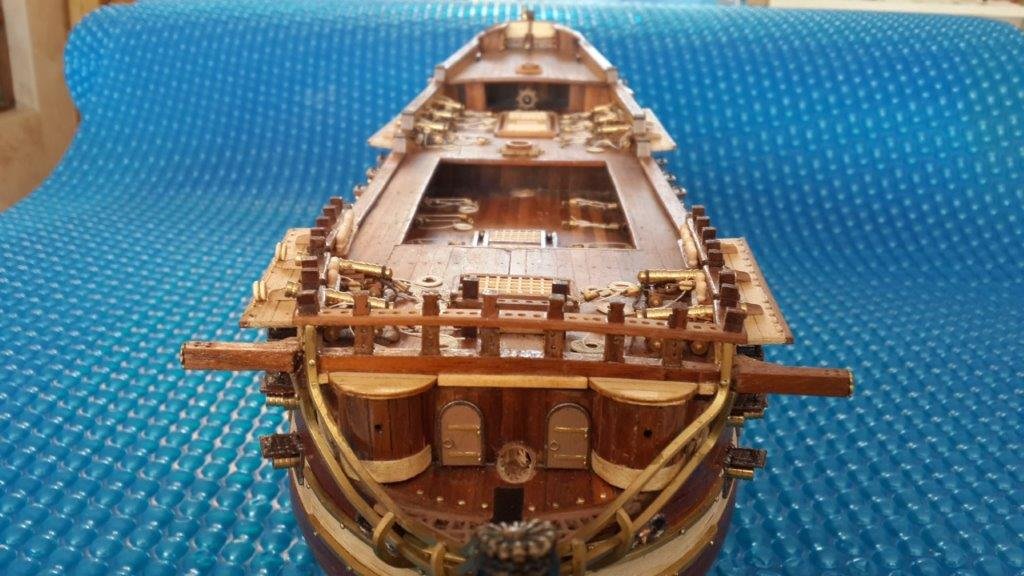
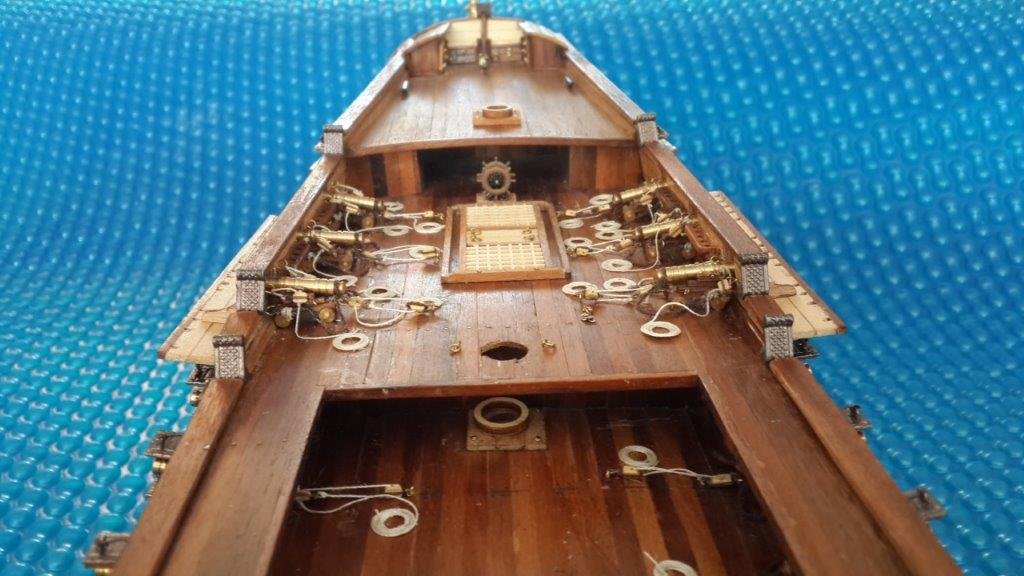
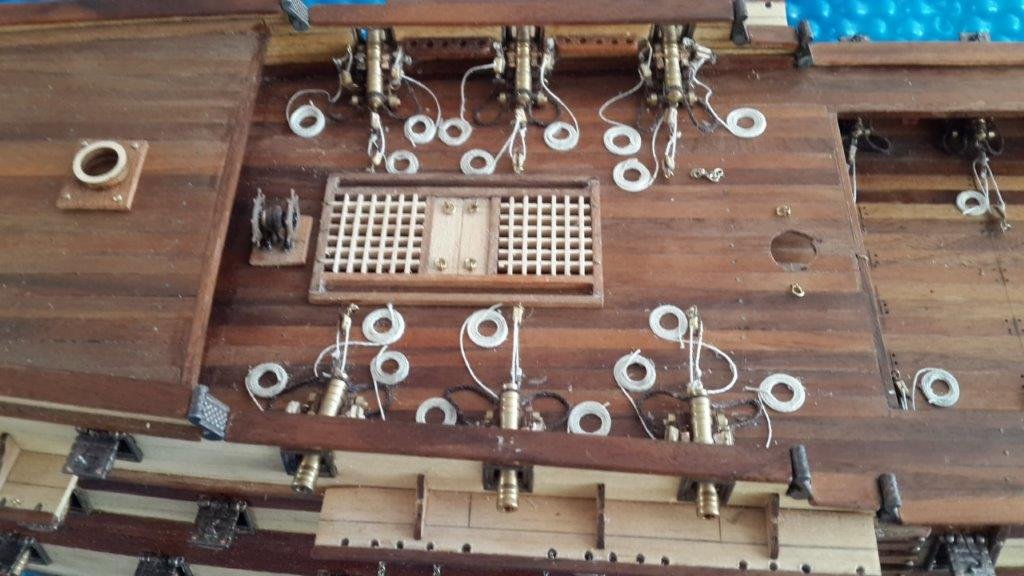
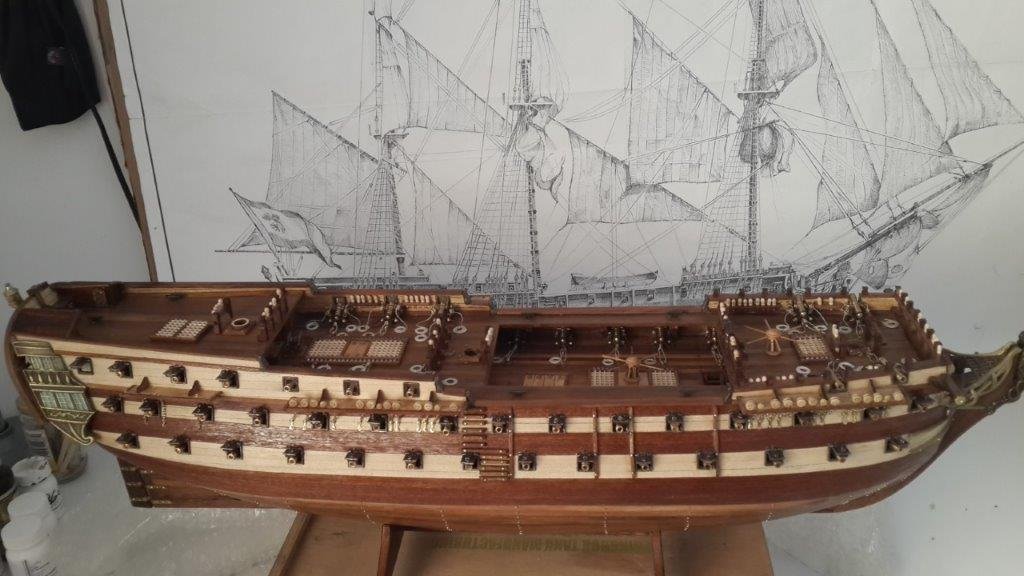
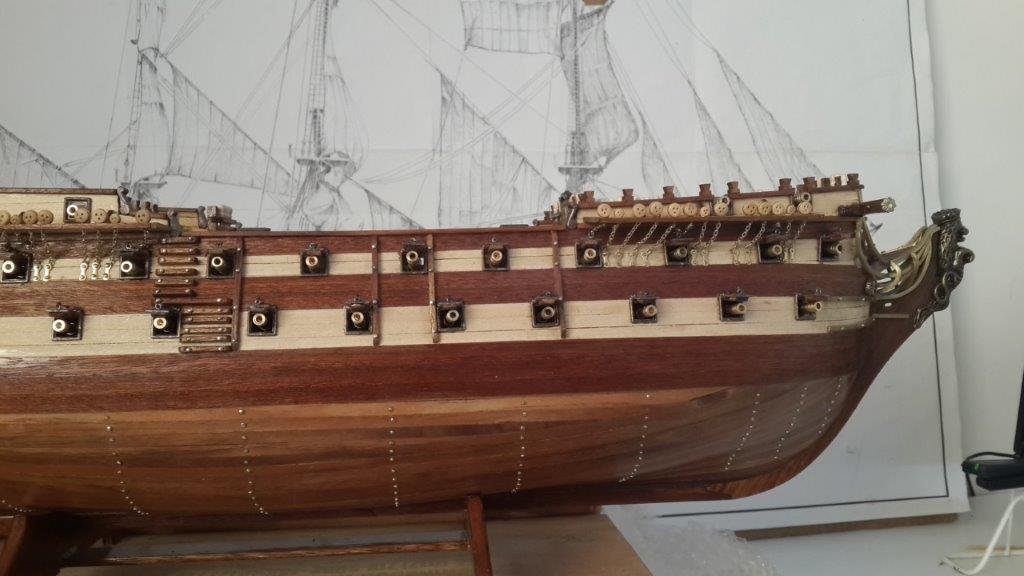
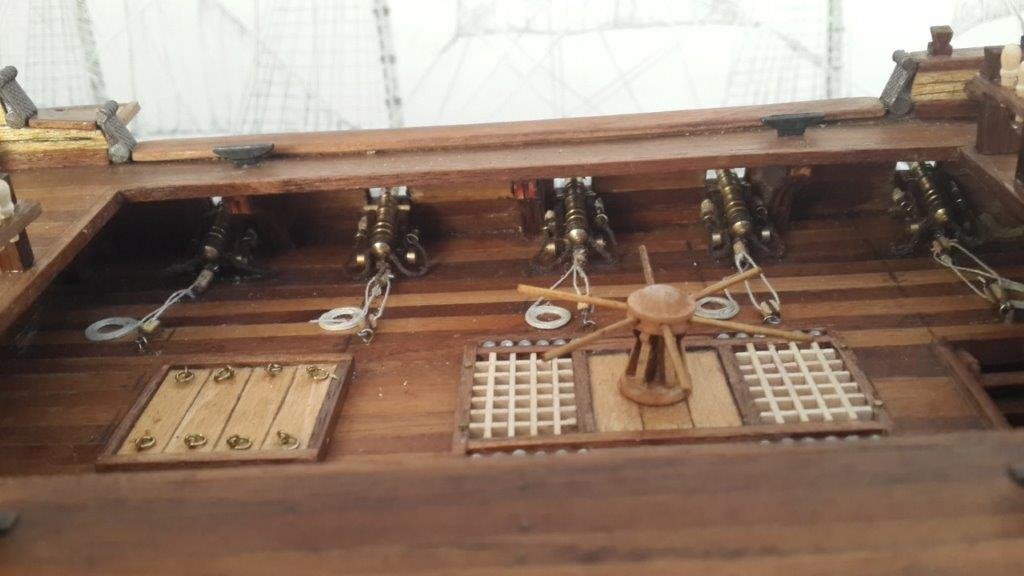
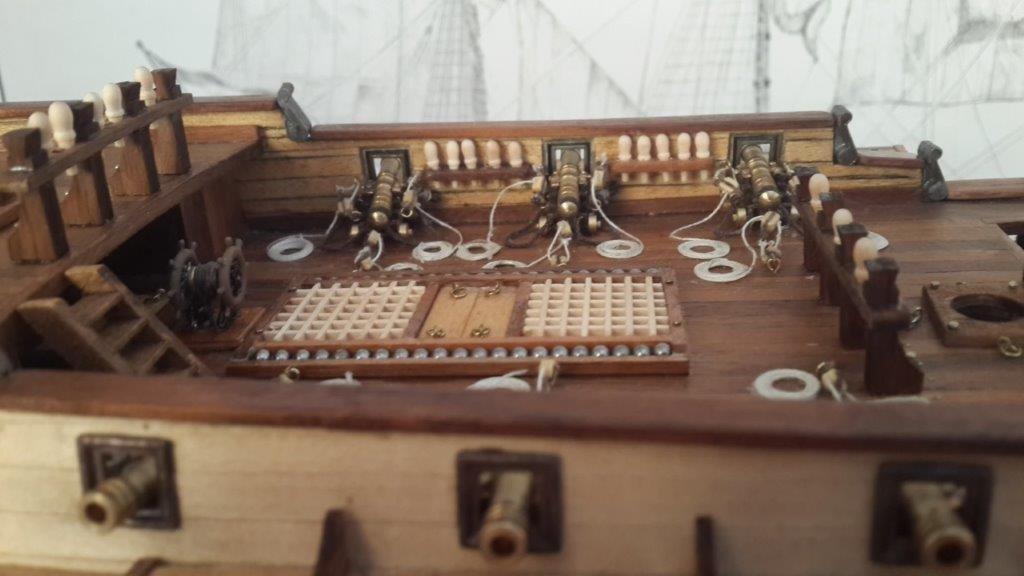
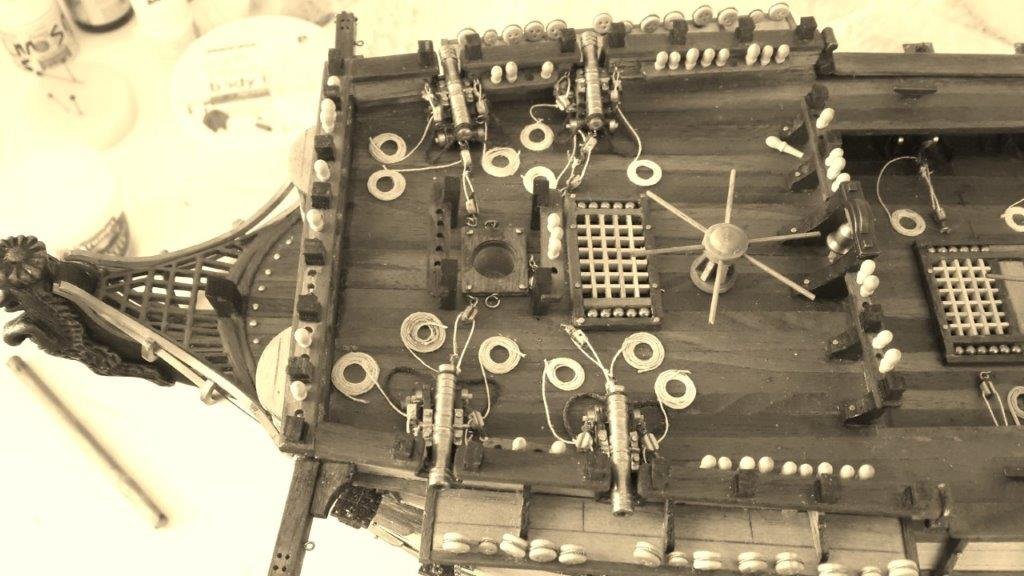
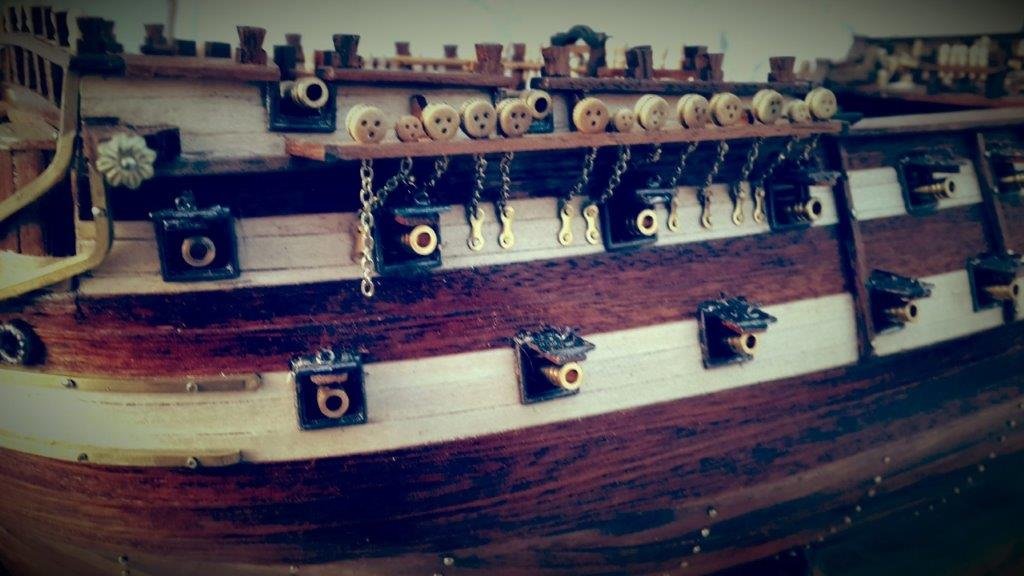
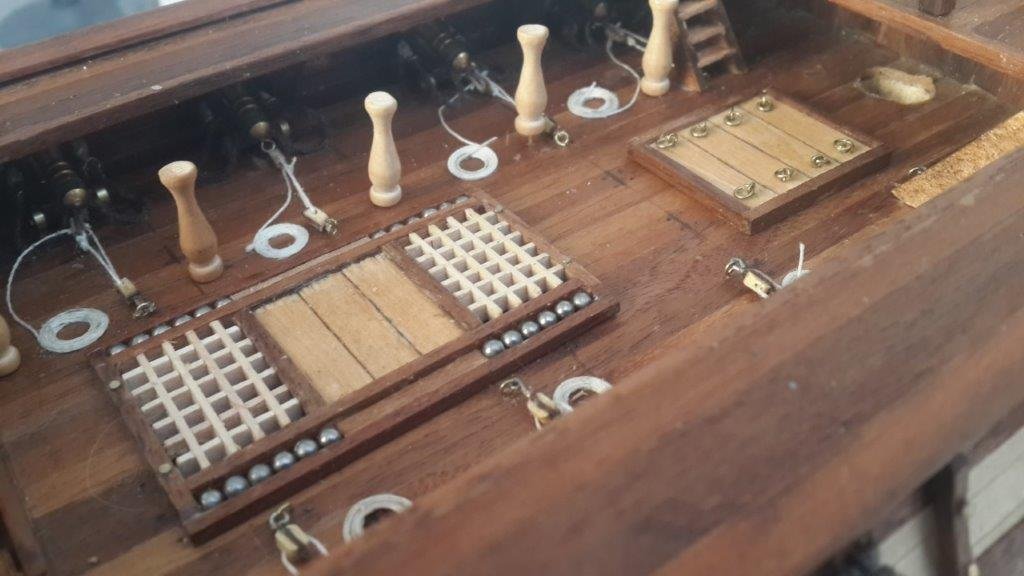
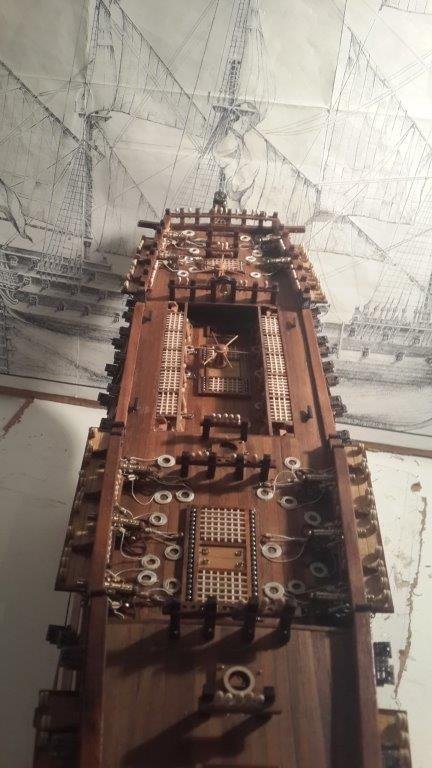

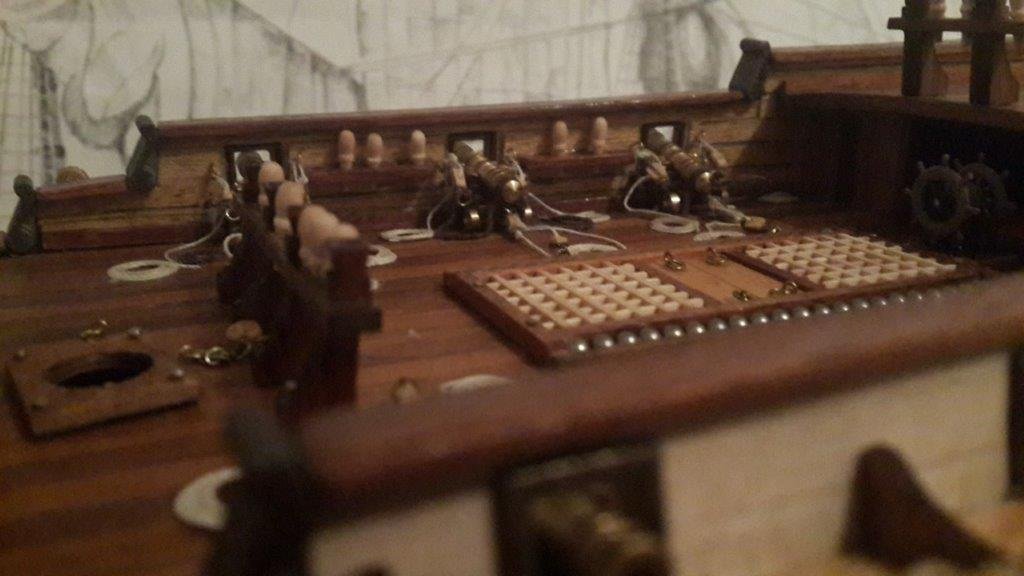
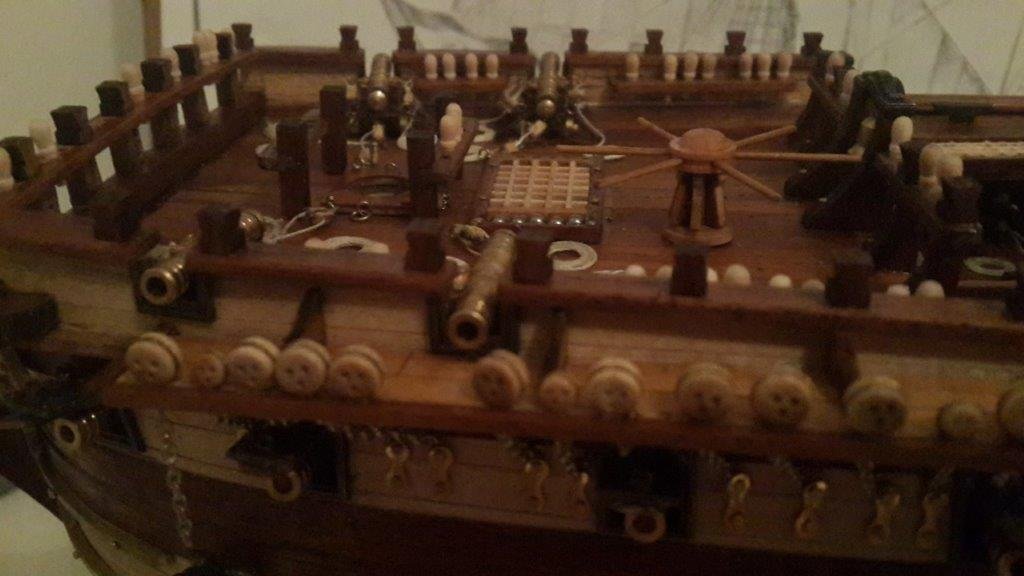
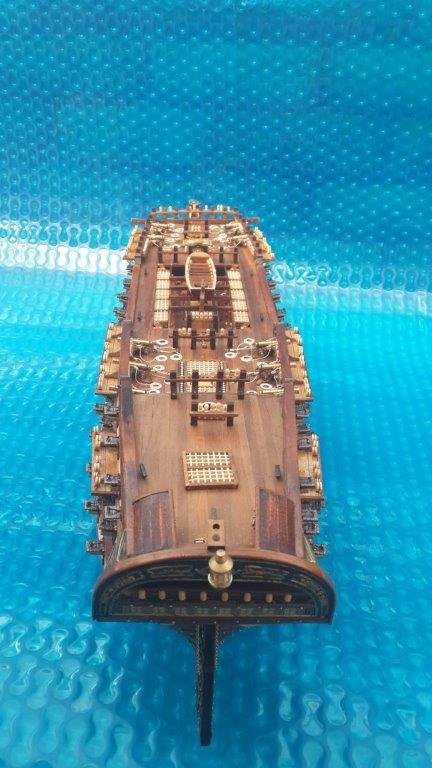
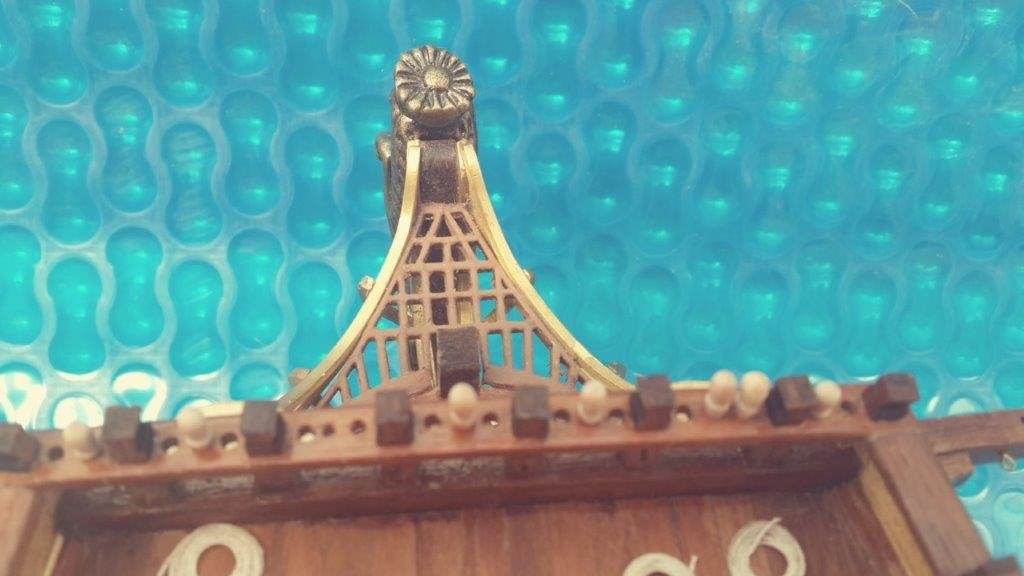
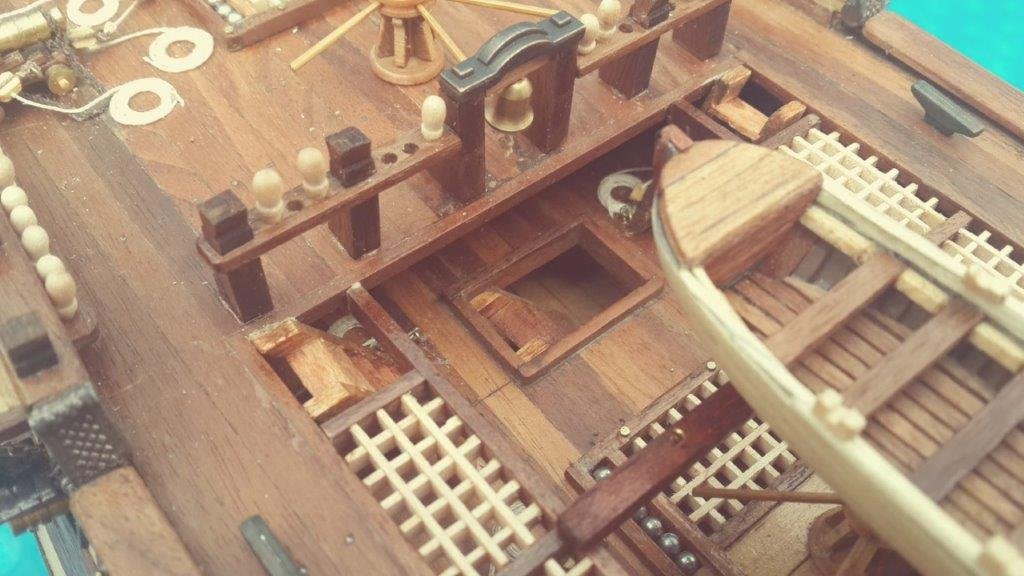
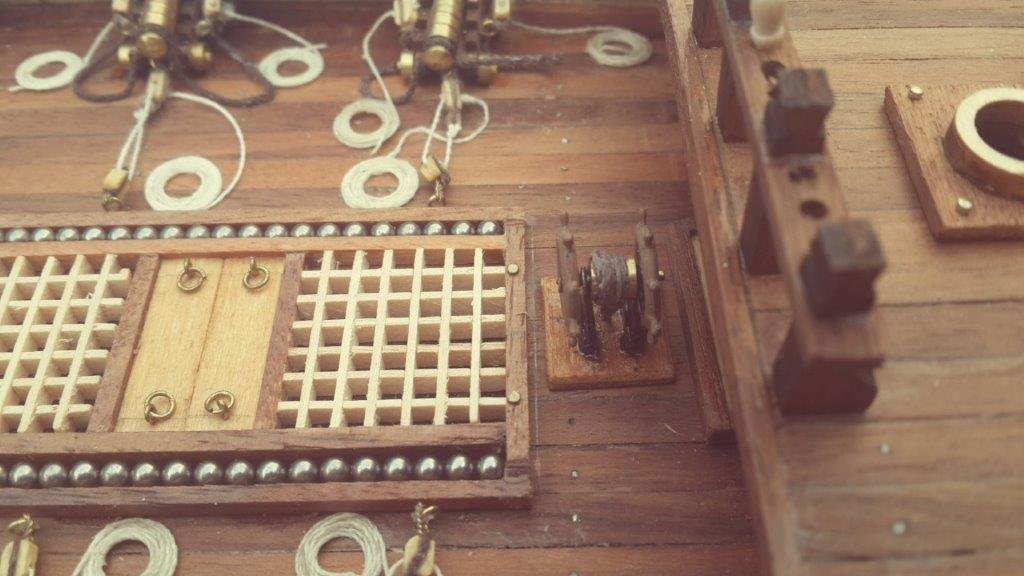
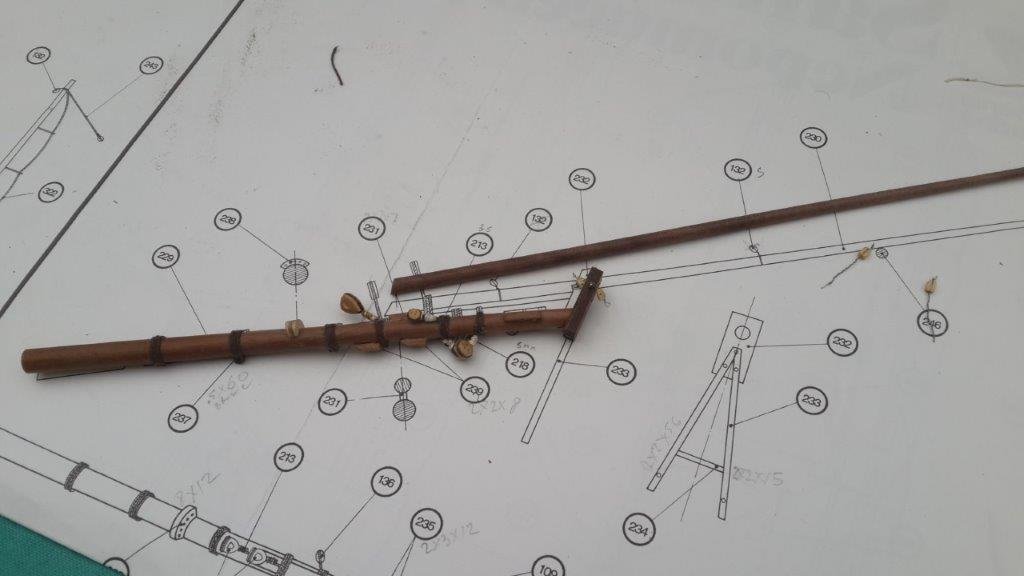
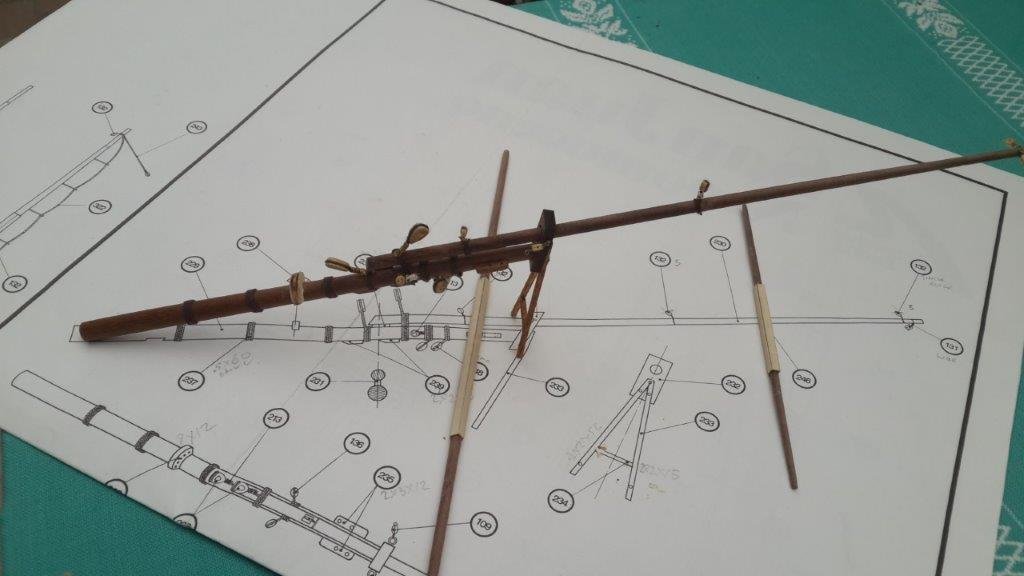
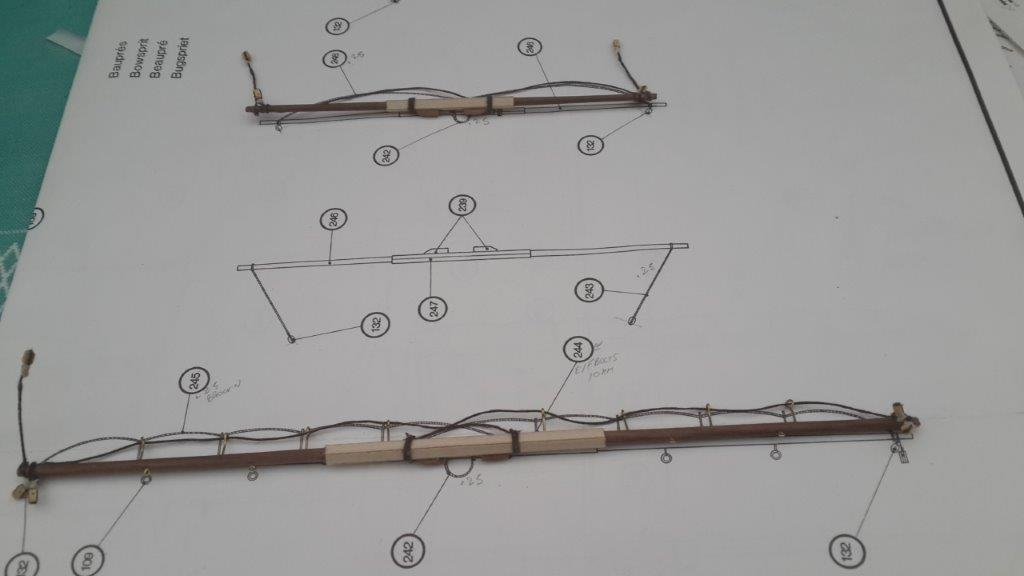
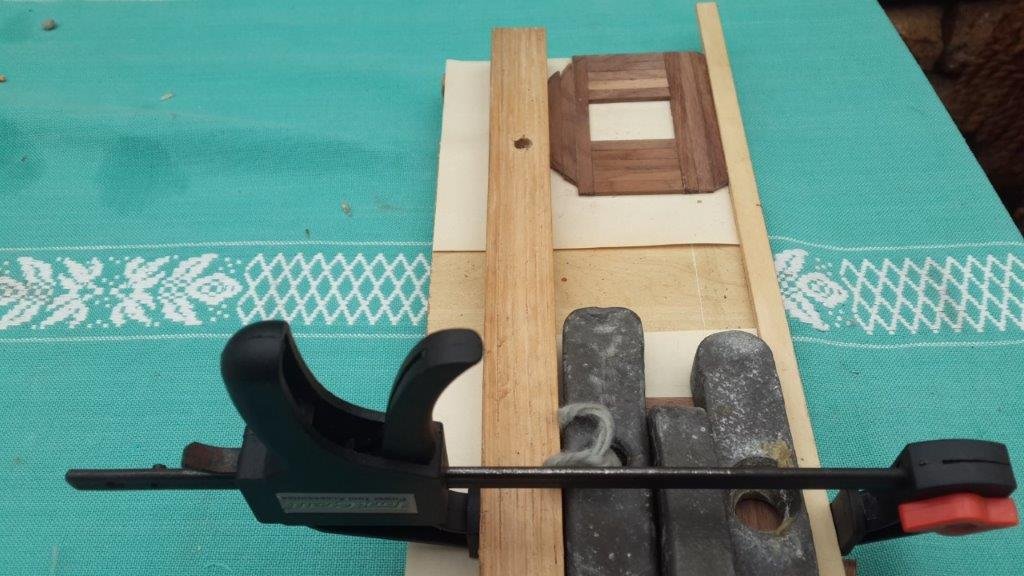
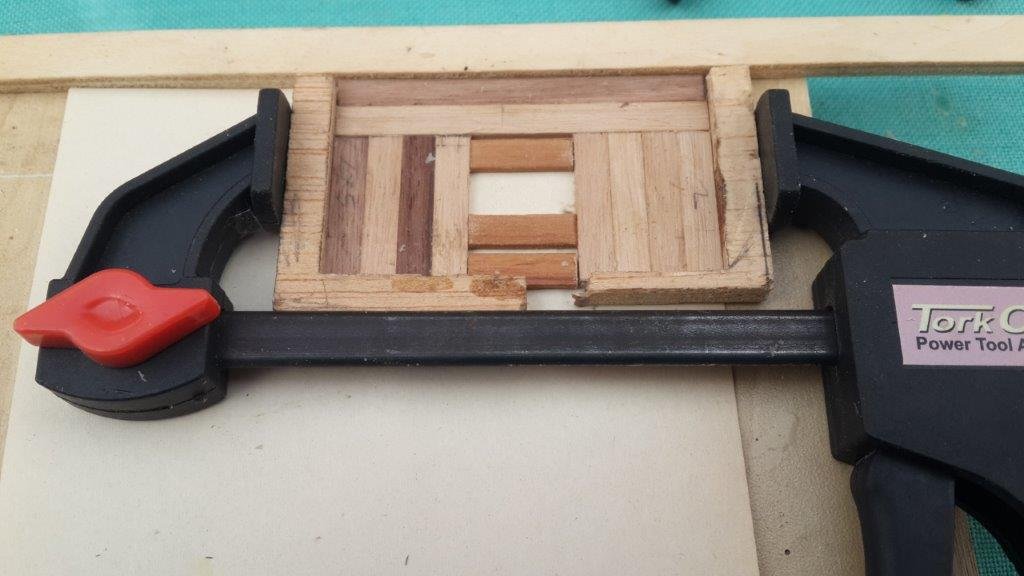
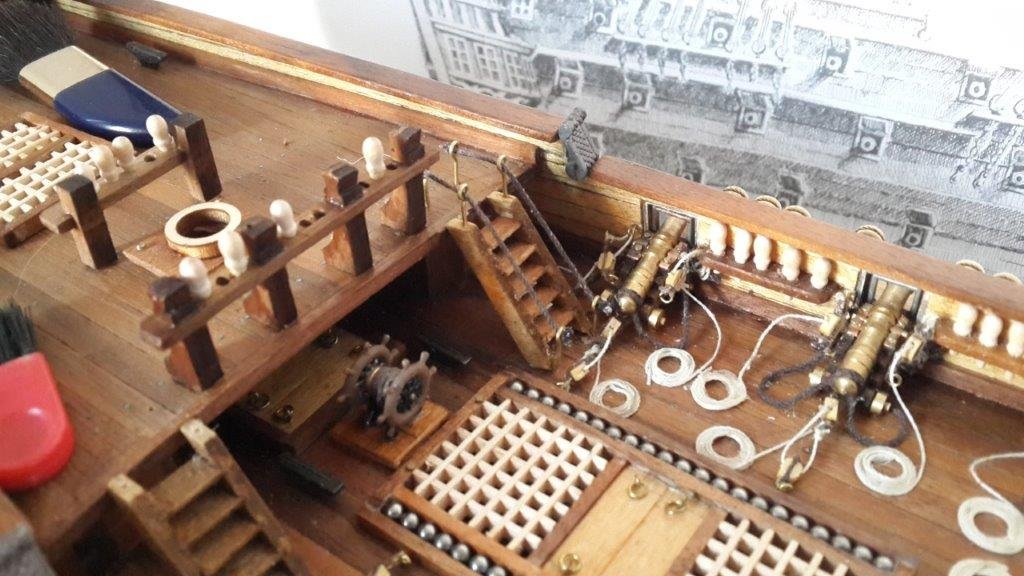
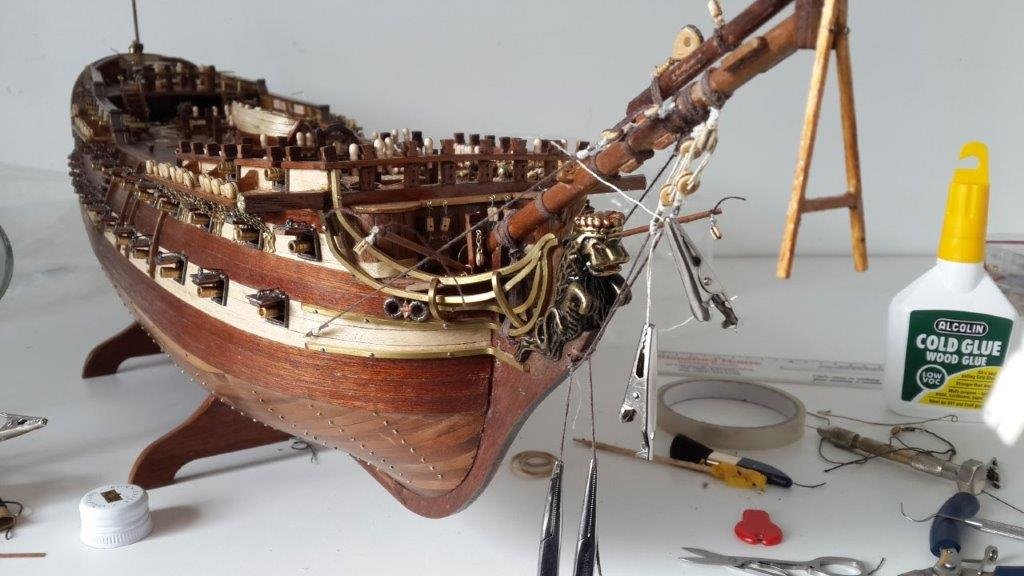

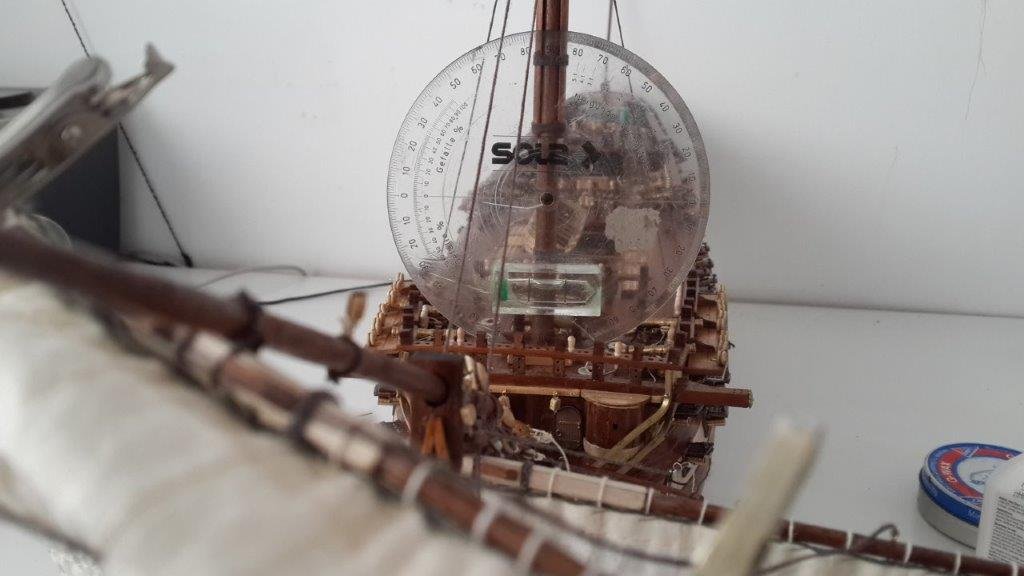
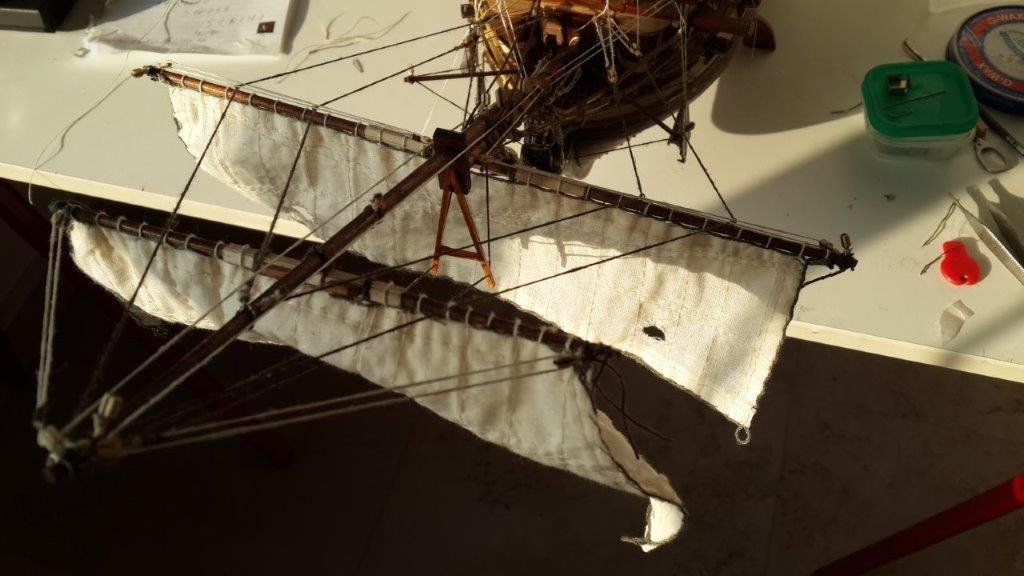
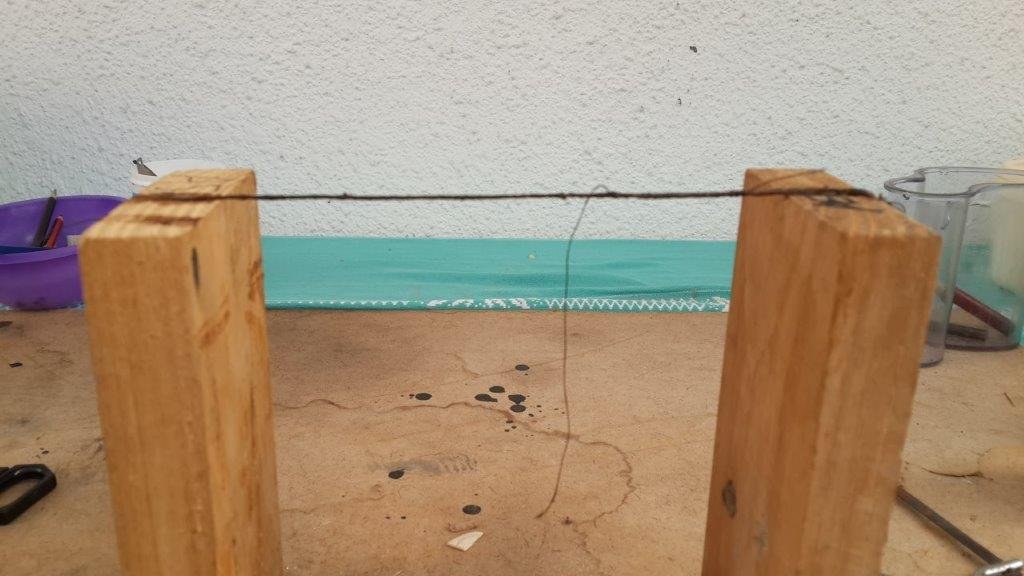
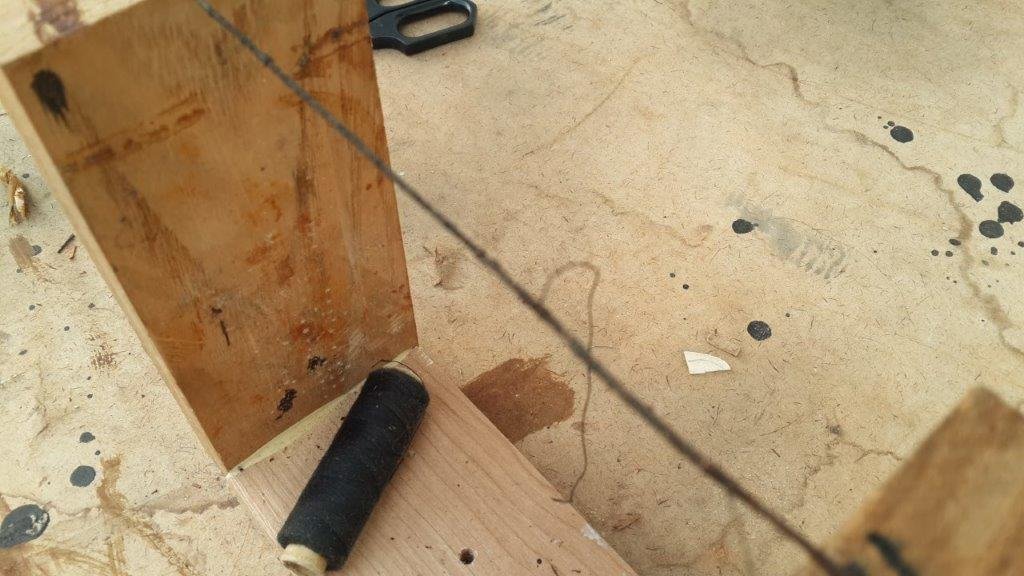
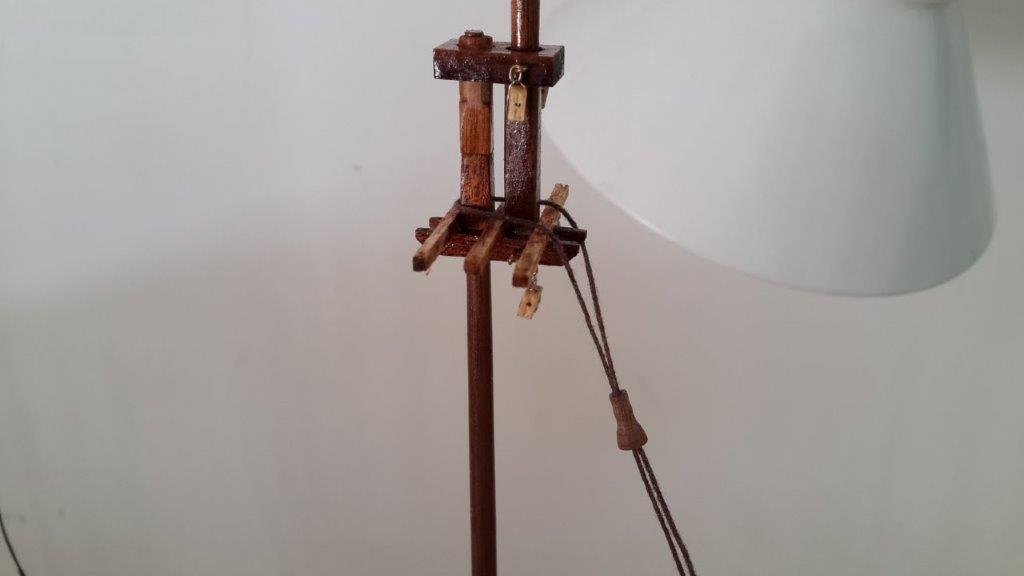
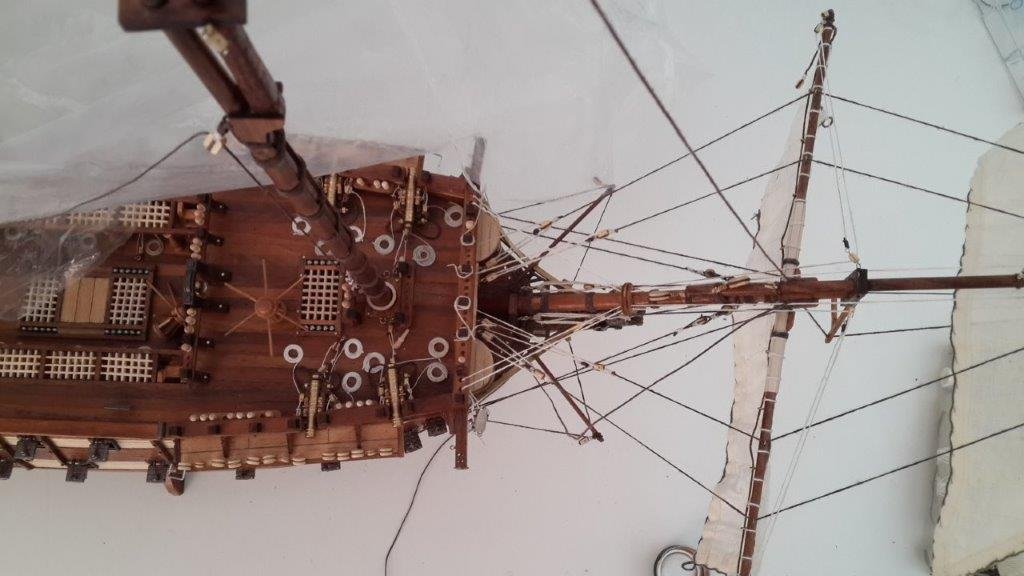
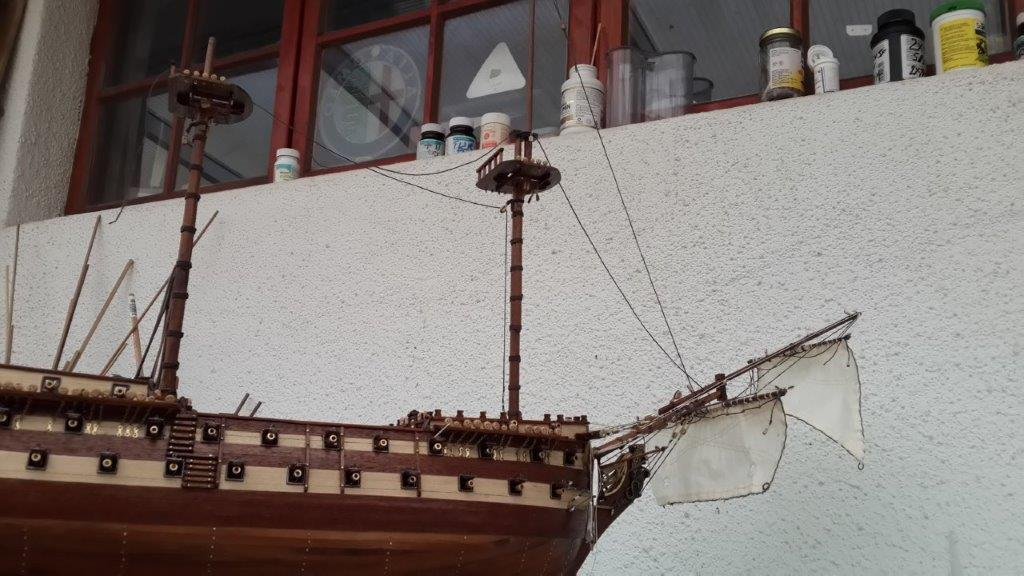
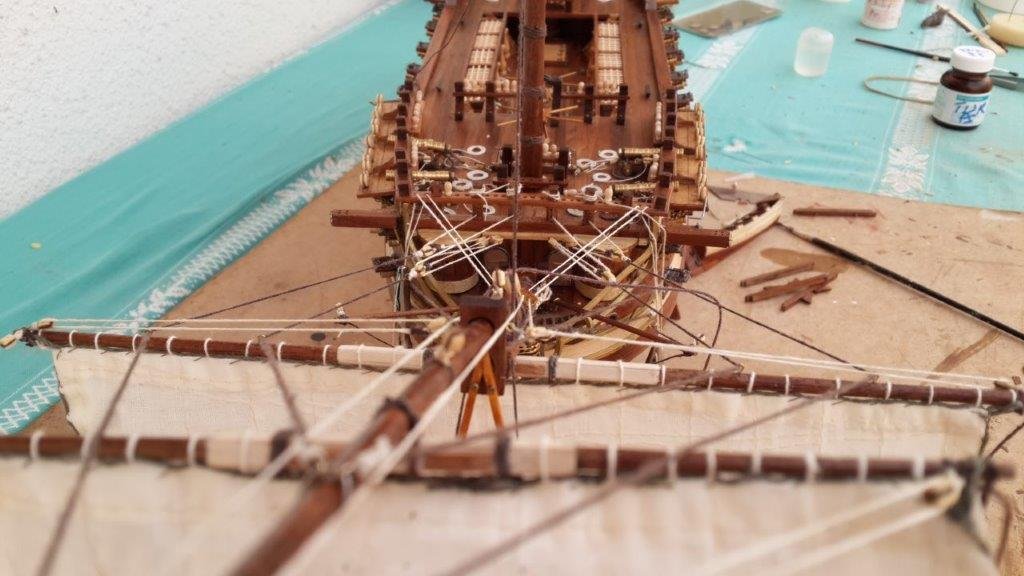

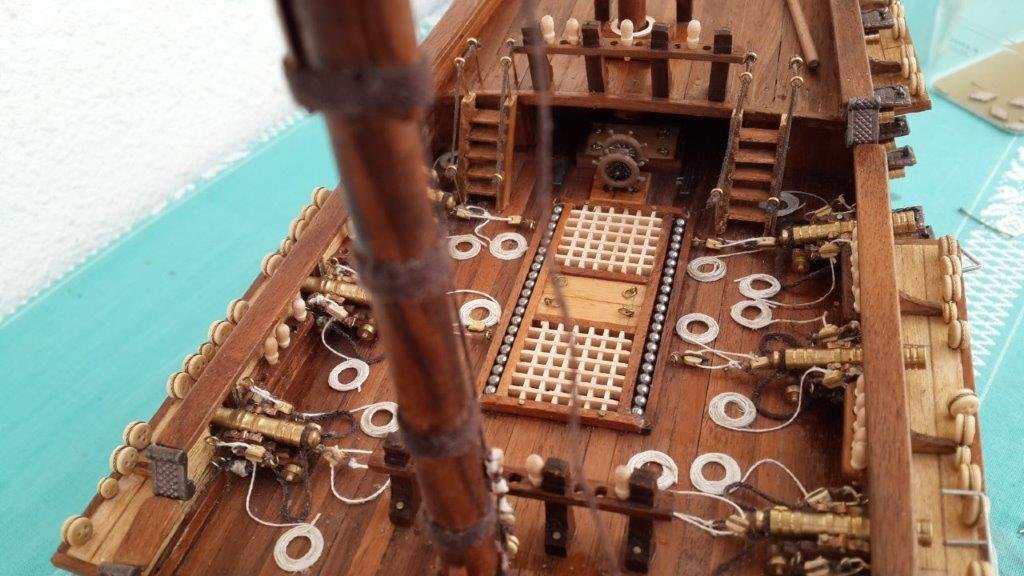
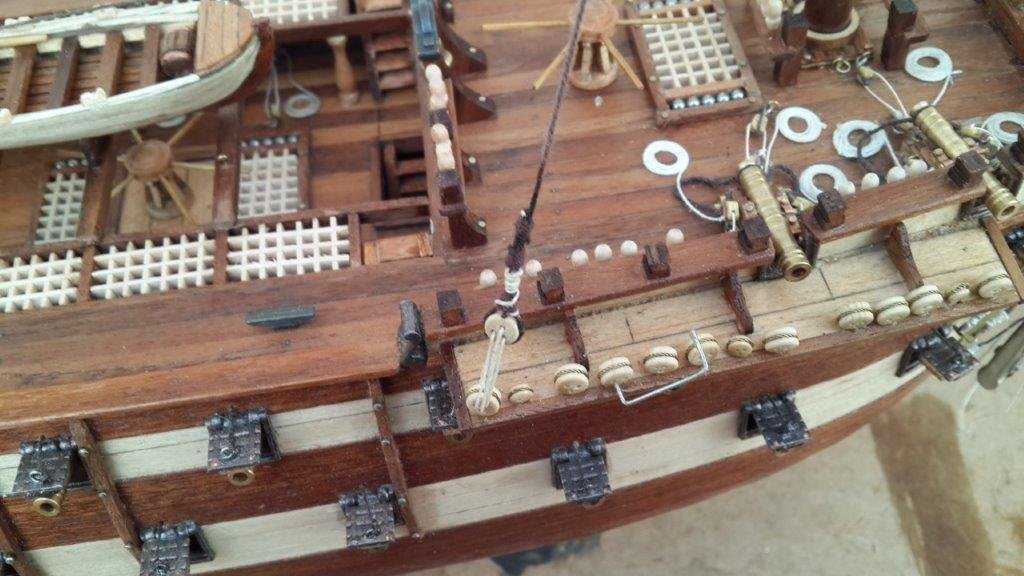
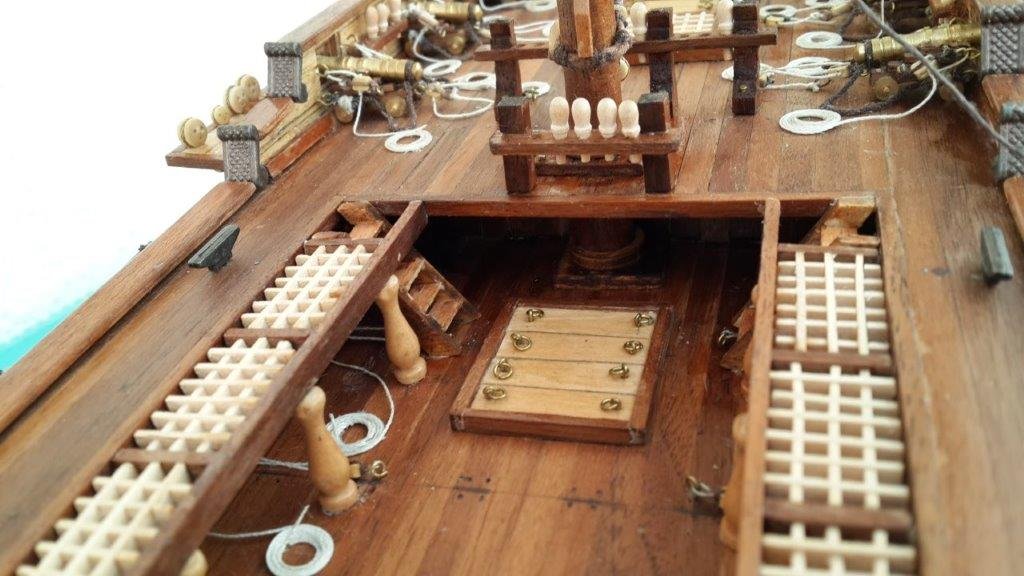
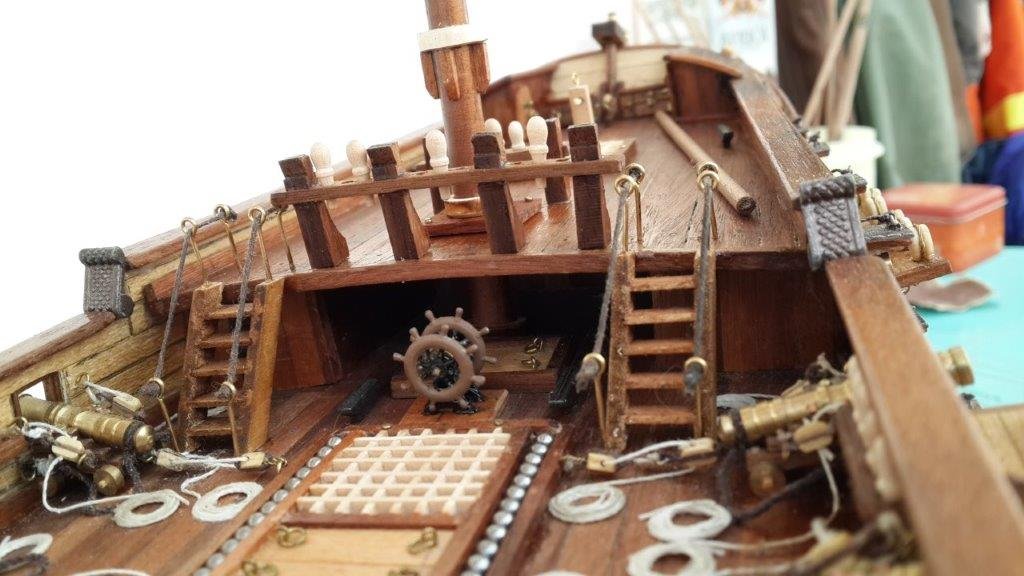
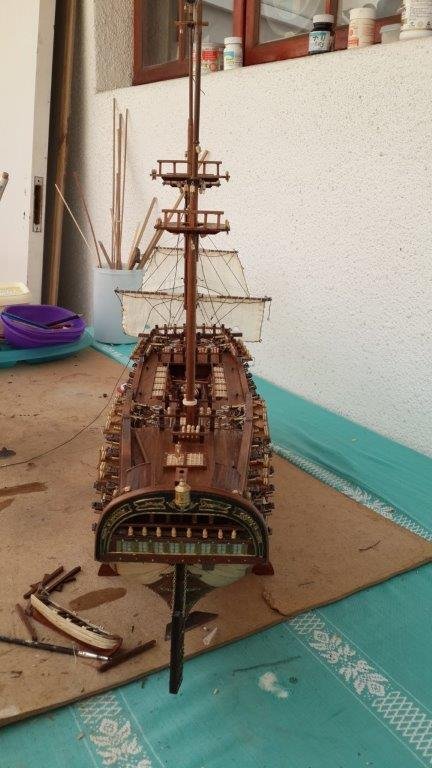
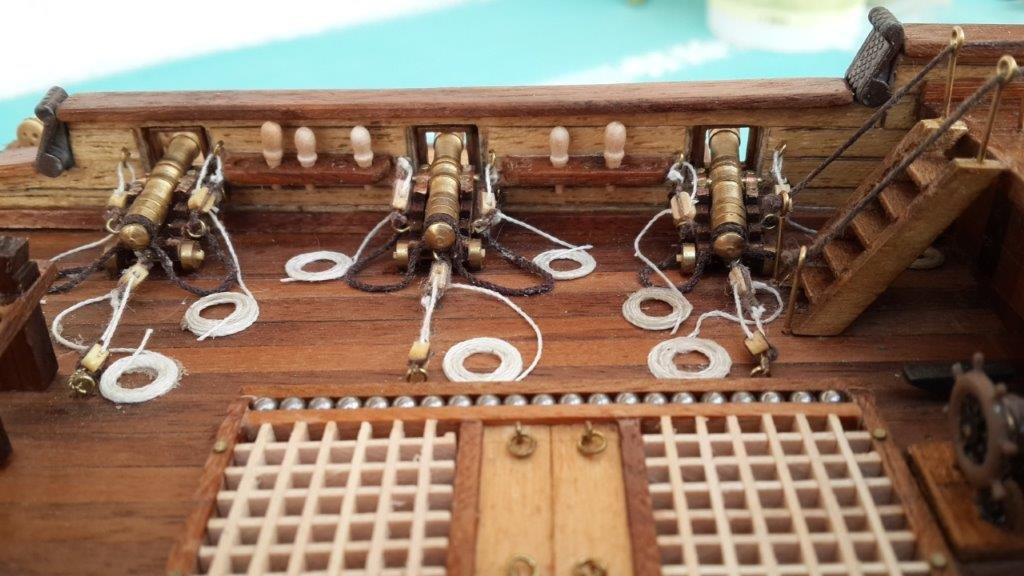

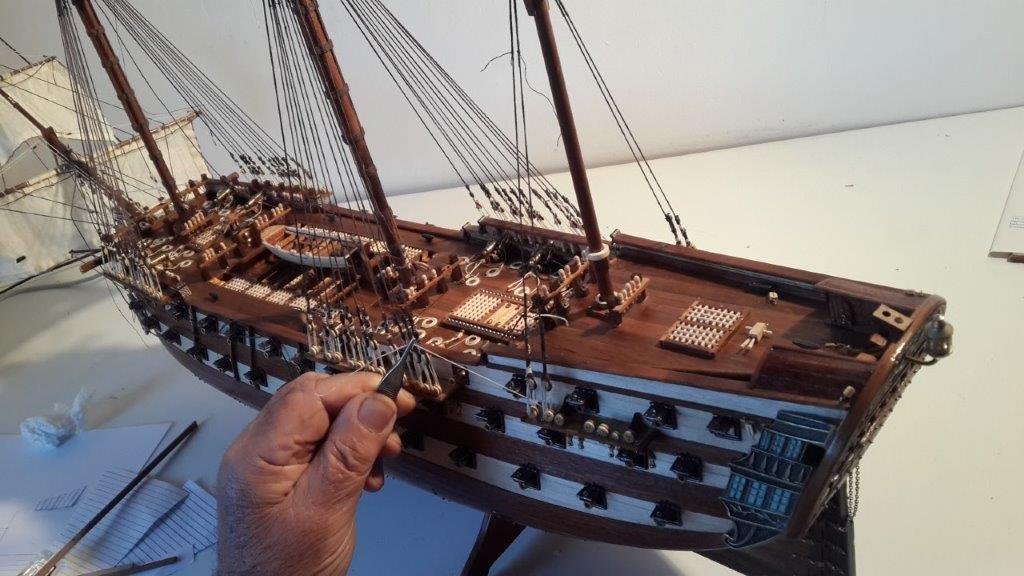
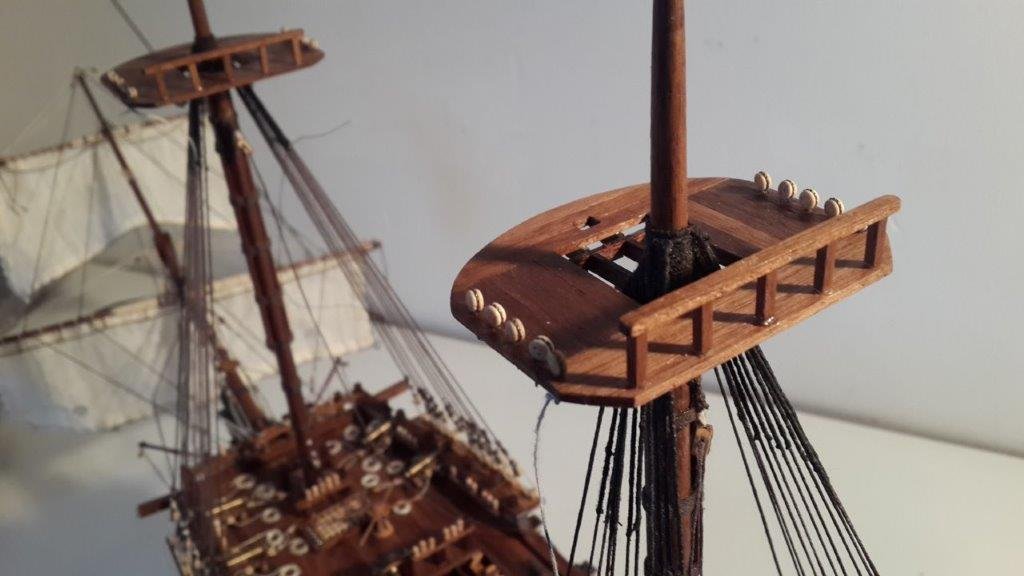
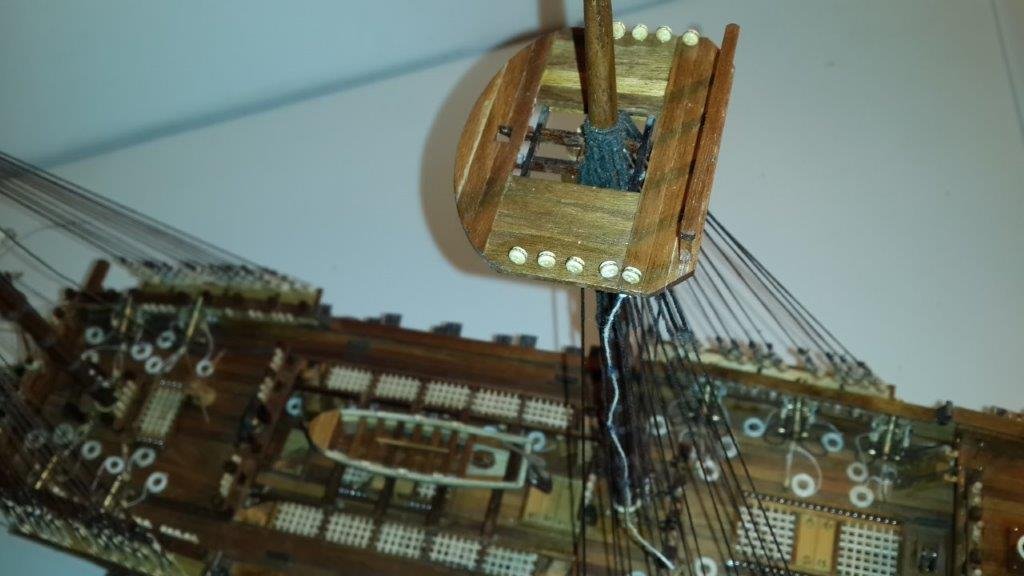
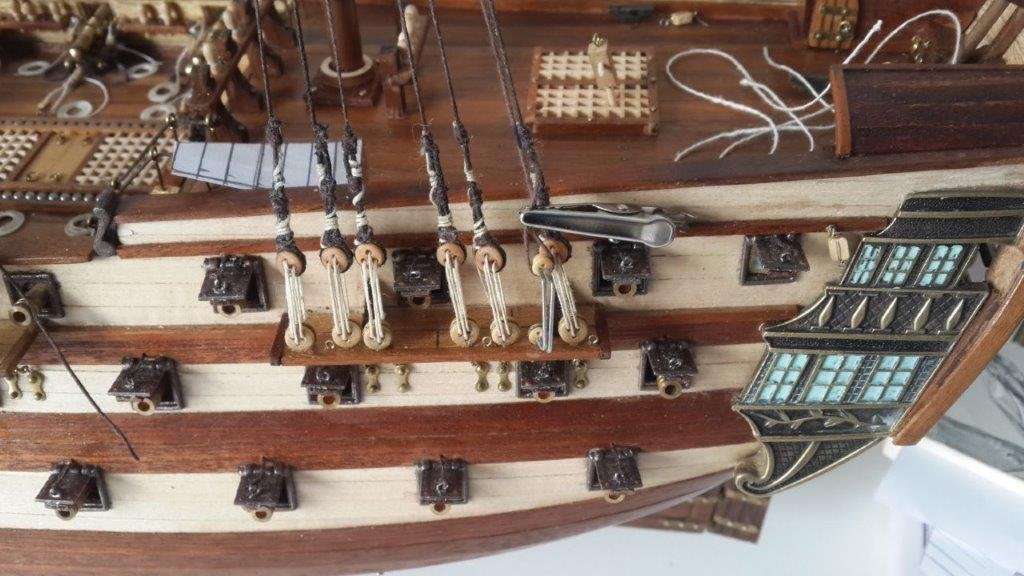

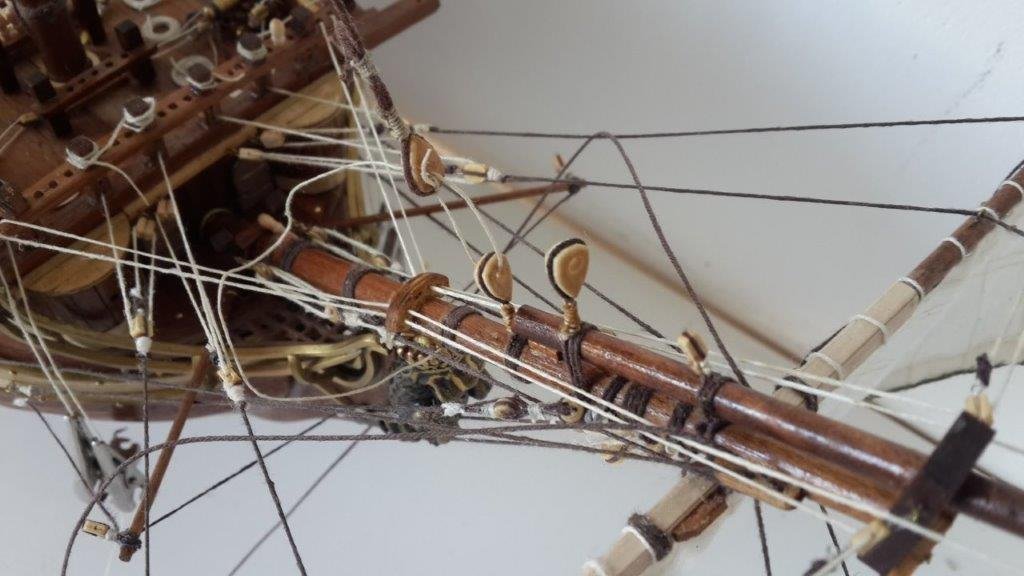
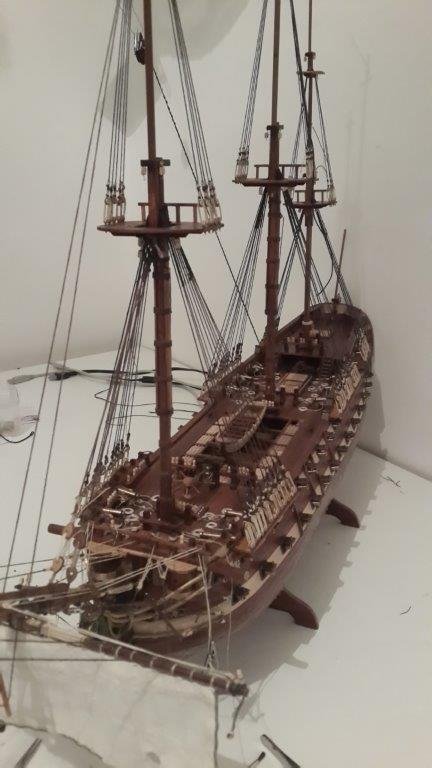
.jpg.c9fb8beeb3f30bd81281619eac9bf8cb.jpg)
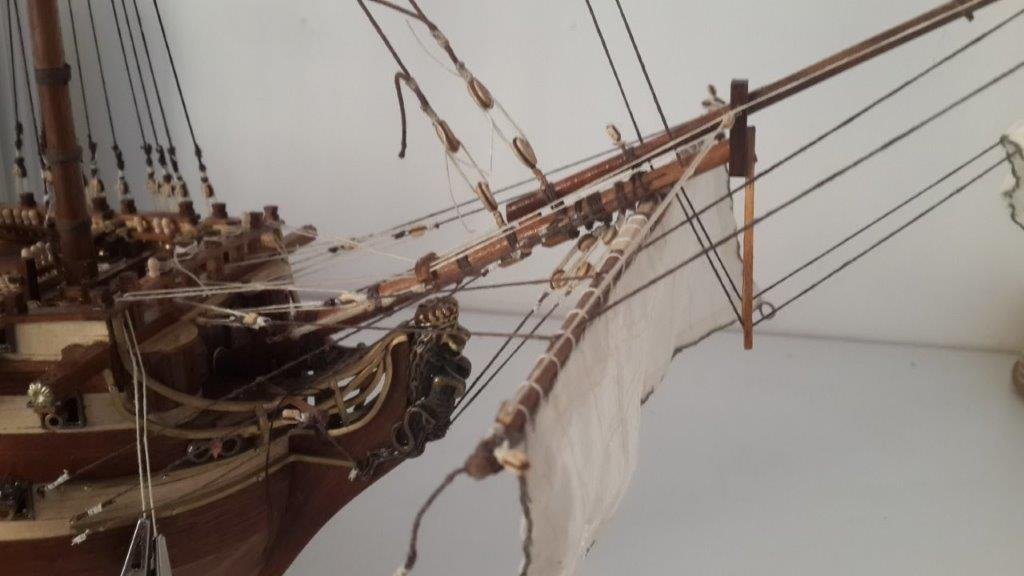
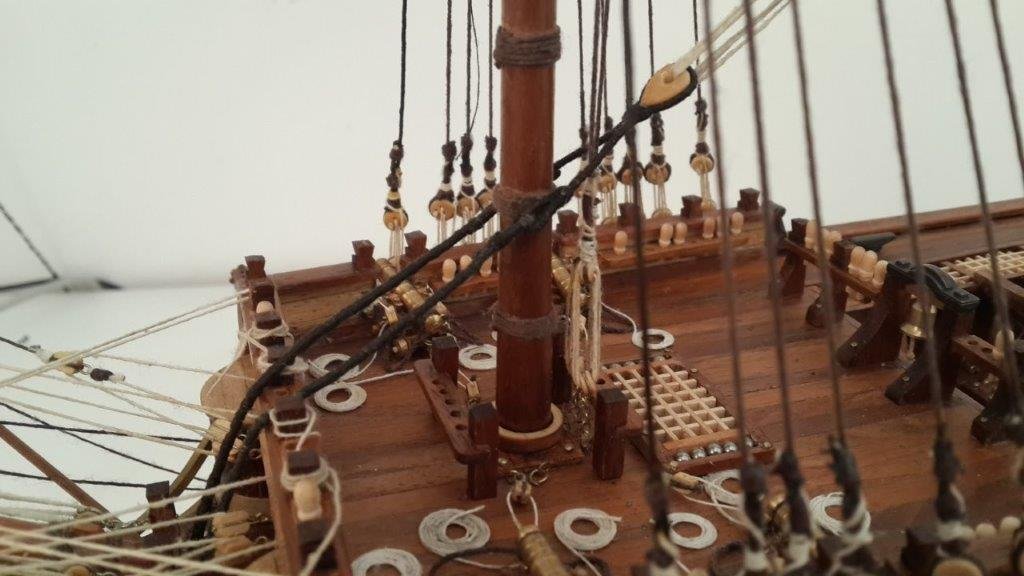
.jpg.b542d7324cd53383a9513f5d43139631.jpg)
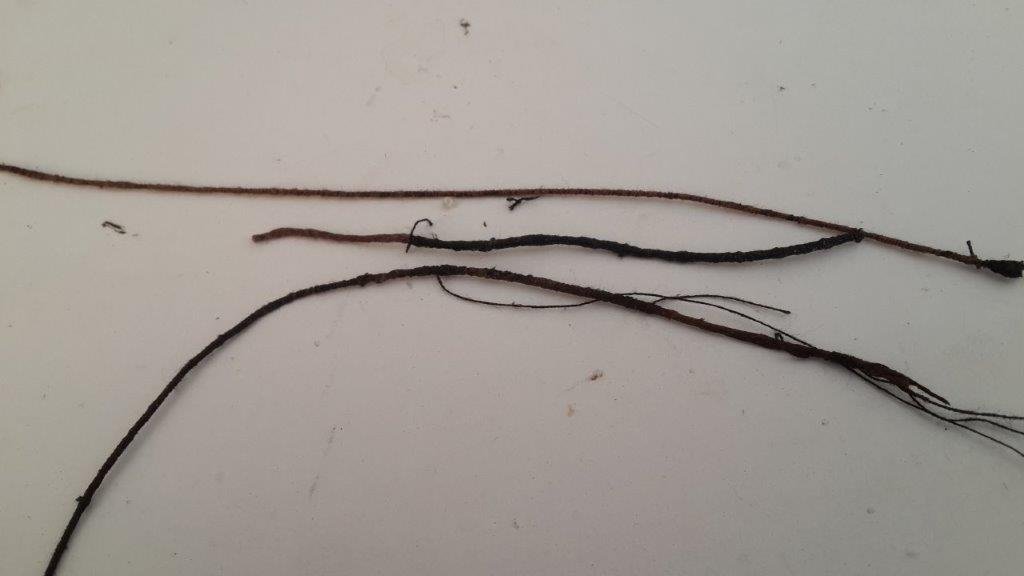
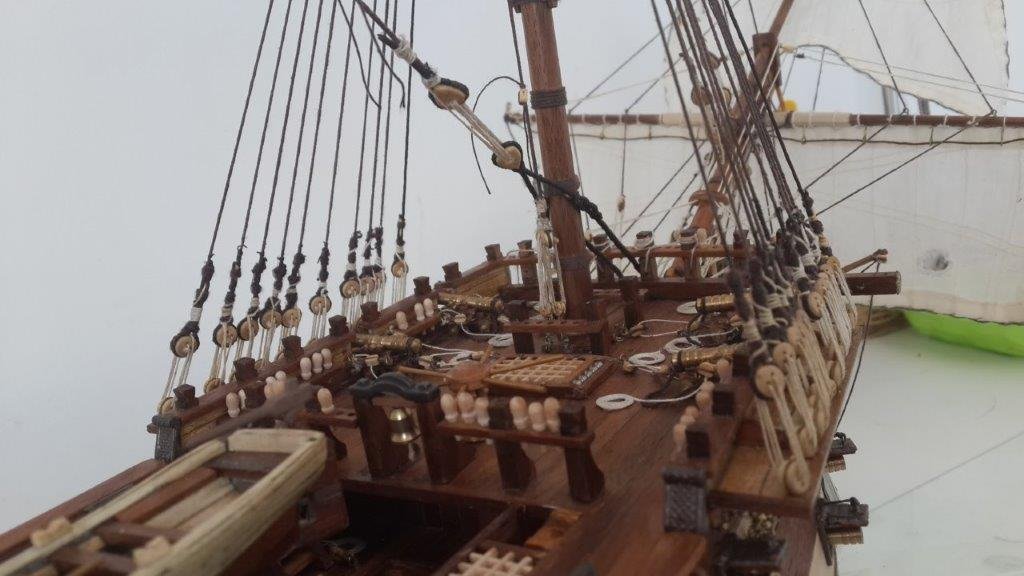
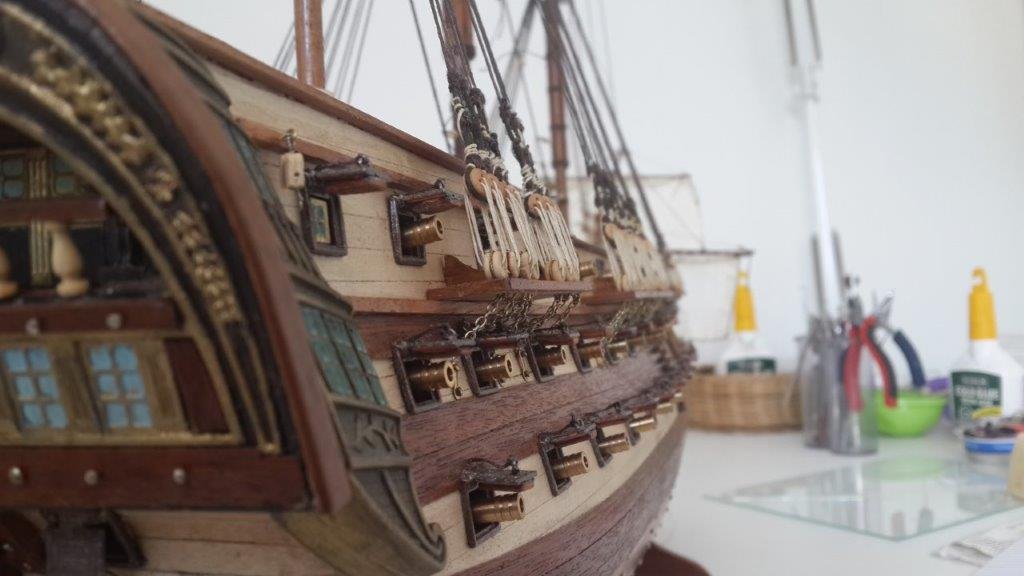
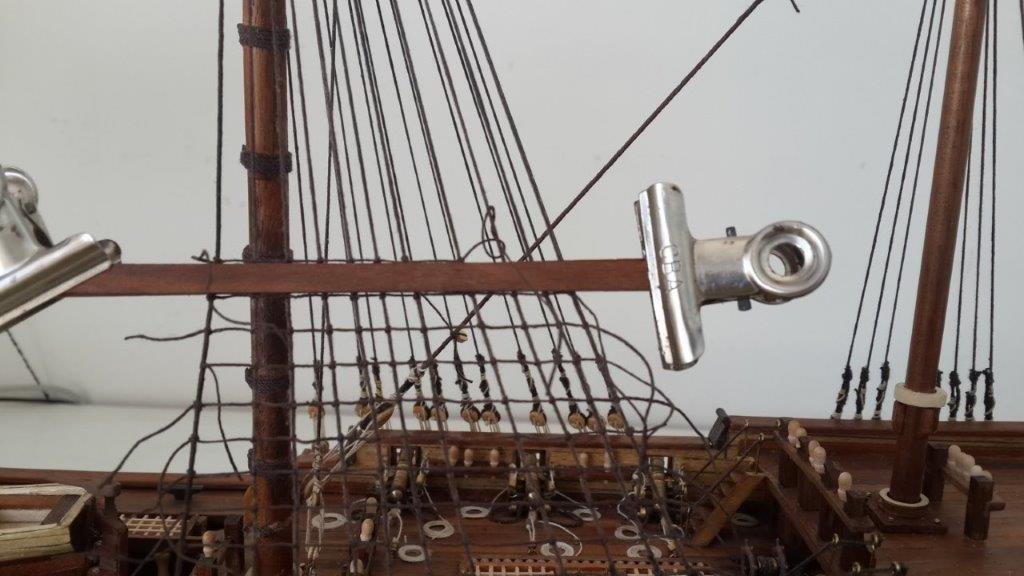
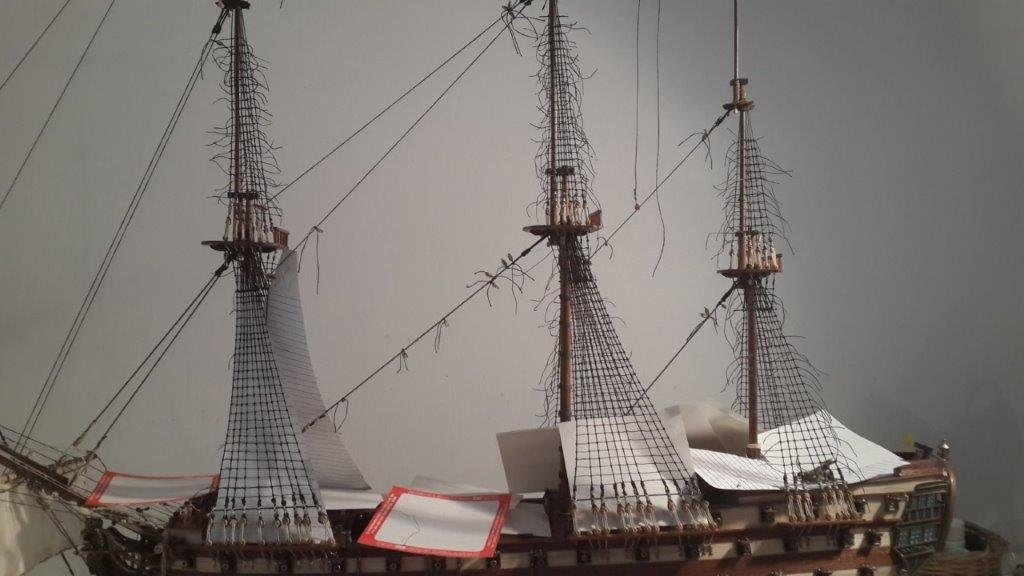
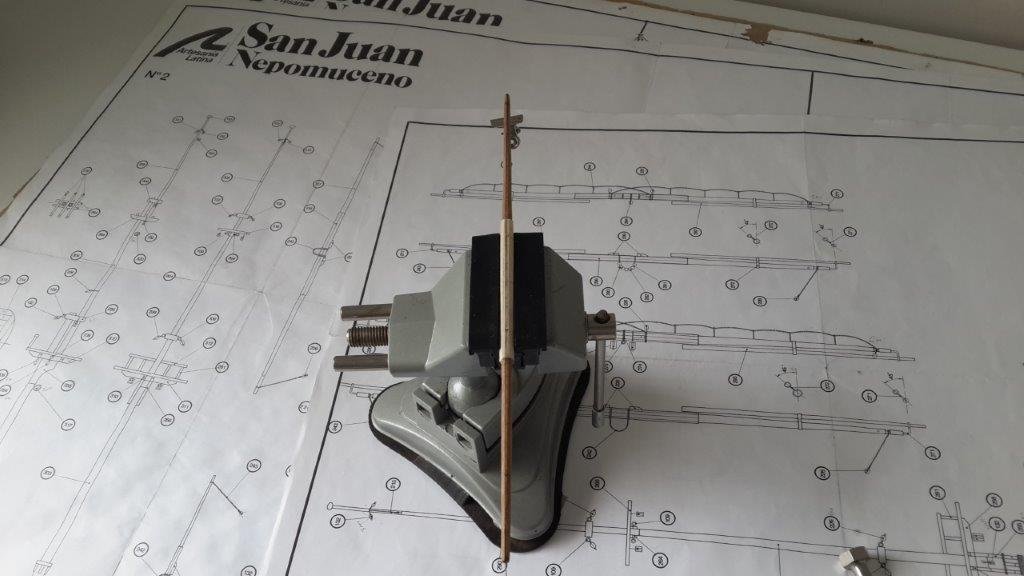
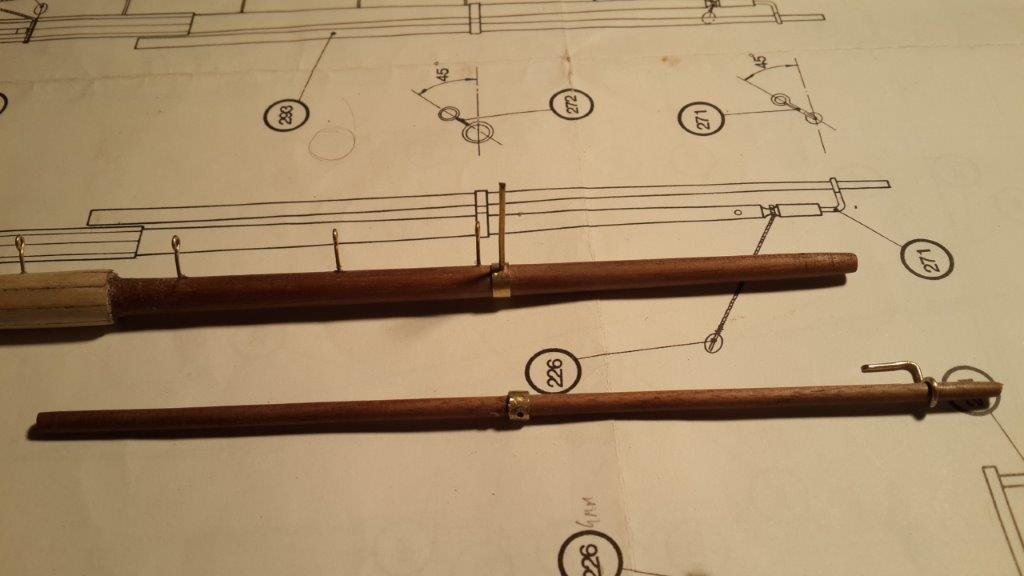
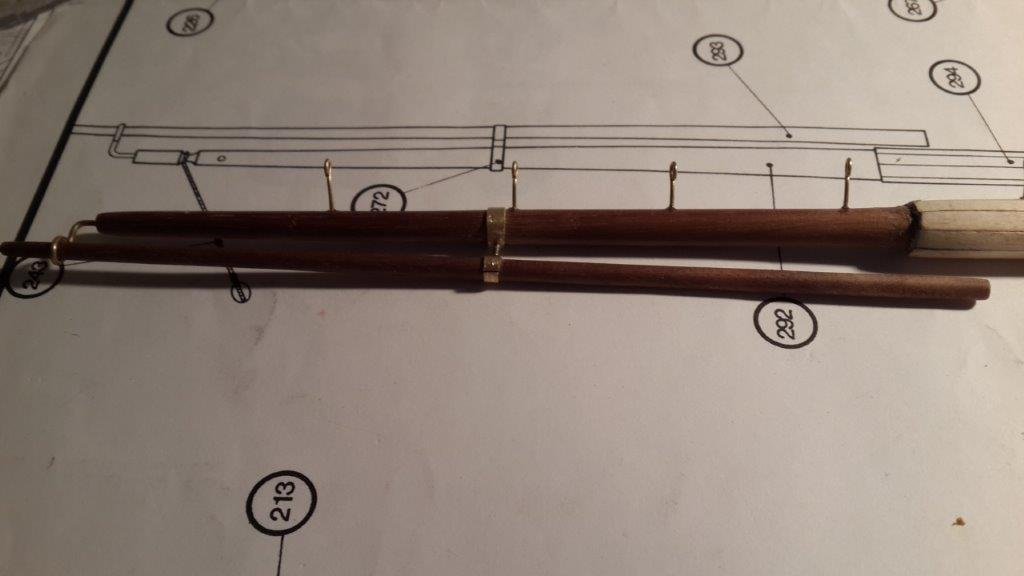
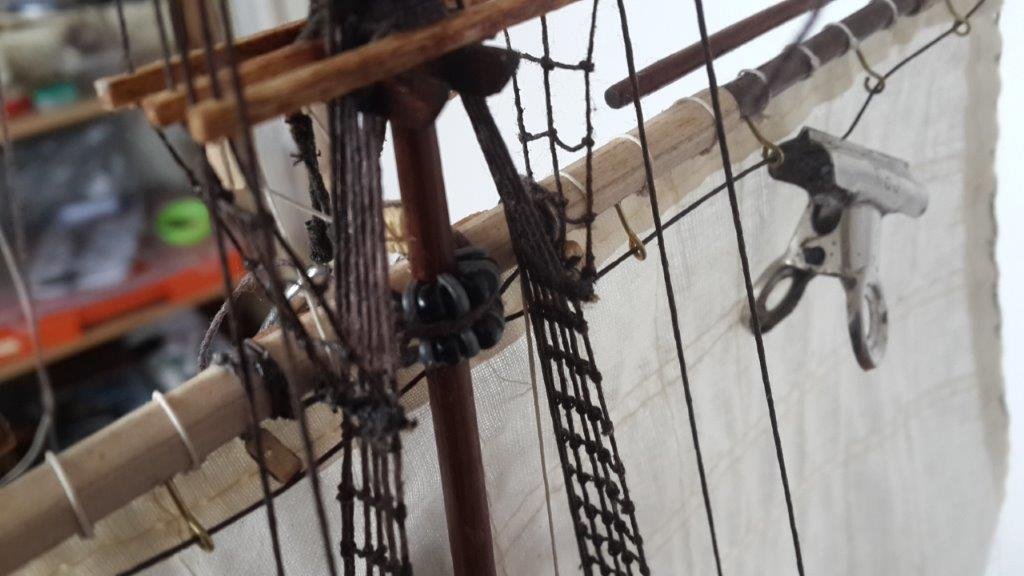
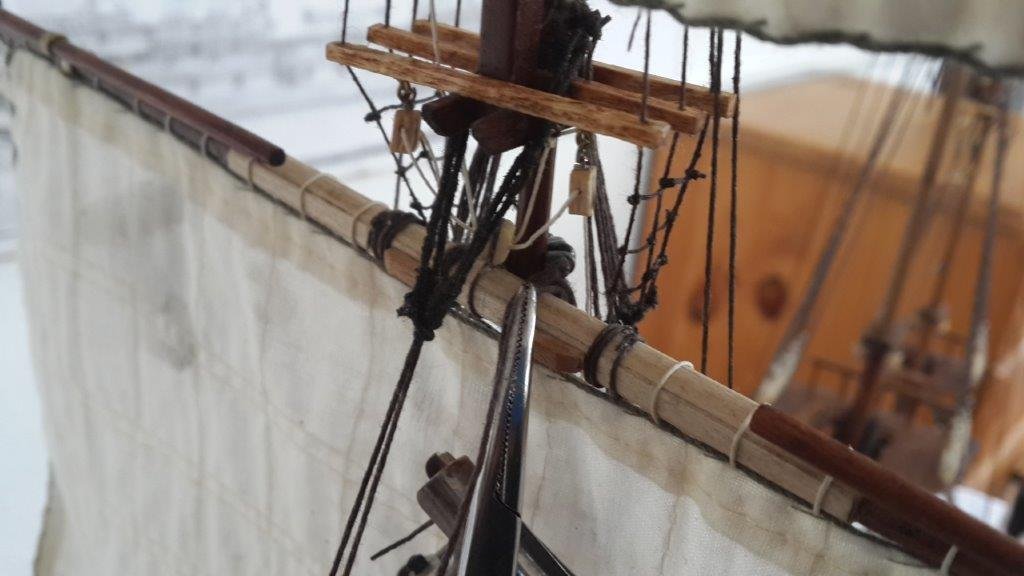
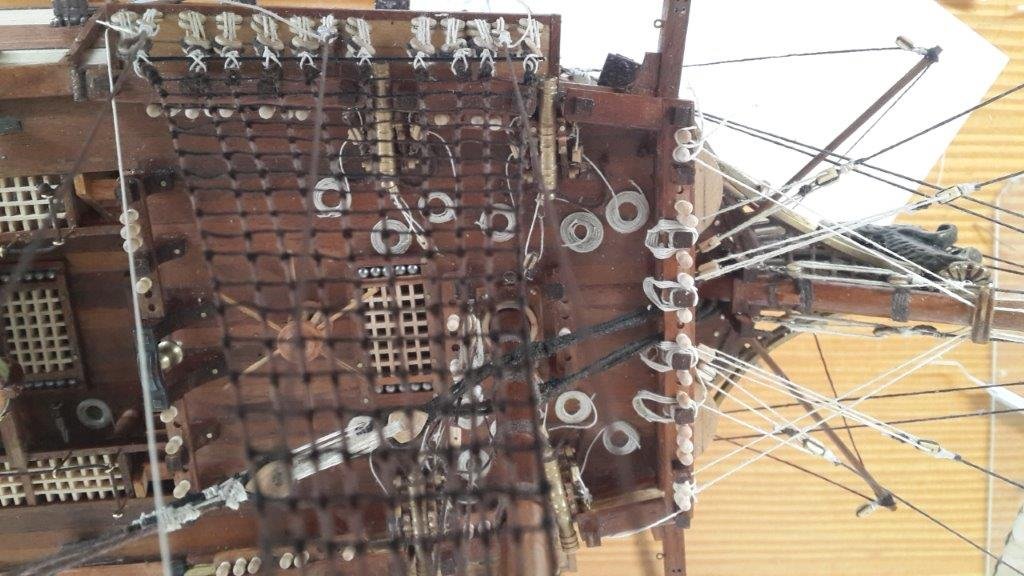

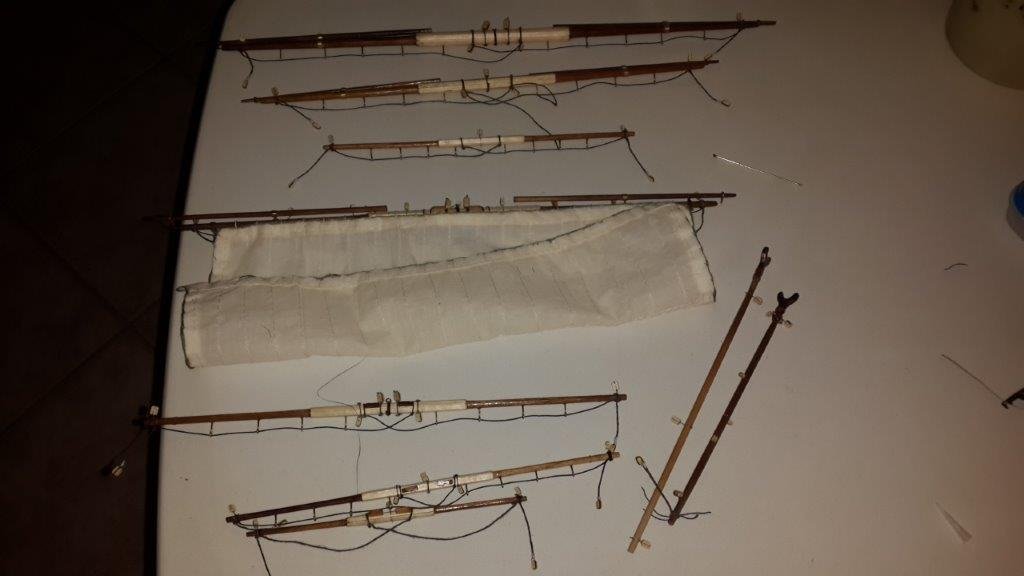
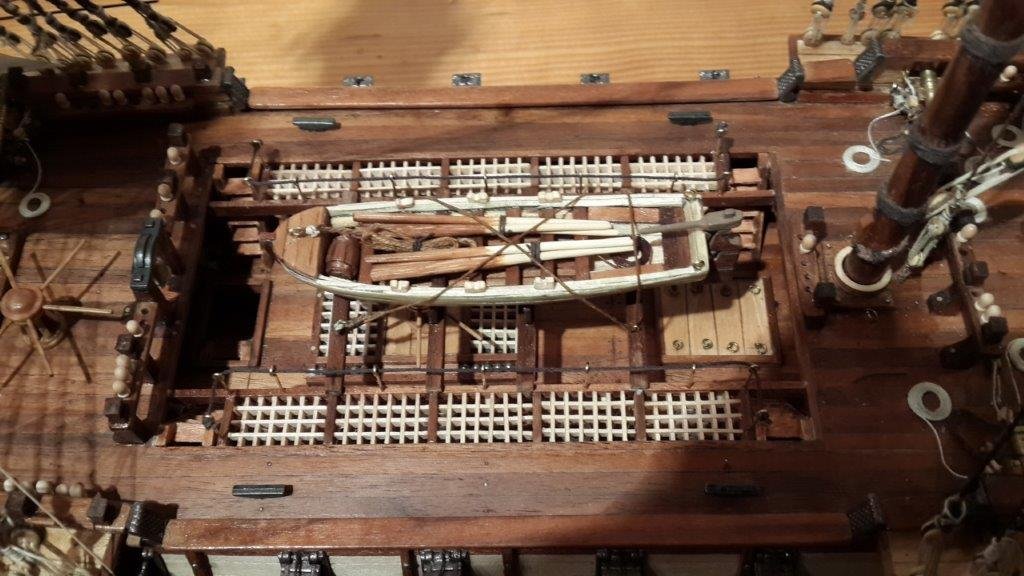
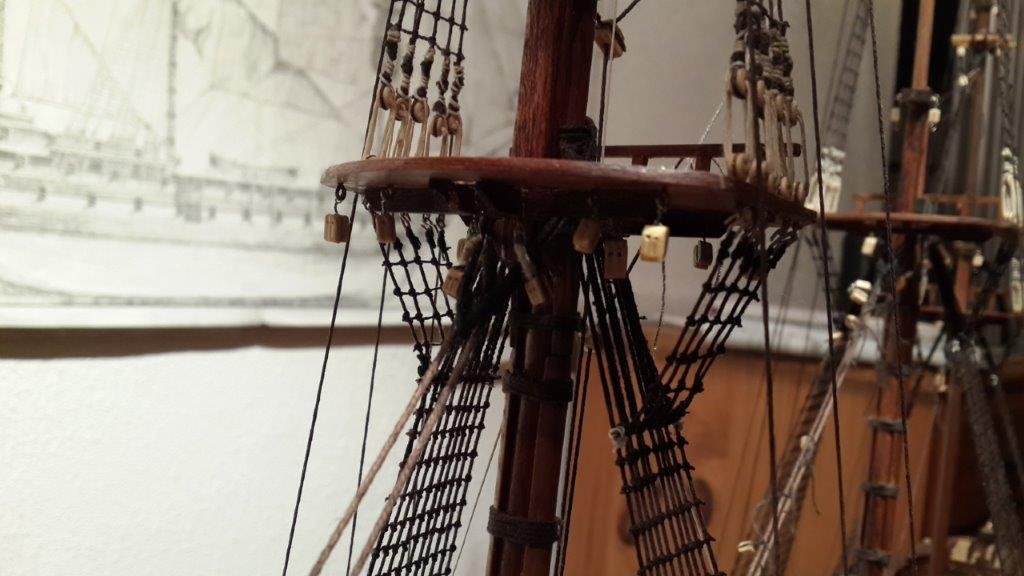
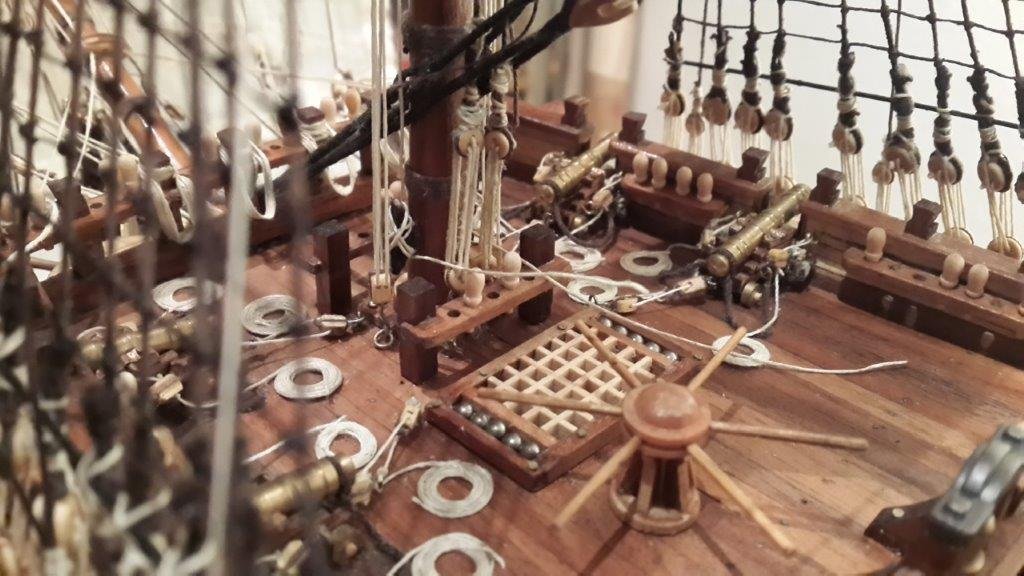
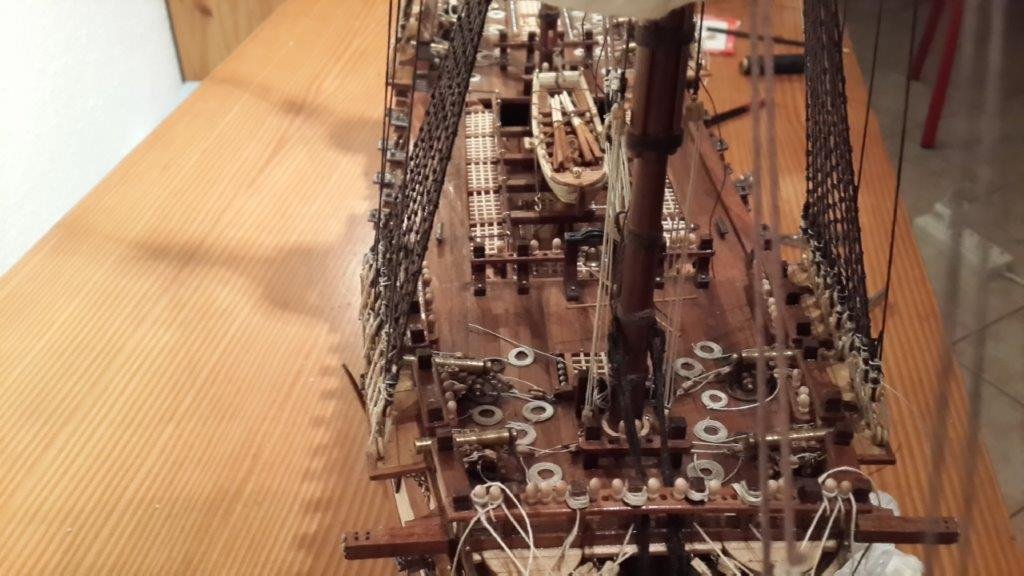
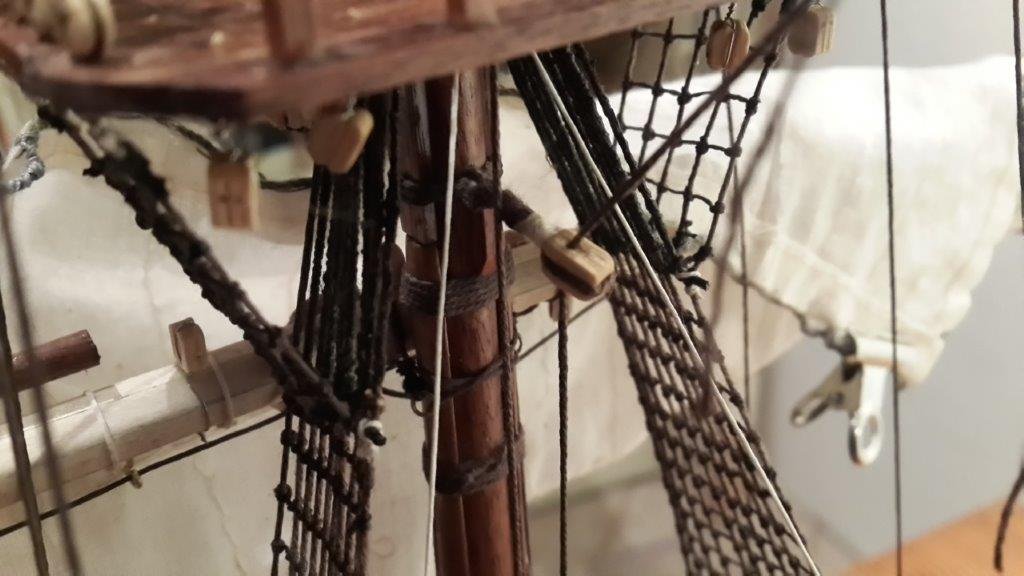
.jpg.9f749907966036a0048fd5da042143c4.jpg)
.jpg.566f12cba4ac9e5c6ac0b2011655f290.jpg)
.jpg.ee46554d054e051ea447d73c8eb83642.jpg)
.jpg.189a23d99beb9c0a52fb7f47c022163f.jpg)
.jpg.f217fccabb9e92cfce35f0c03a23403d.jpg)
.jpg.012360056f0d52efb724dc6e067204a6.jpg)
.jpg.7daac9cabb10ce72086506eb2dafc484.jpg)
.jpg.34c963bd9c14fe81d8aaaf1a08eb40d5.jpg)
.jpg.6bc9573544d7d4021d8f124a8ef69f5c.jpg)
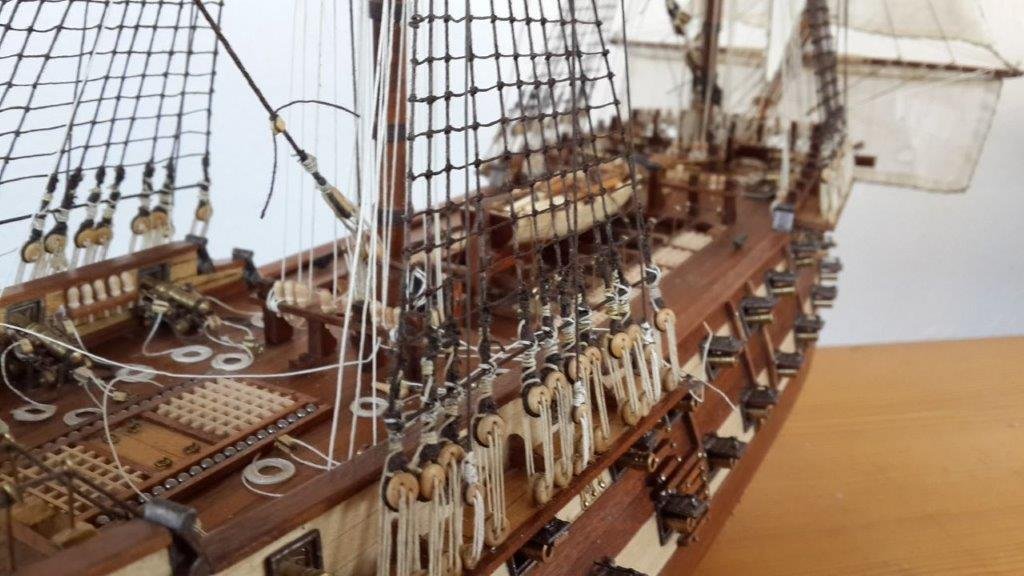
.jpg.5eb9b5b760d10ff875a690f4f6eb7aa0.jpg)
